YOUR
BEING OVER there tonight.
With words I brought you back, here you are,
all is true and a waiting
on truth.
BEING OVER there tonight.
With words I brought you back, here you are,
all is true and a waiting
on truth.
The bean climbs at
our window: think
who grows up near us and
watches it.
our window: think
who grows up near us and
watches it.
God, so we read, is
one part and a second, scattered:
in the death of the ones cut down
he grows whole.
one part and a second, scattered:
in the death of the ones cut down
he grows whole.
It’s there
our gaze leads us,
it’s with this
half
we keep touching.
our gaze leads us,
it’s with this
half
we keep touching.
—Paul Celan, trans. Jason Francisco from the German
1.
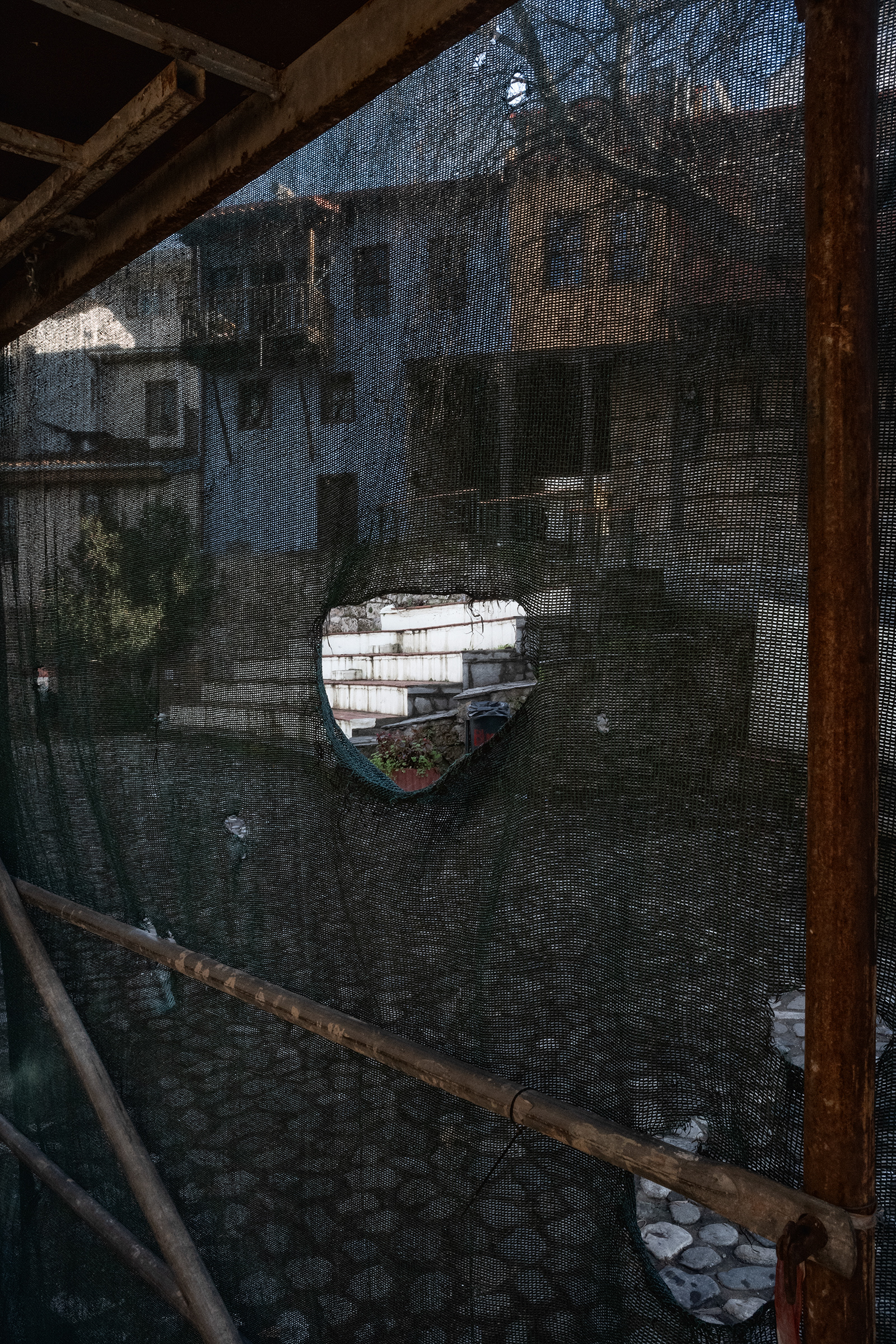
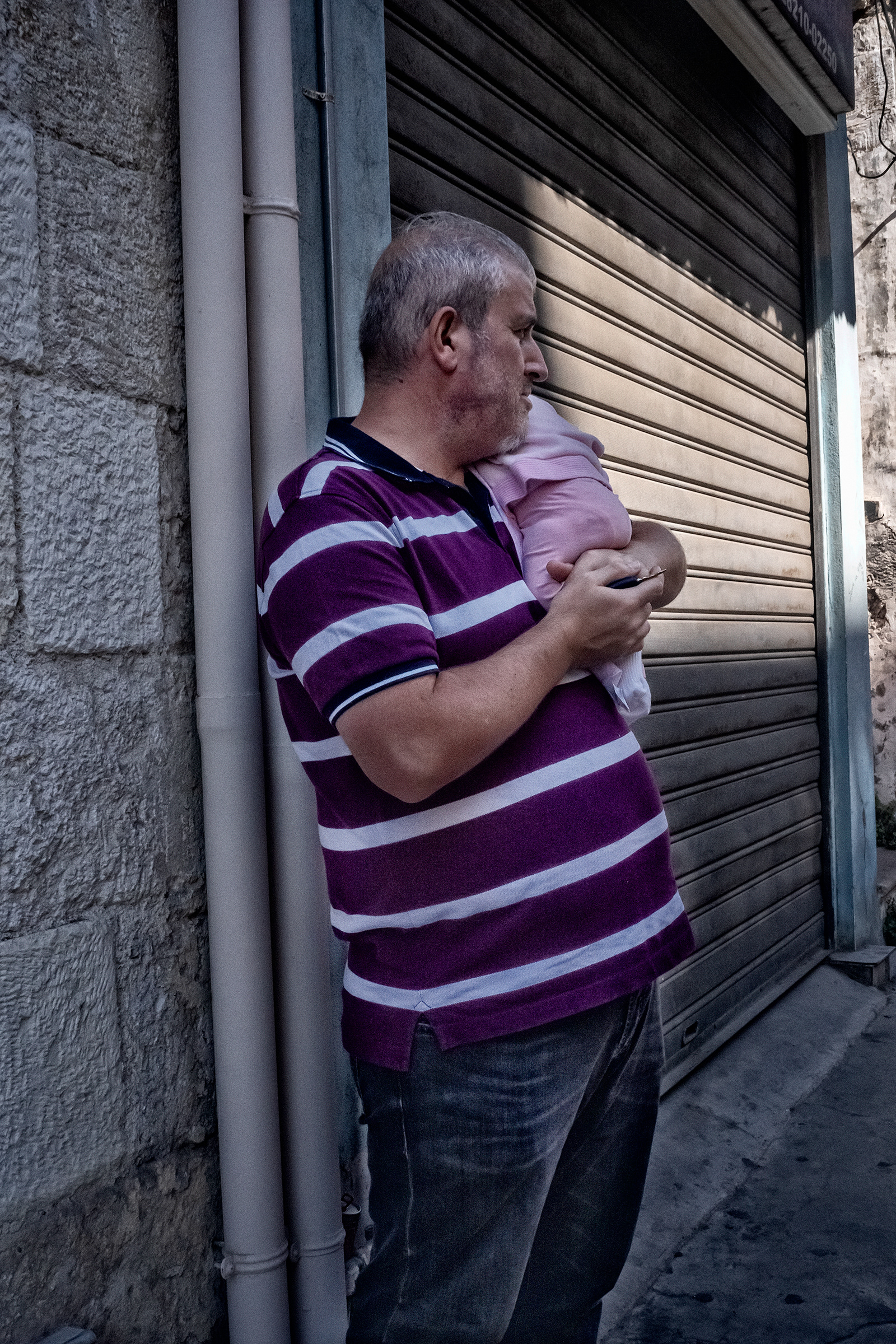
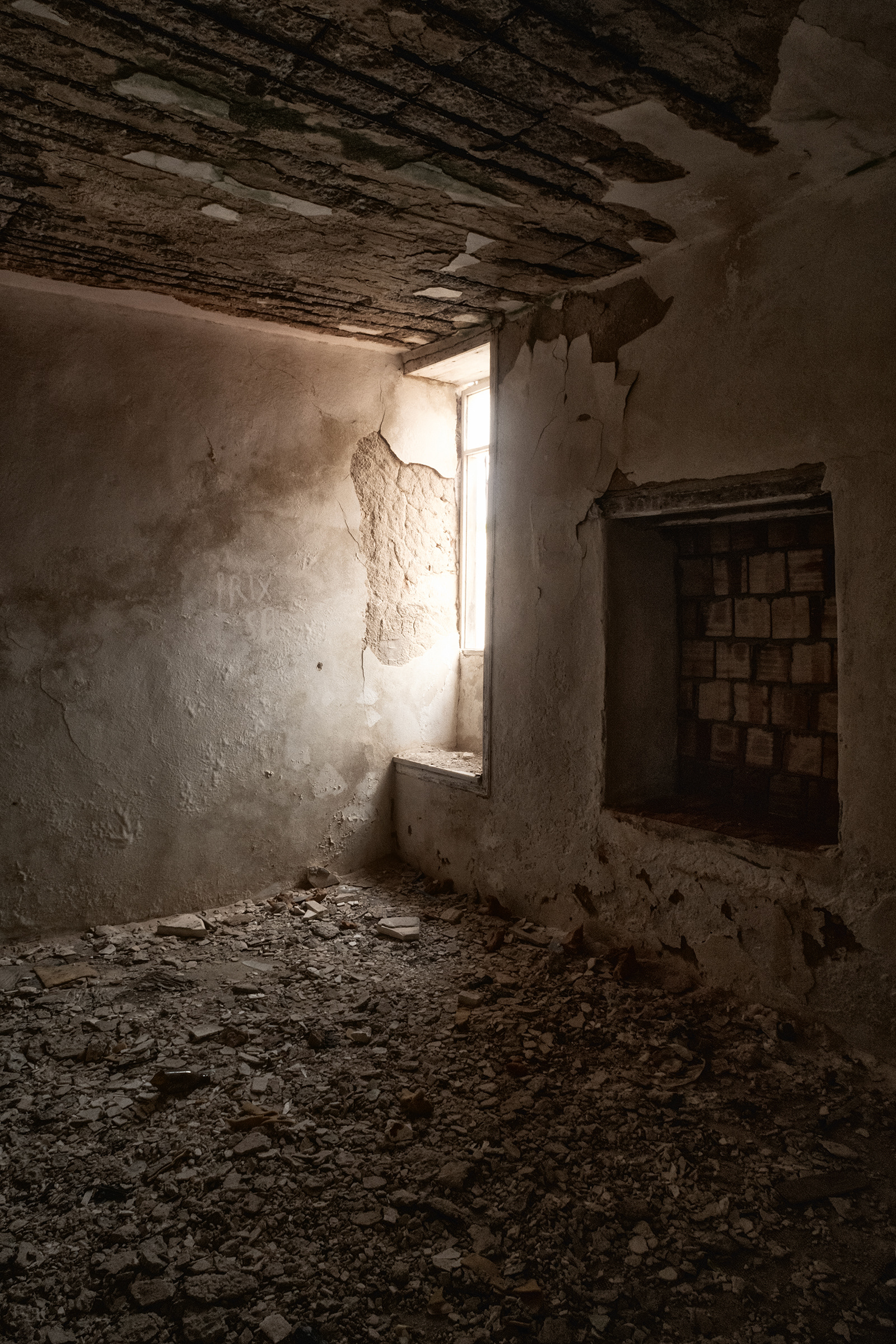
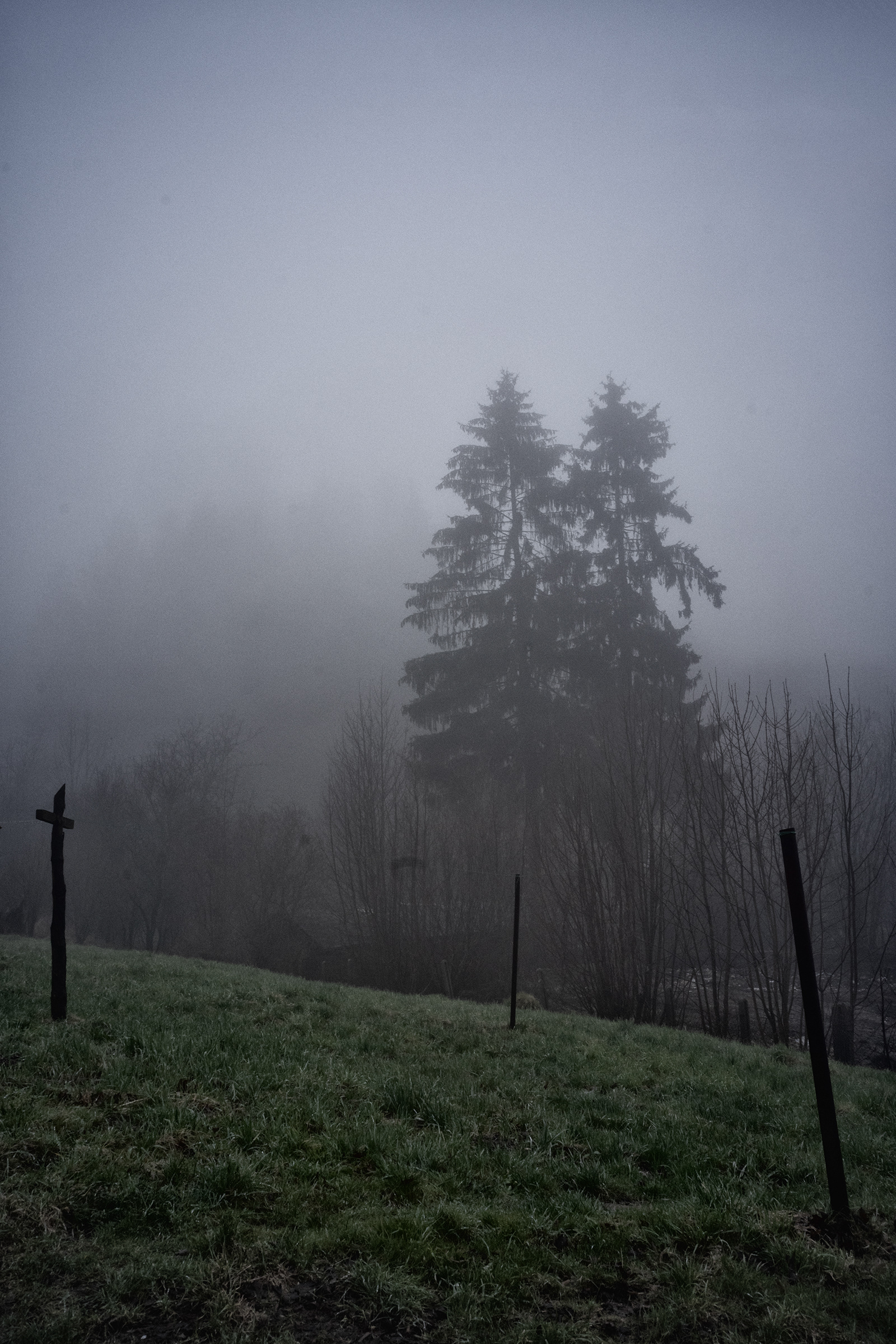
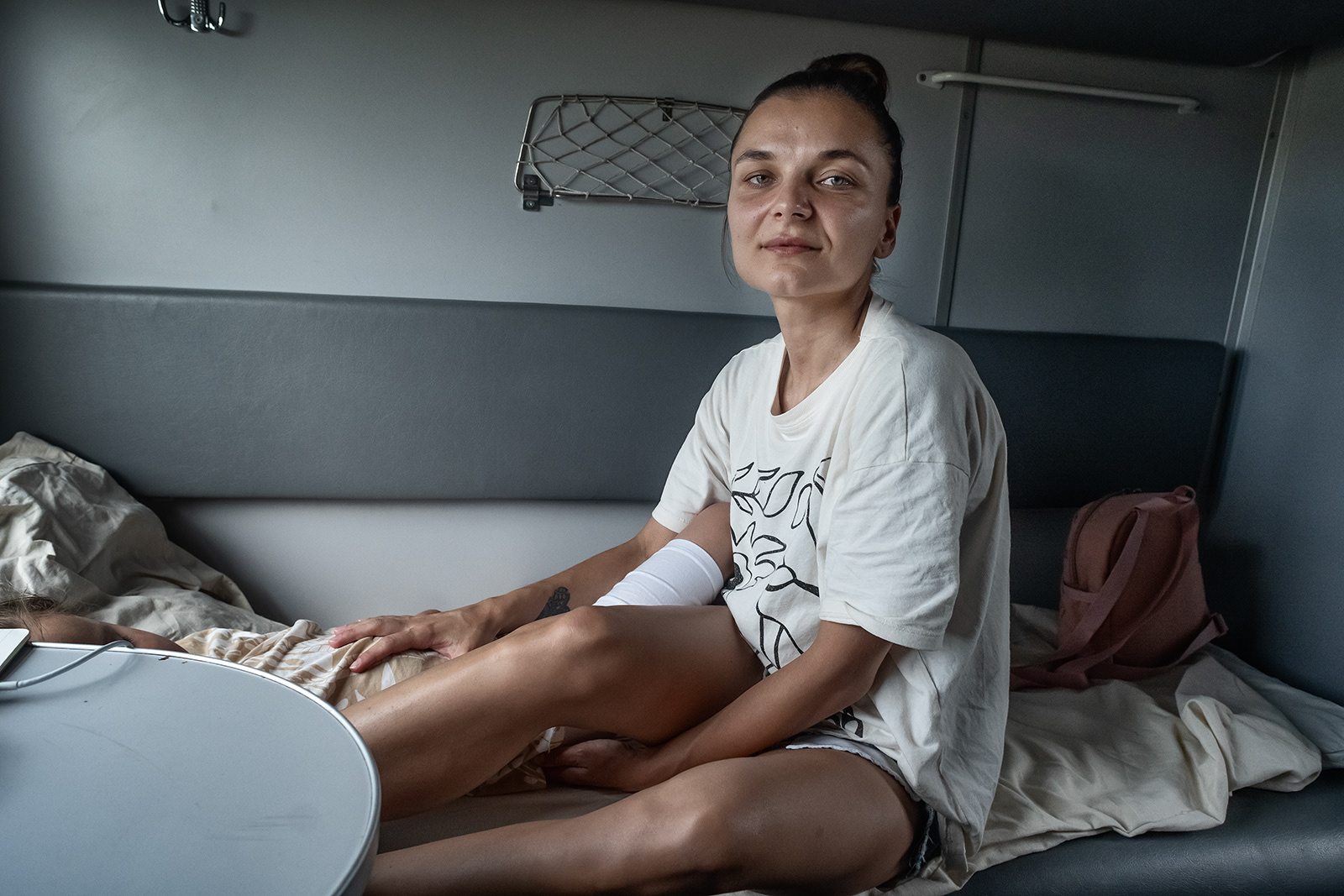
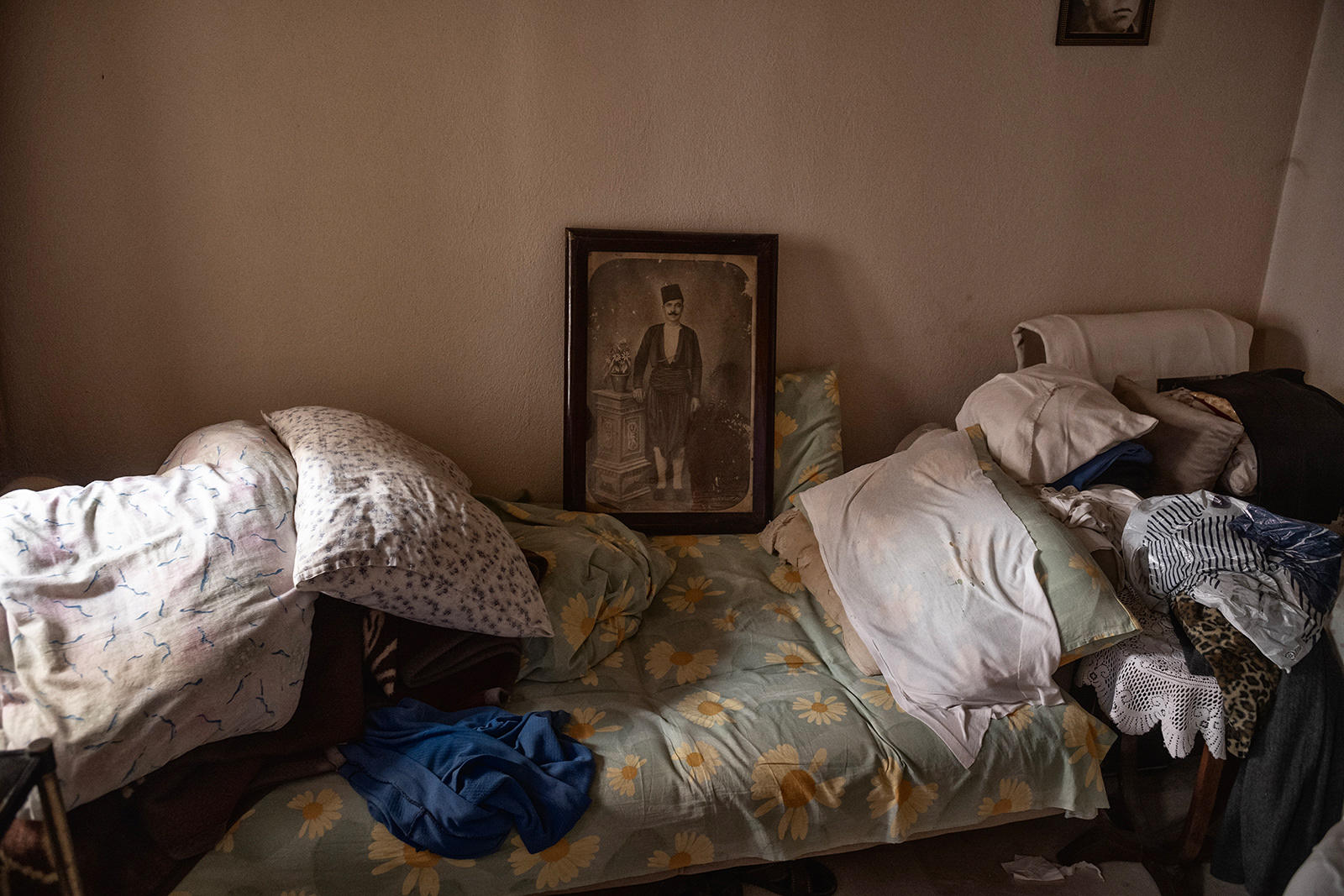
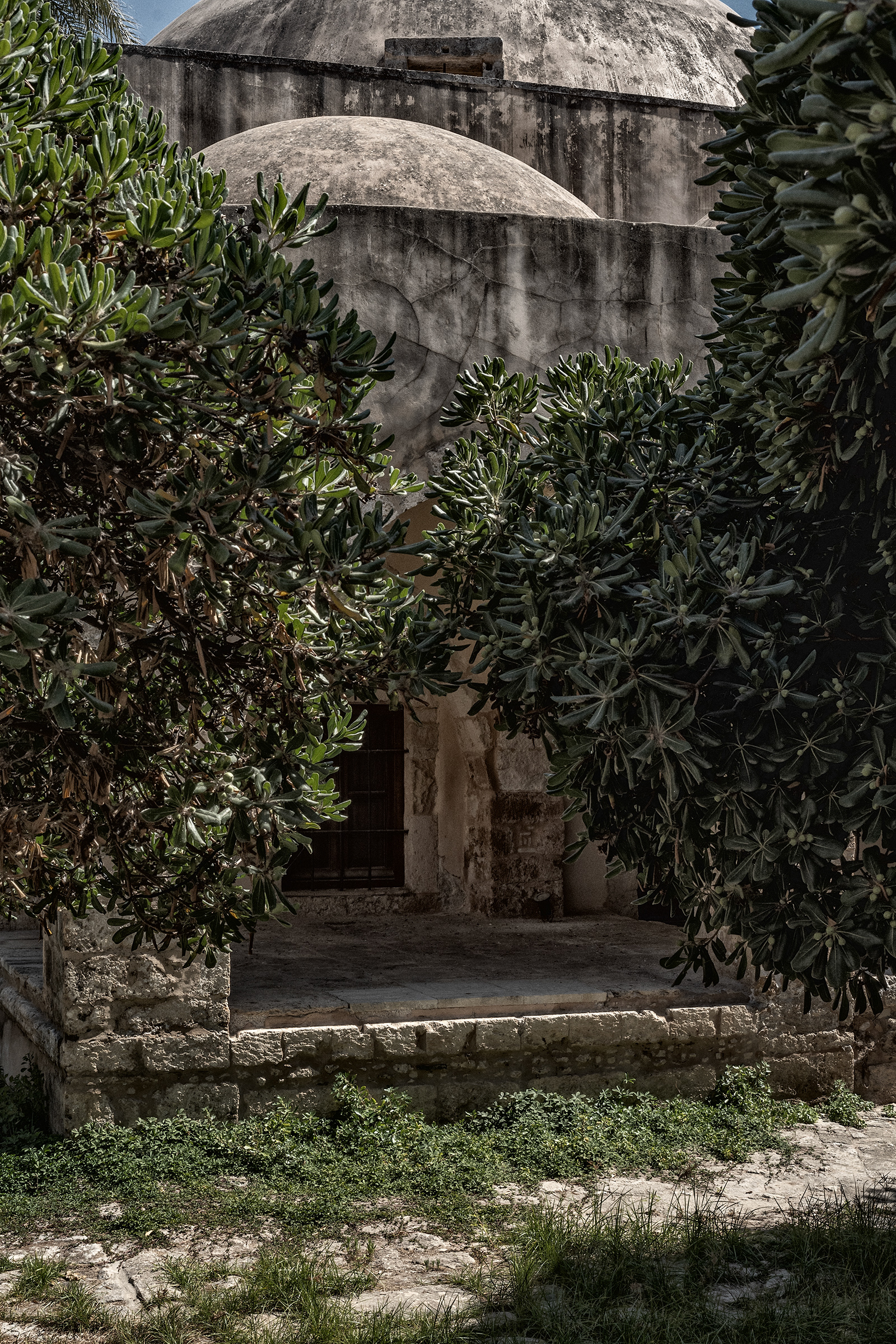
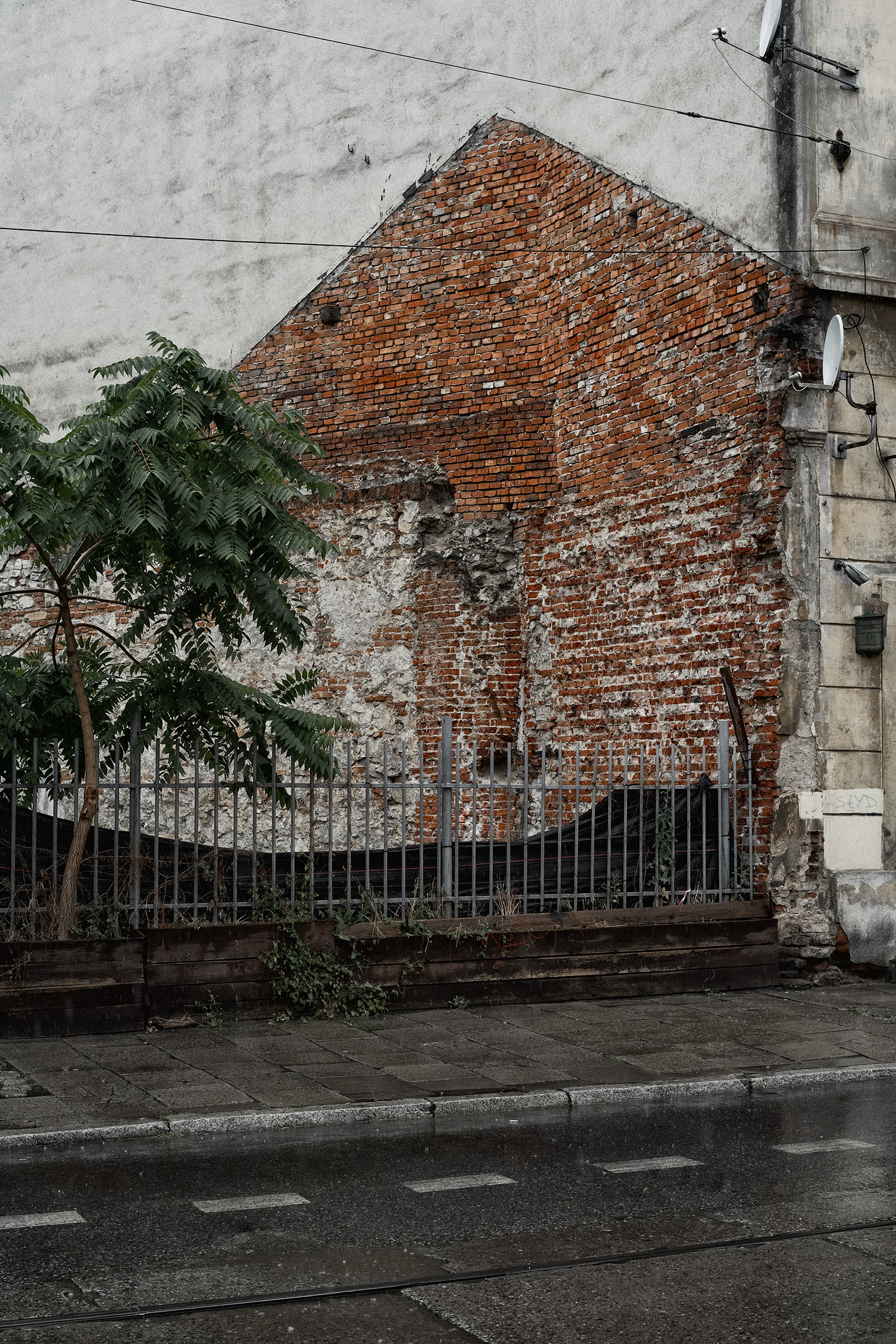
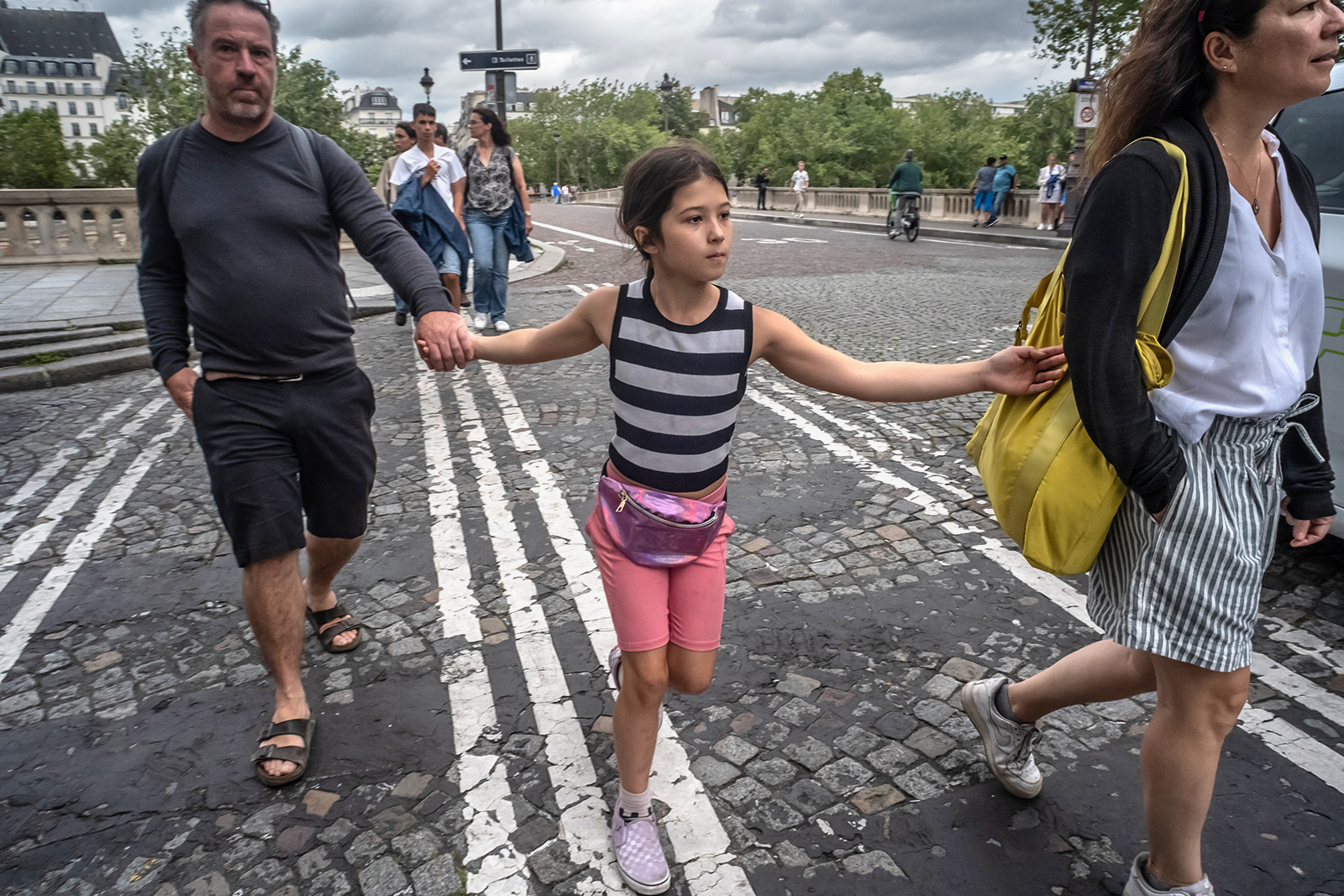
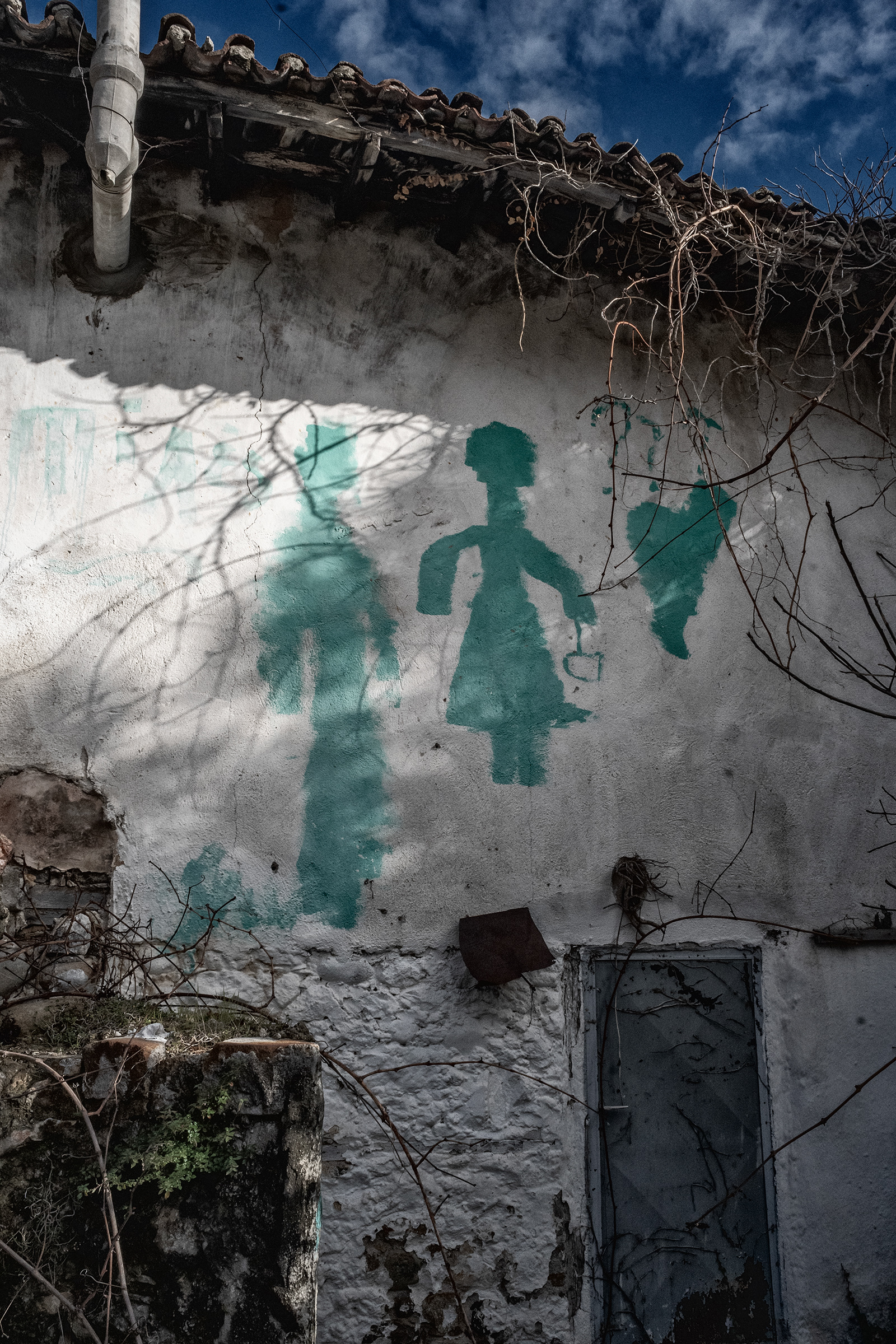

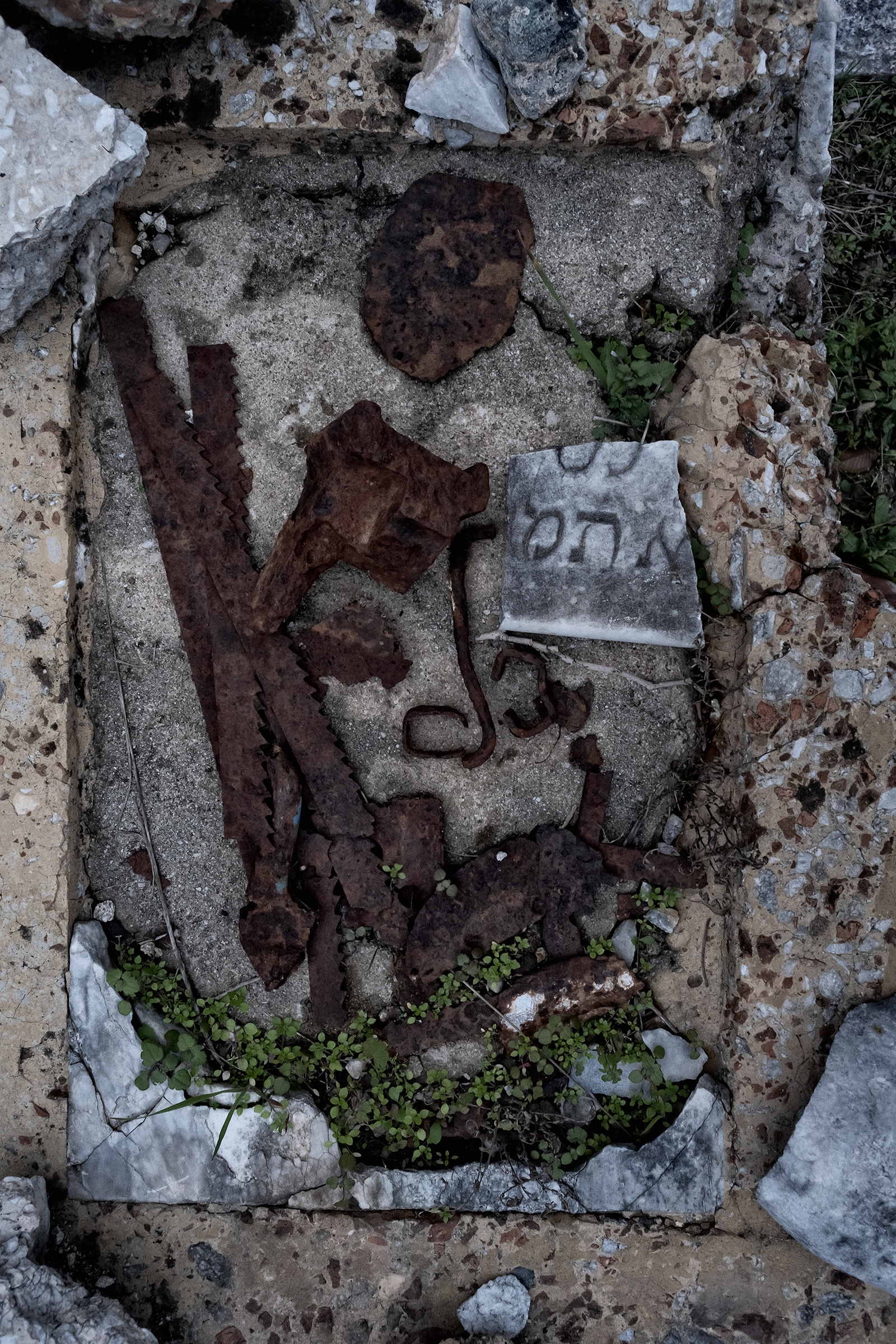
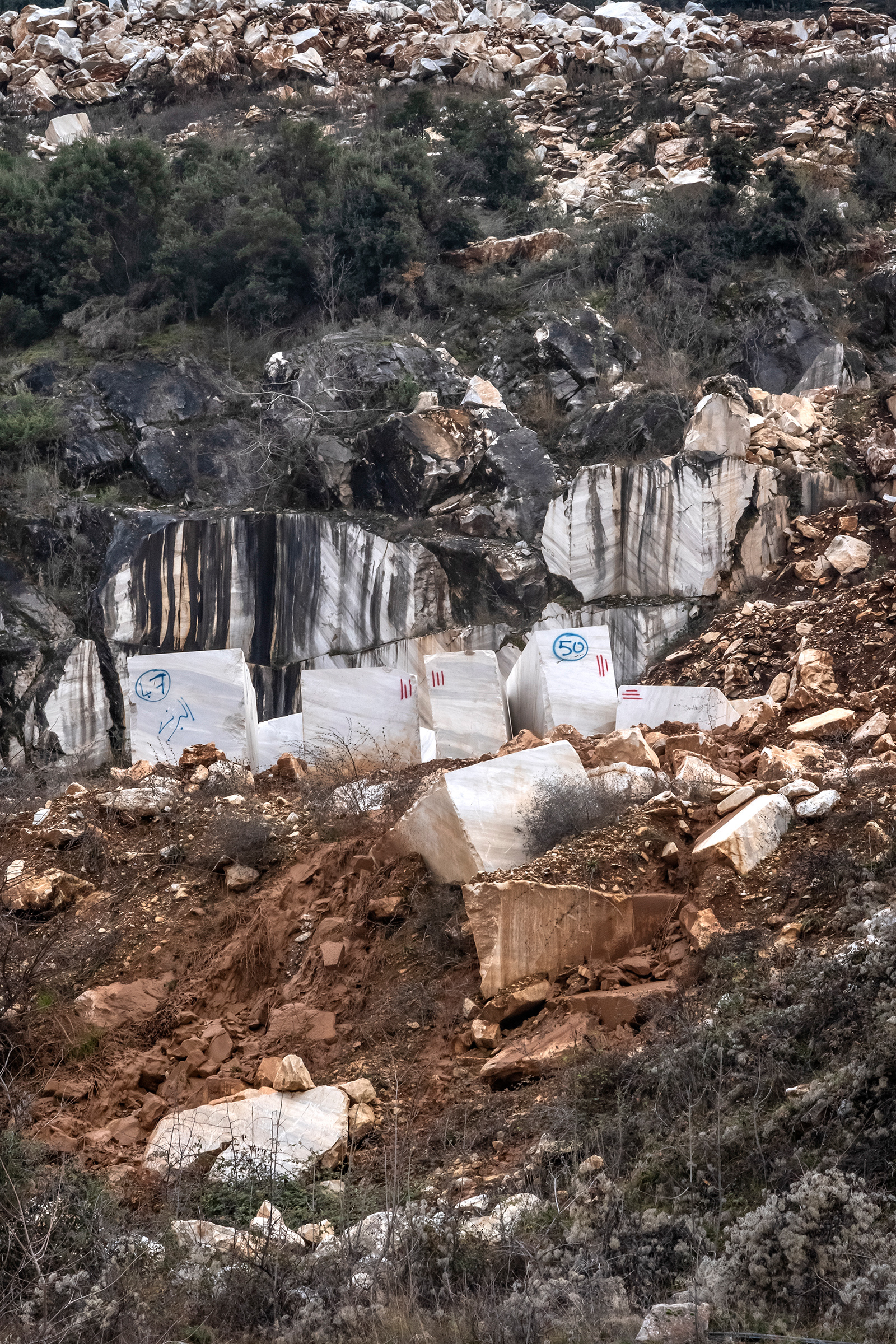
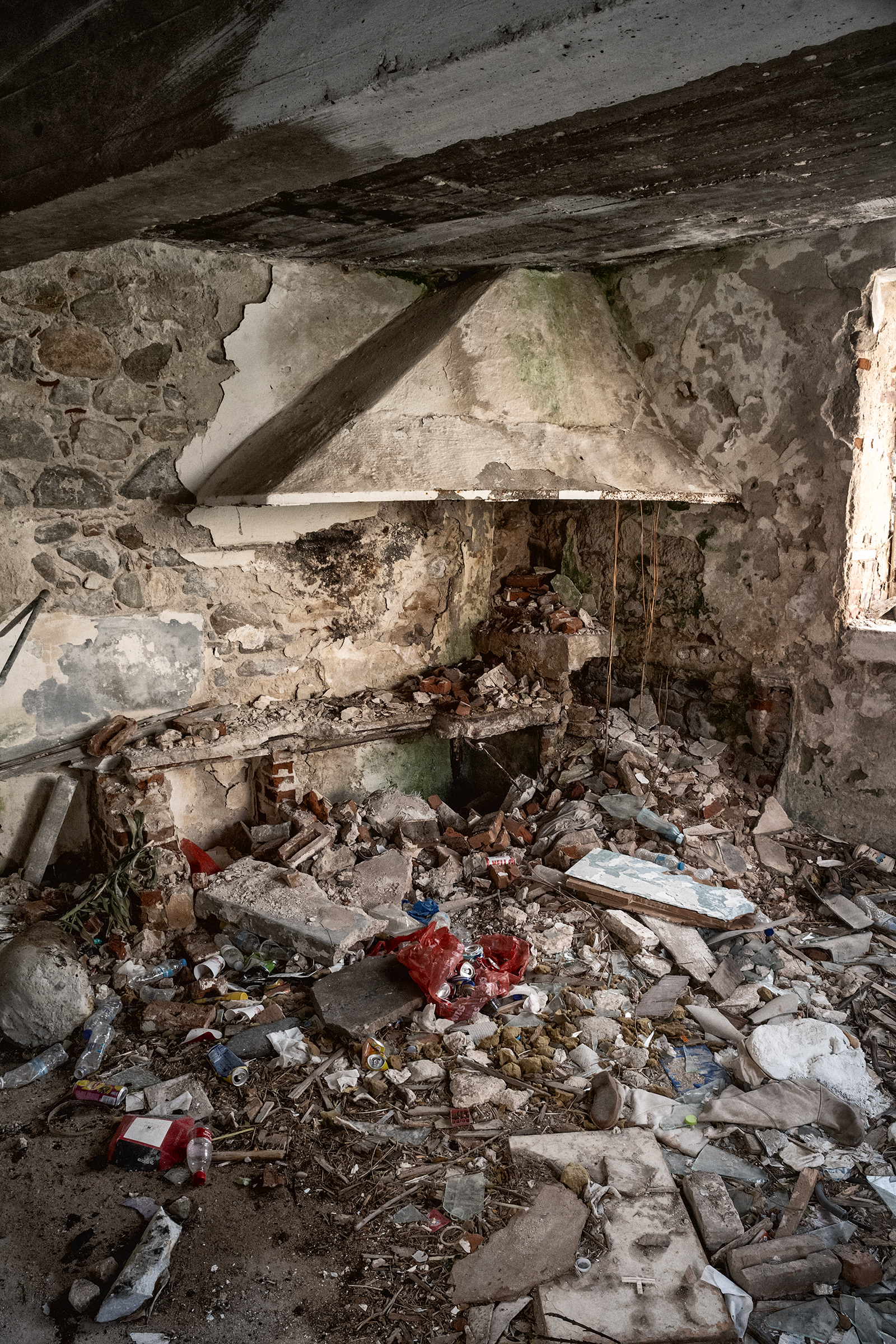
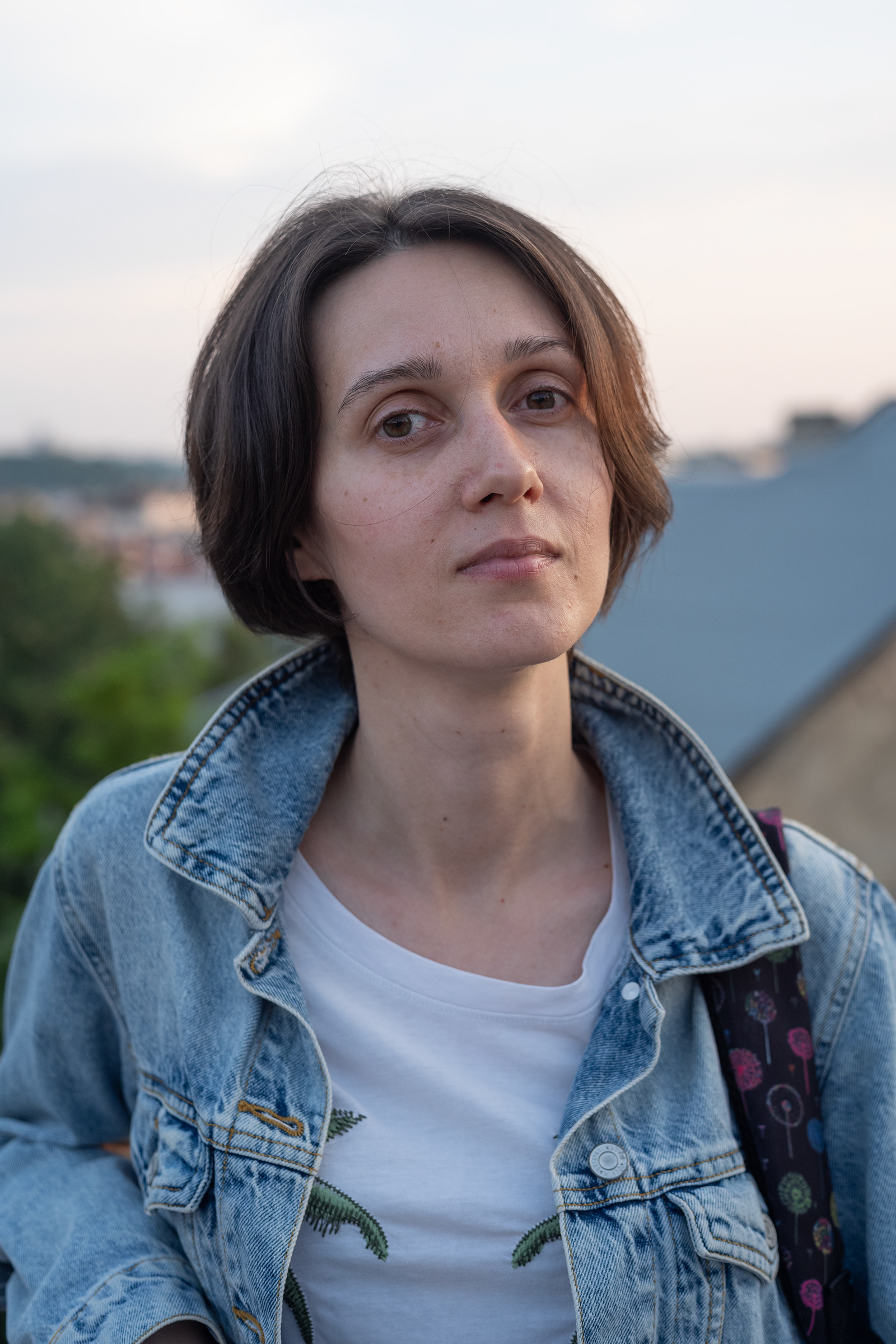
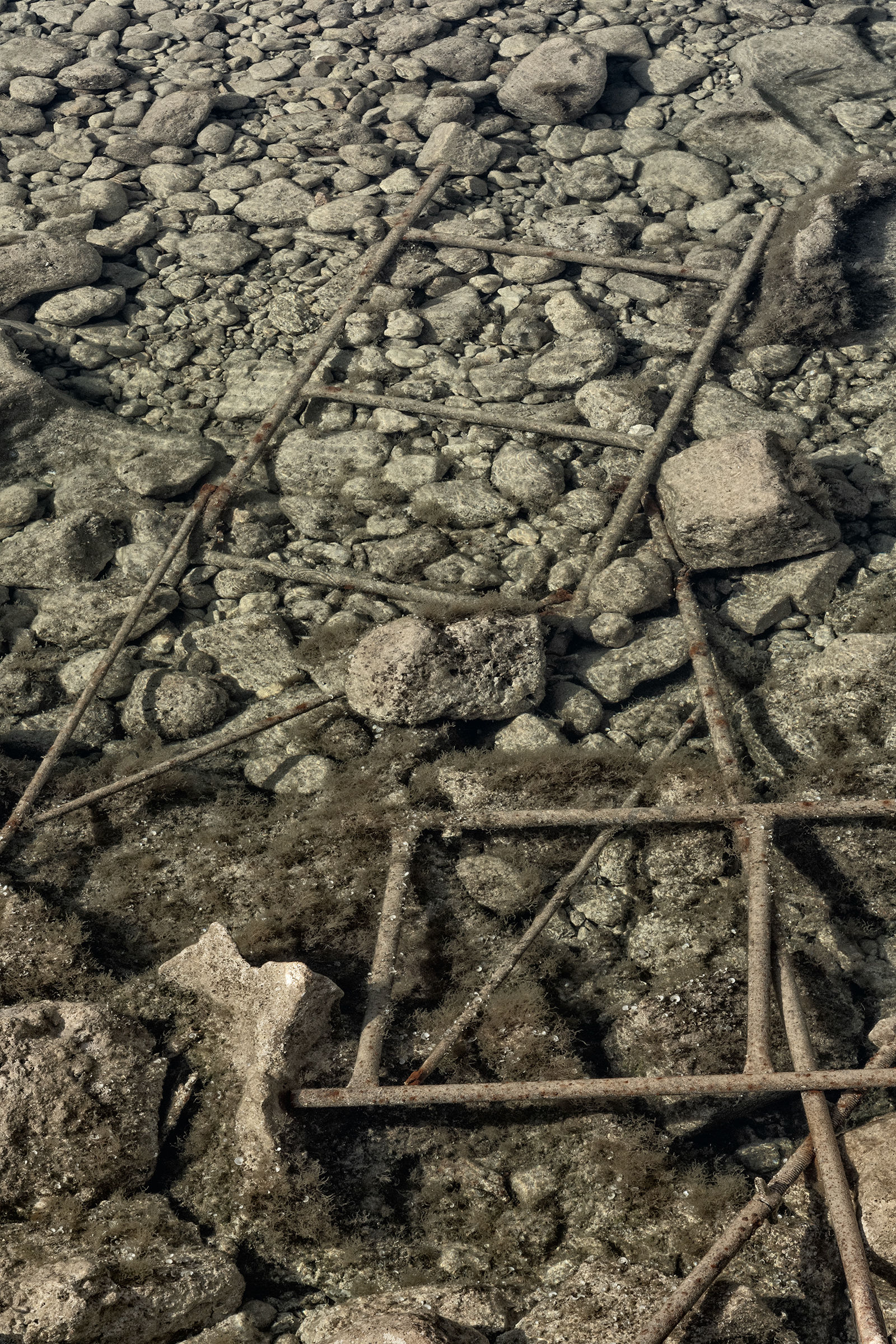

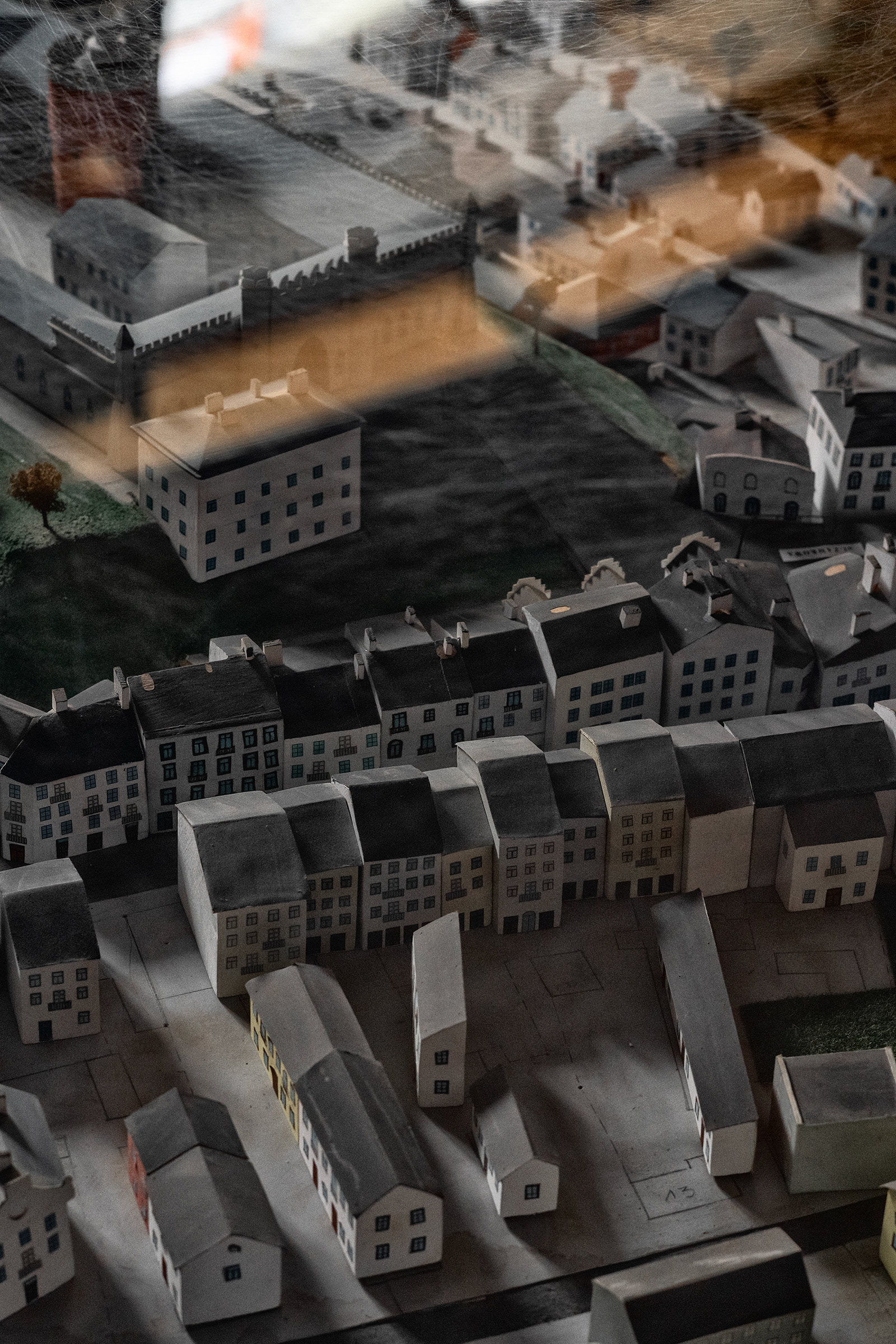
2.
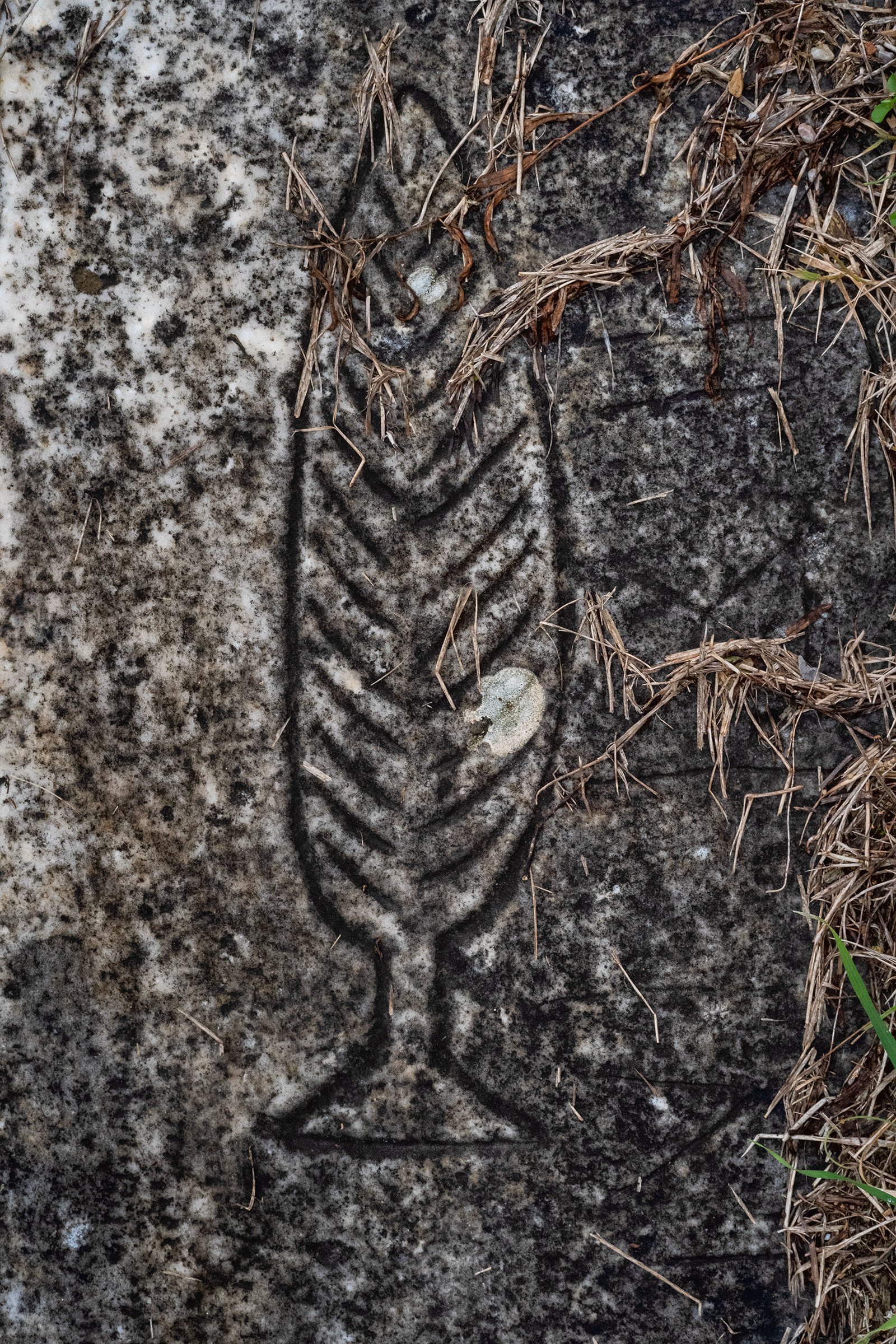
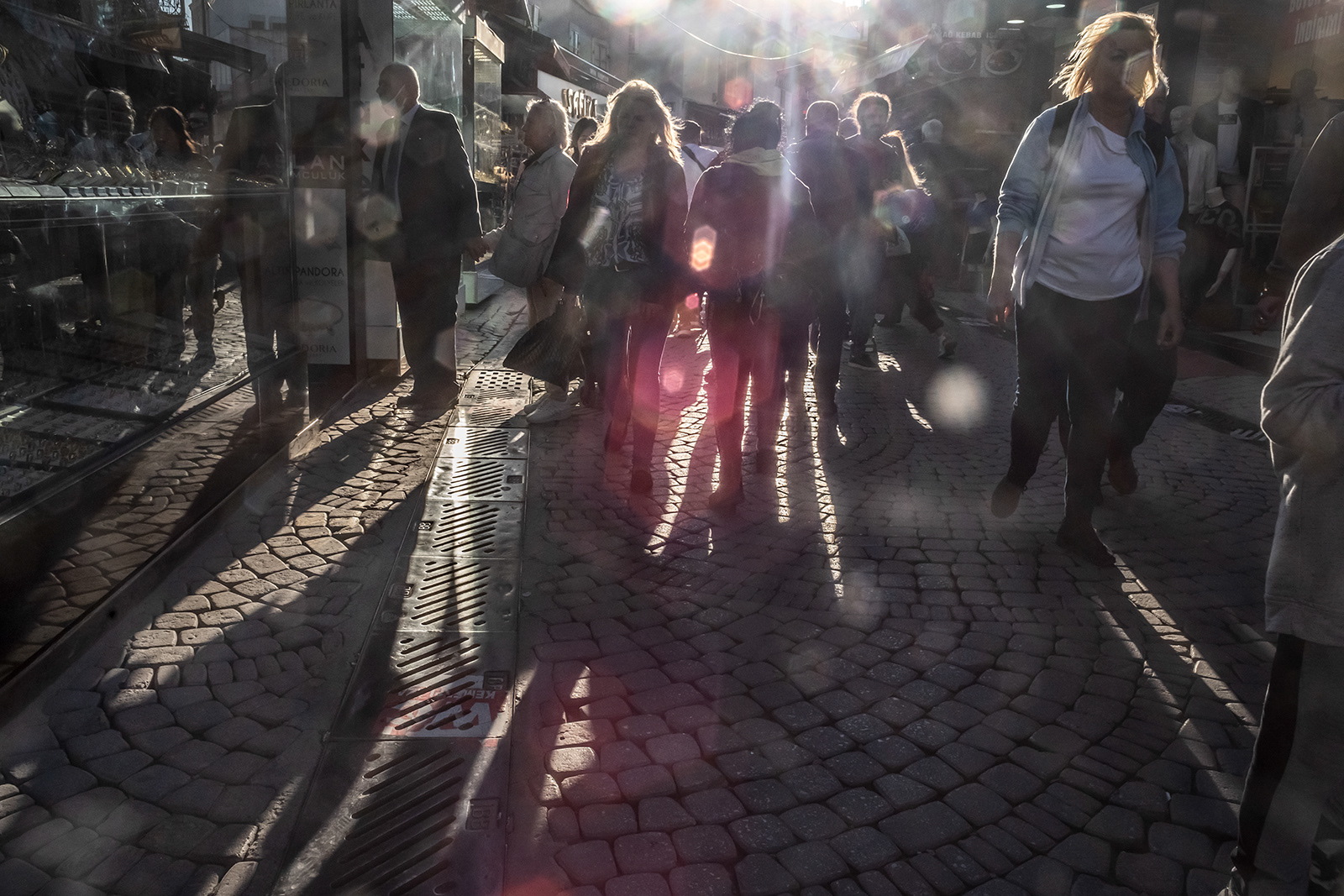
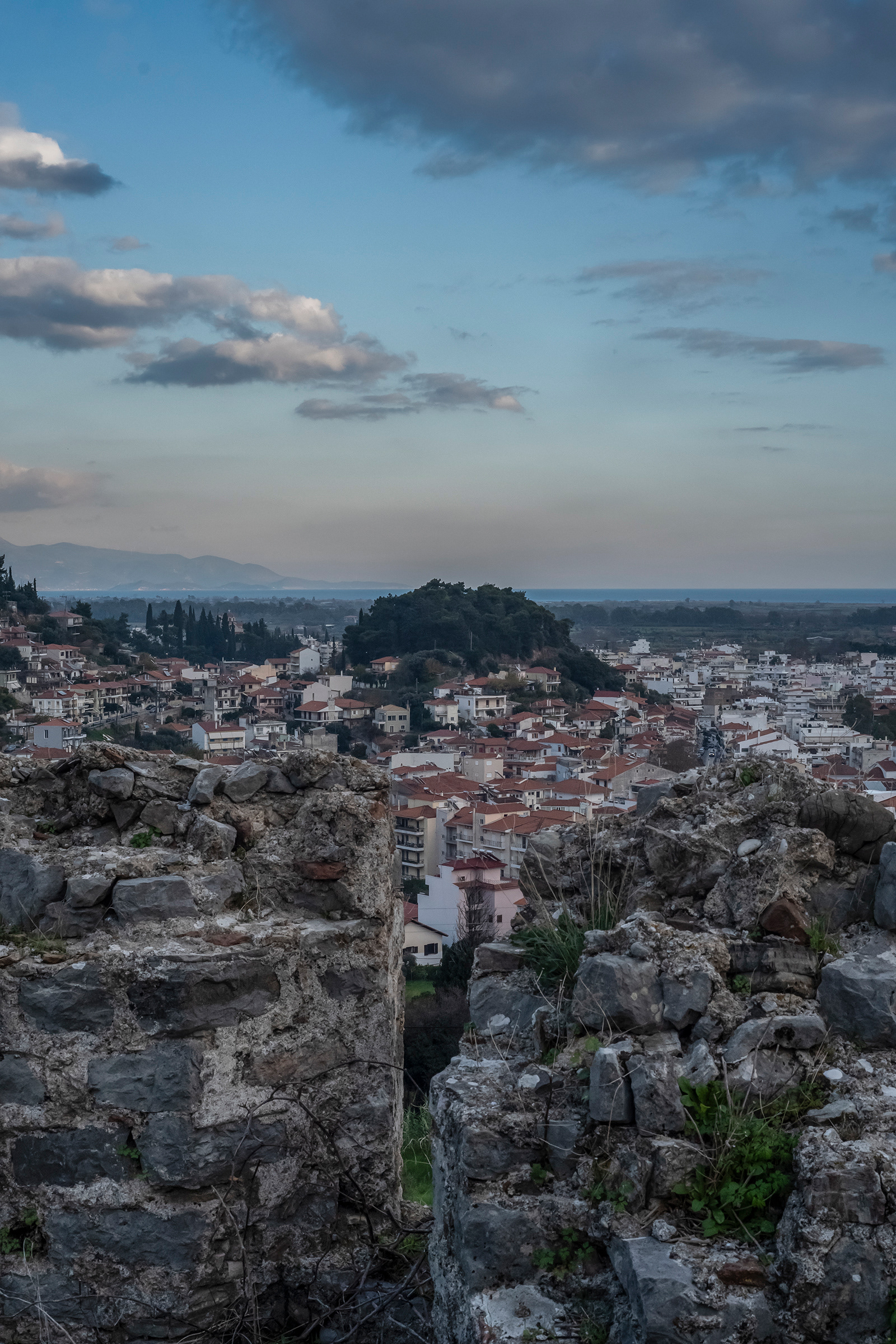
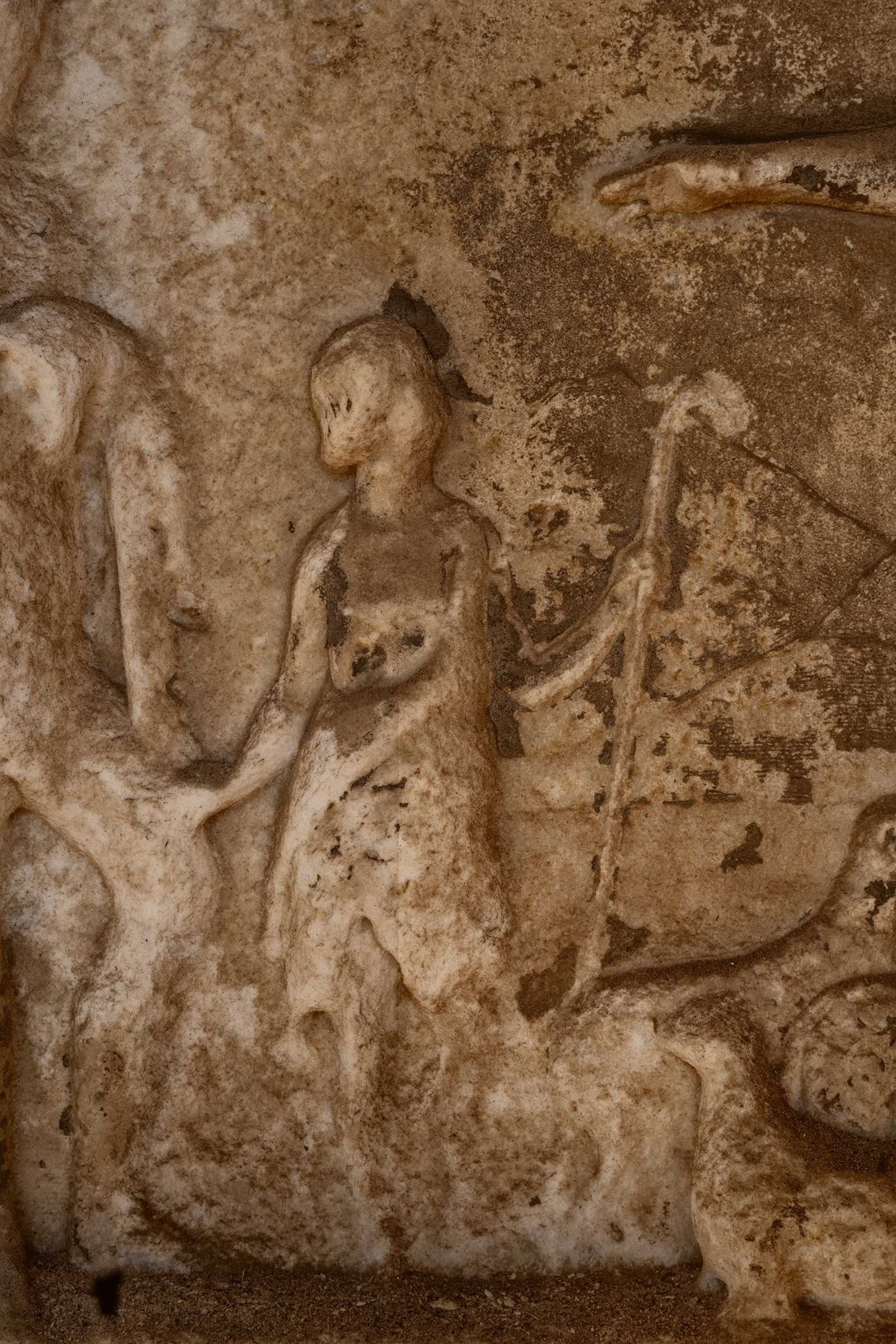
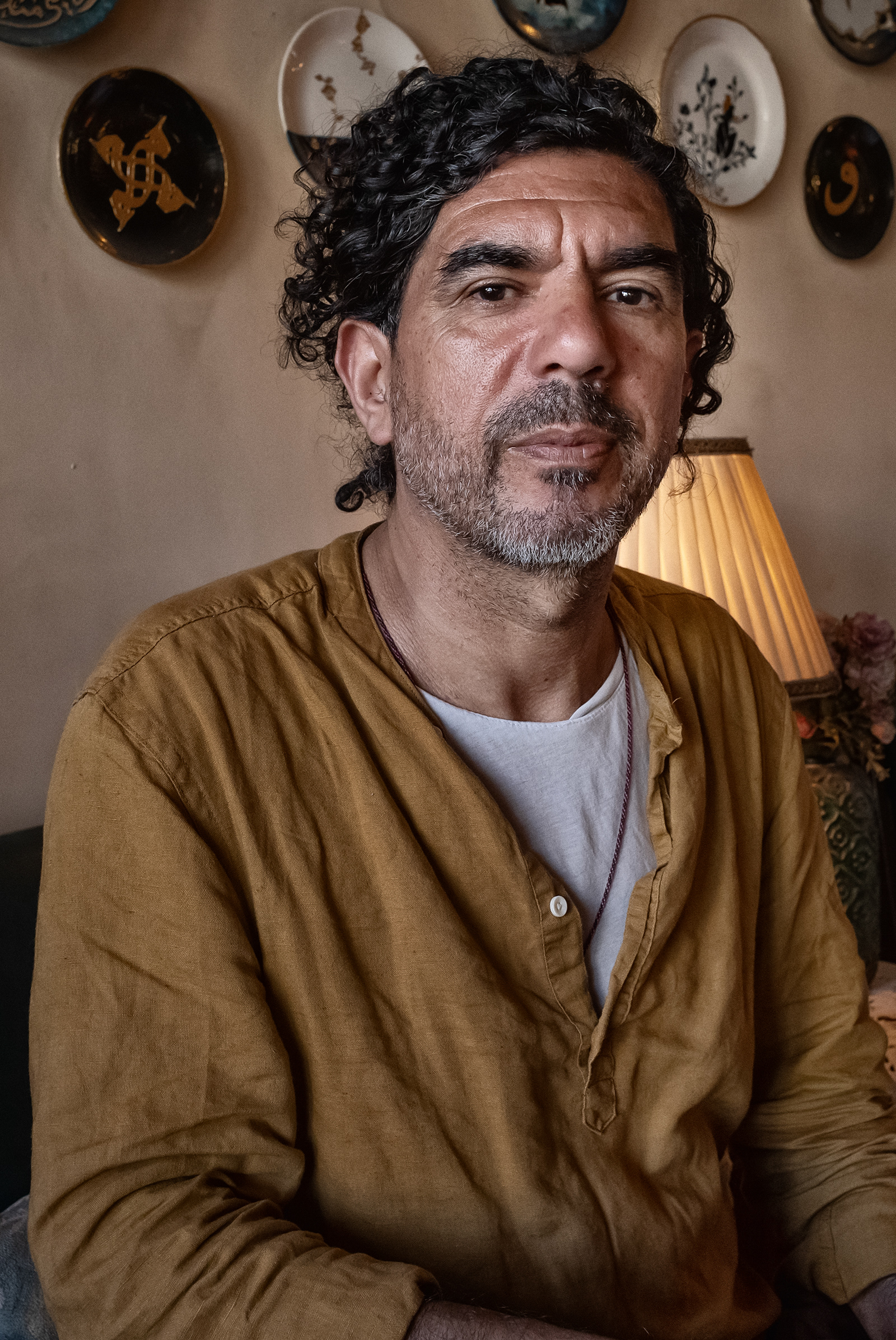
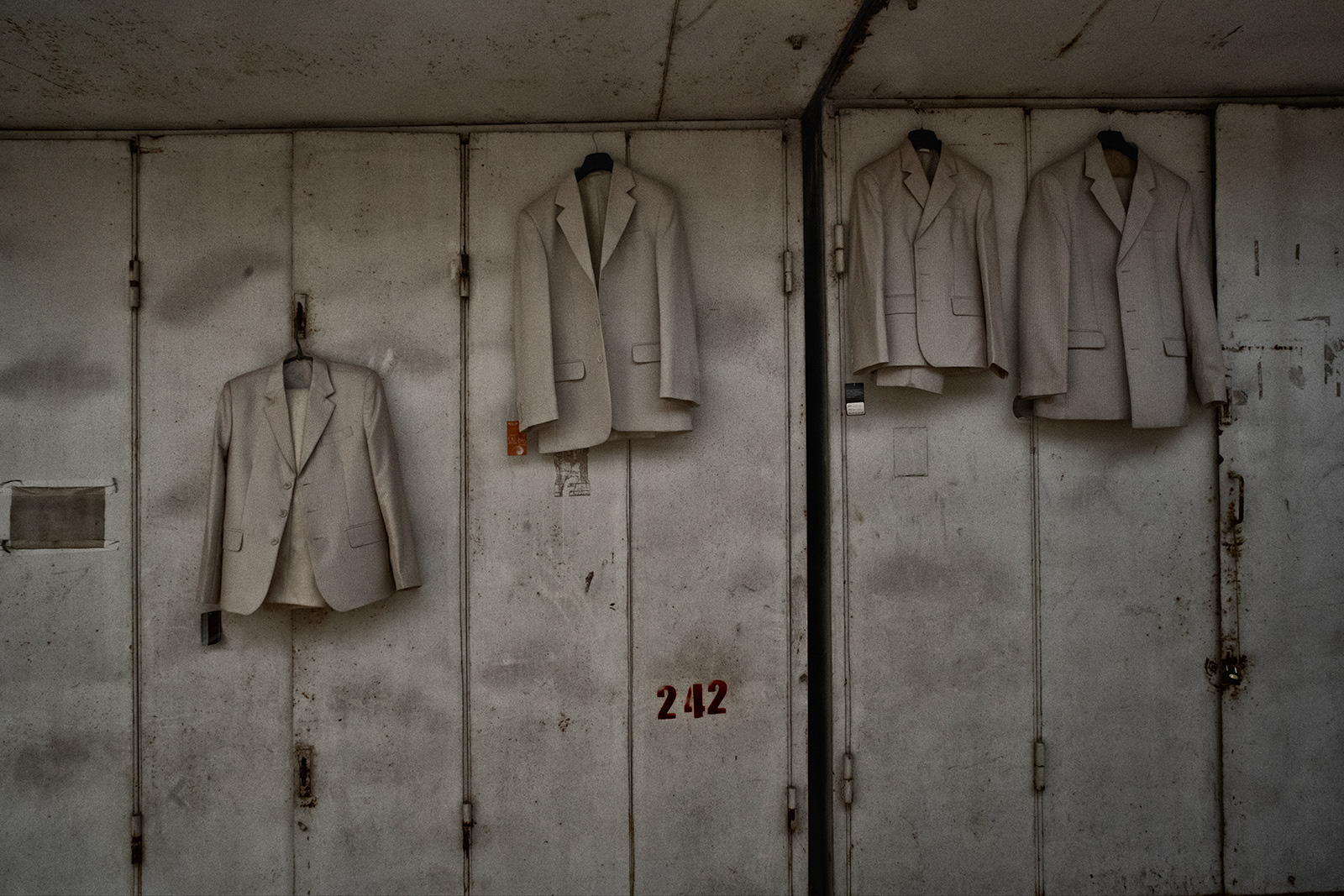
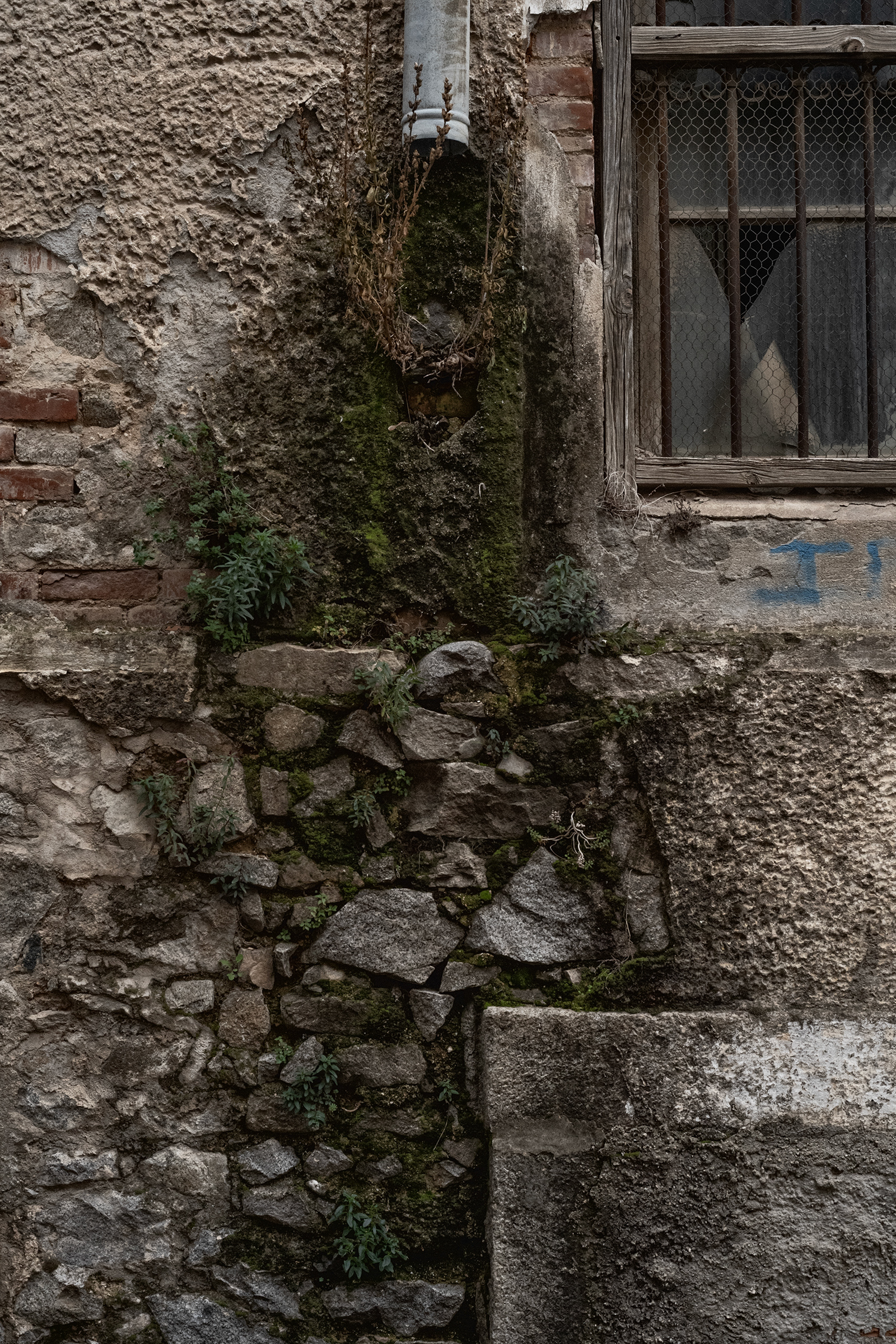
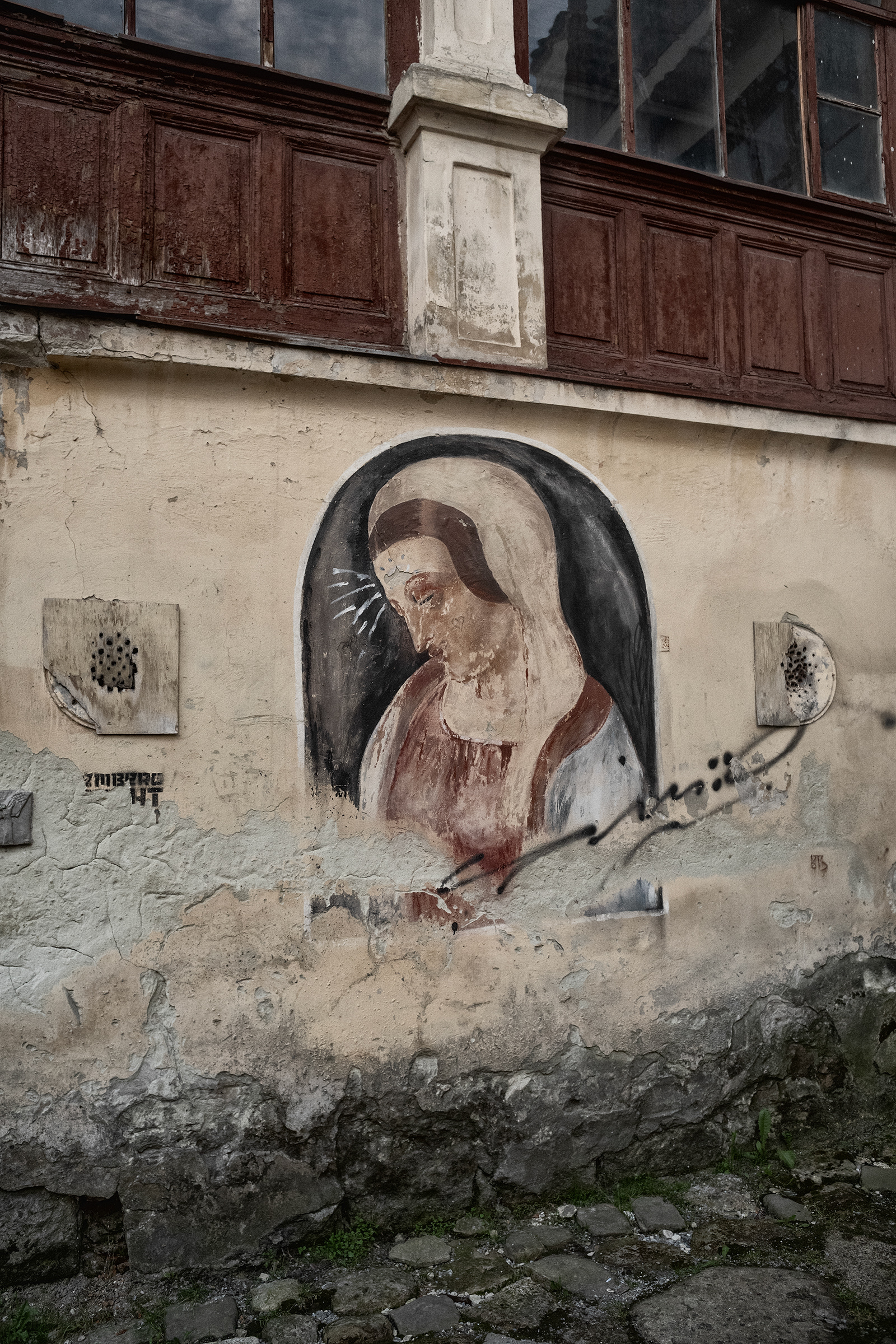
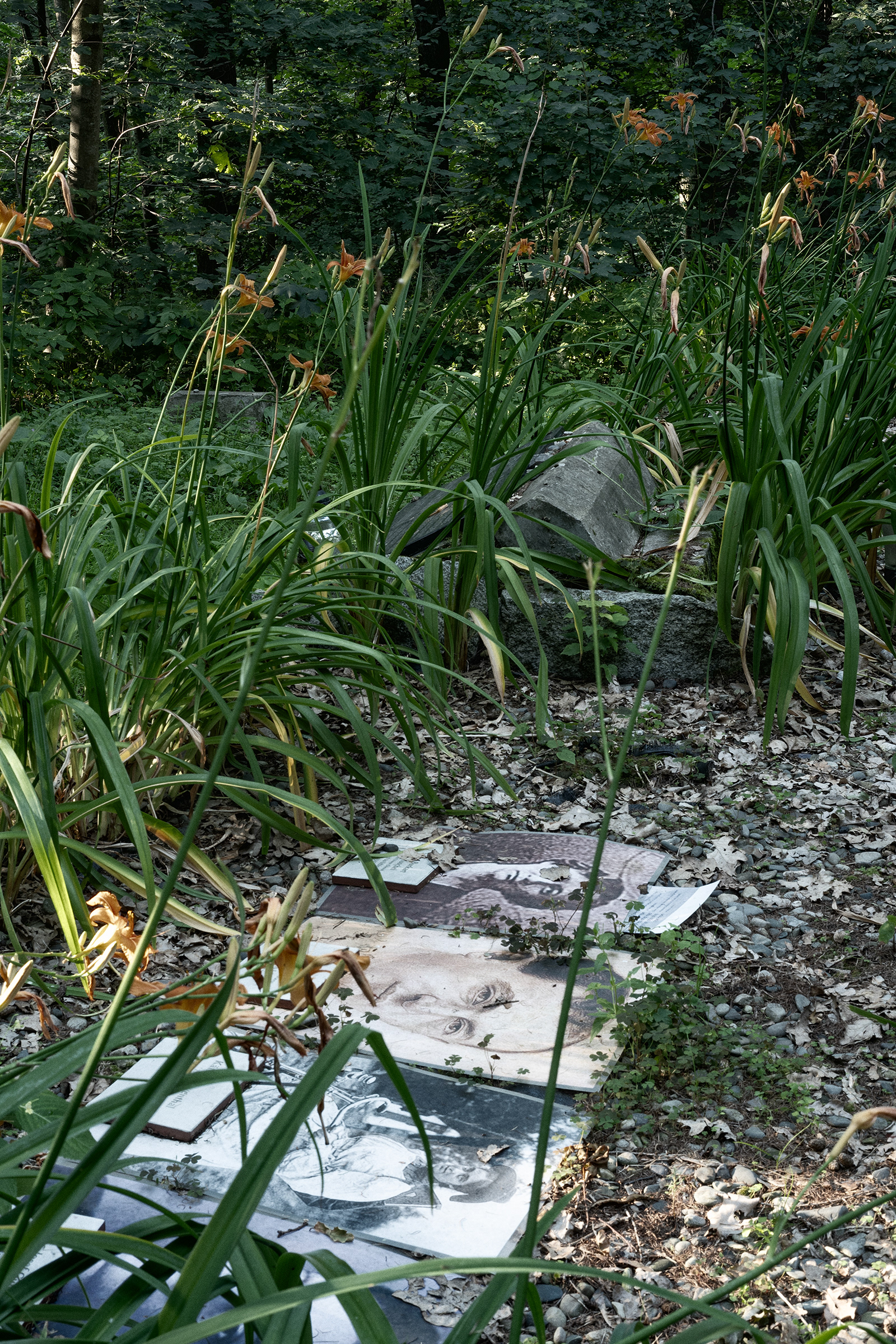
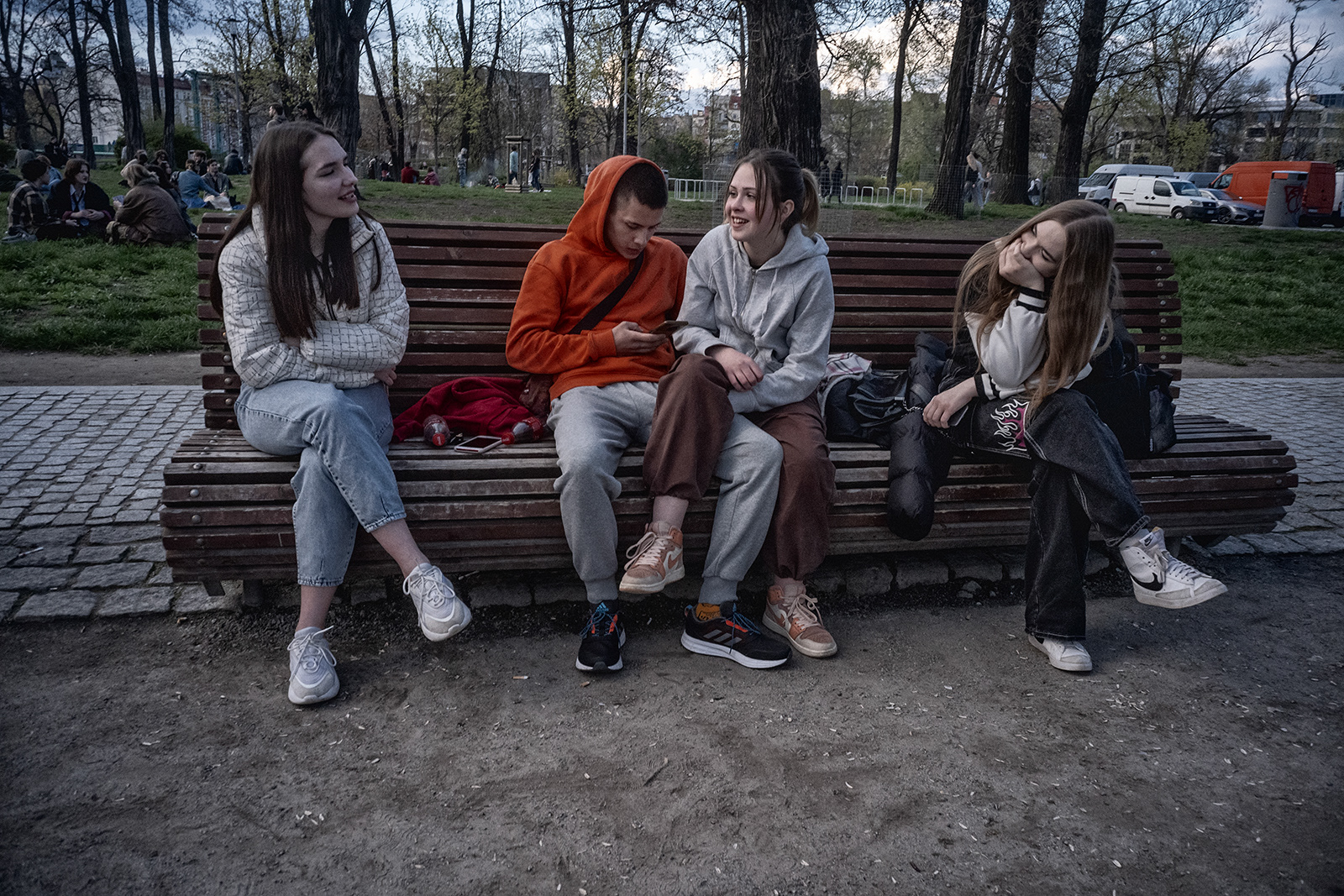
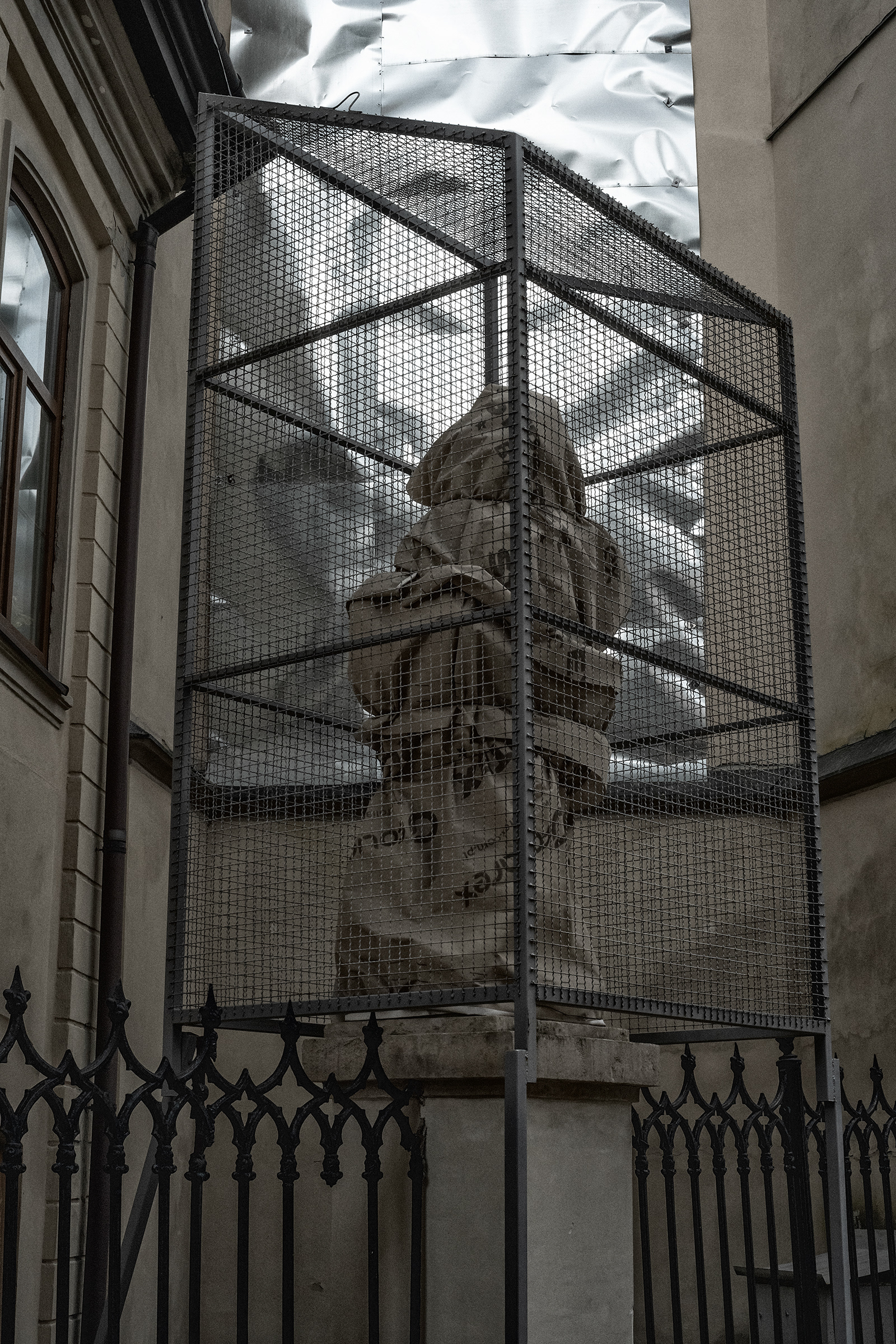
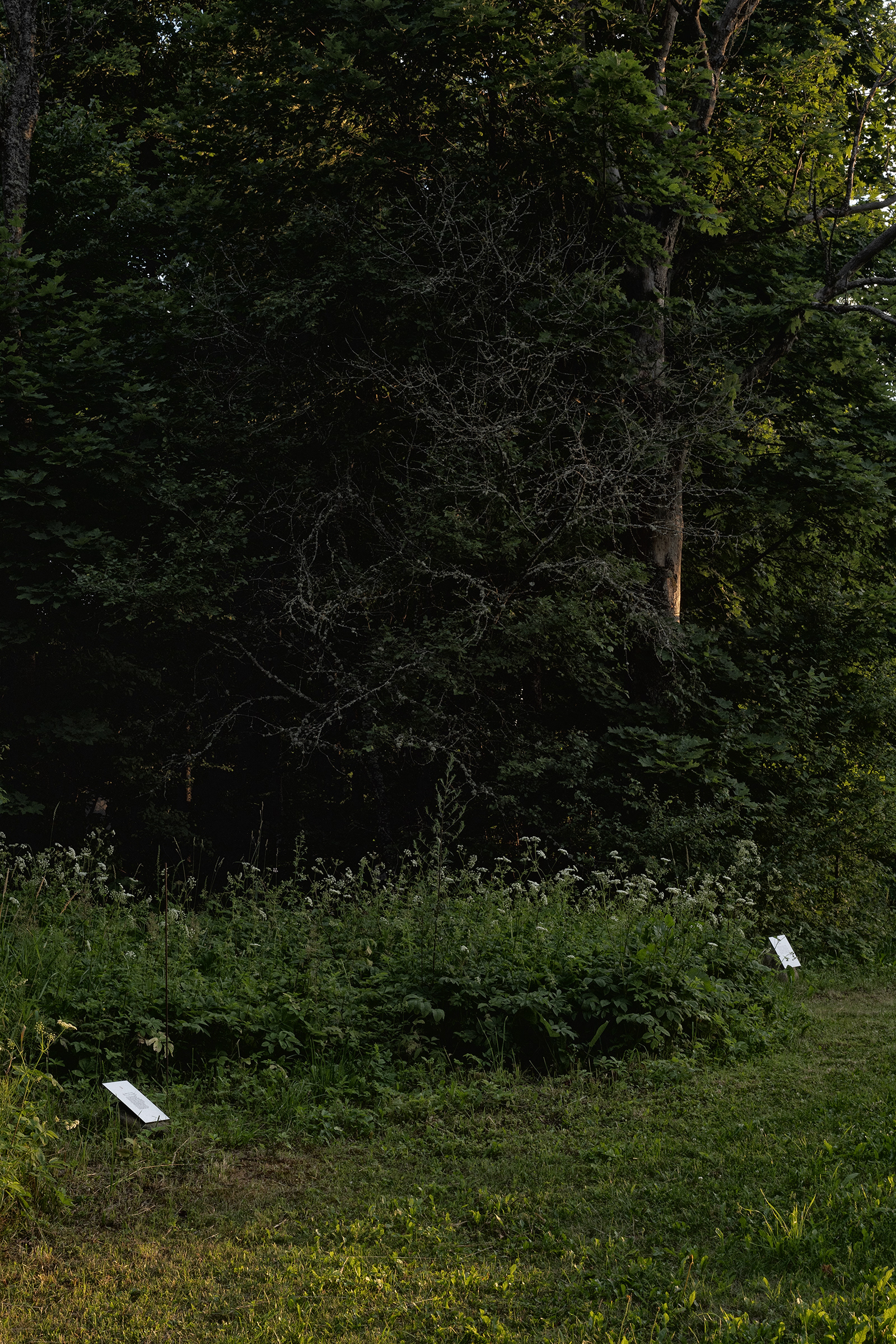
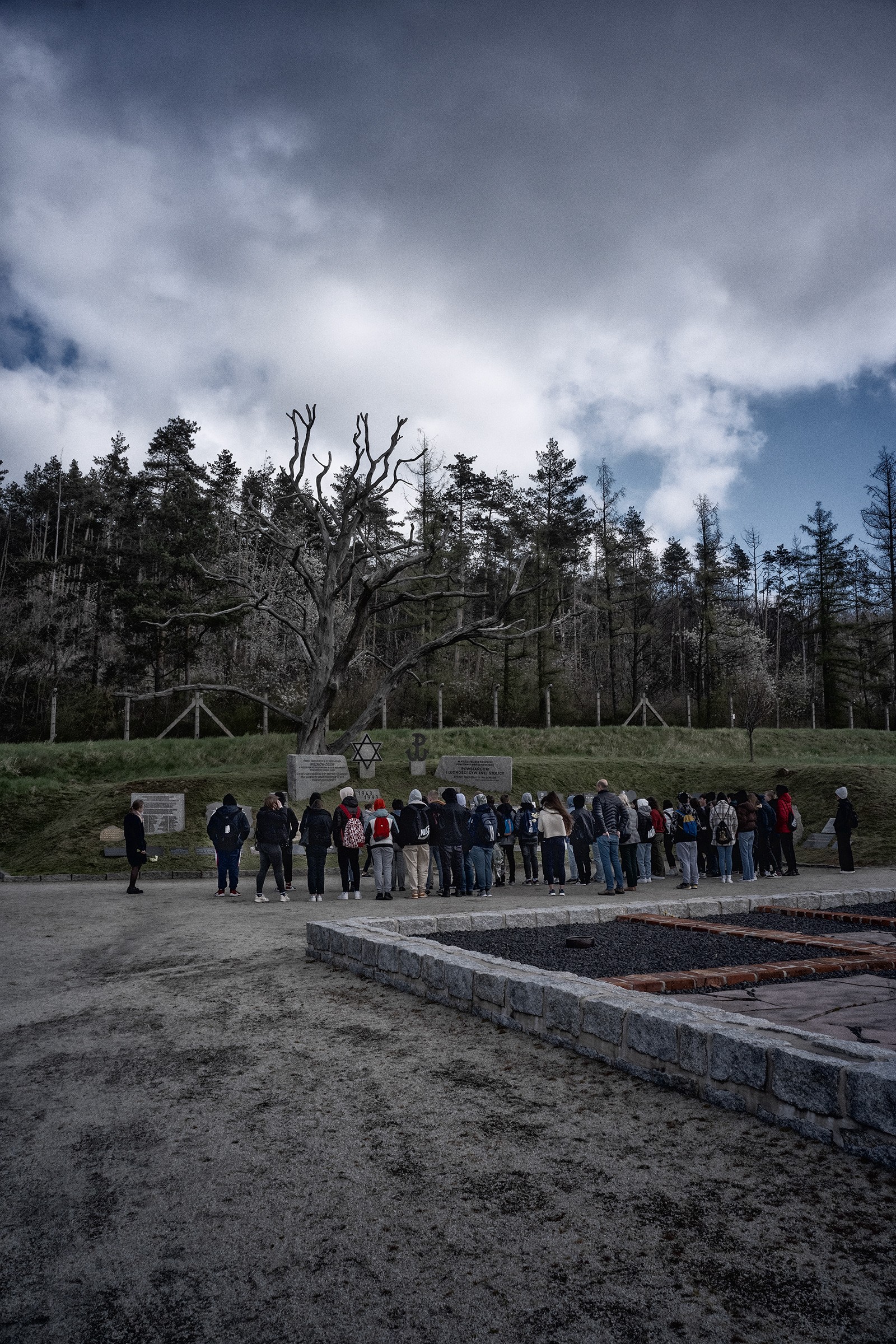
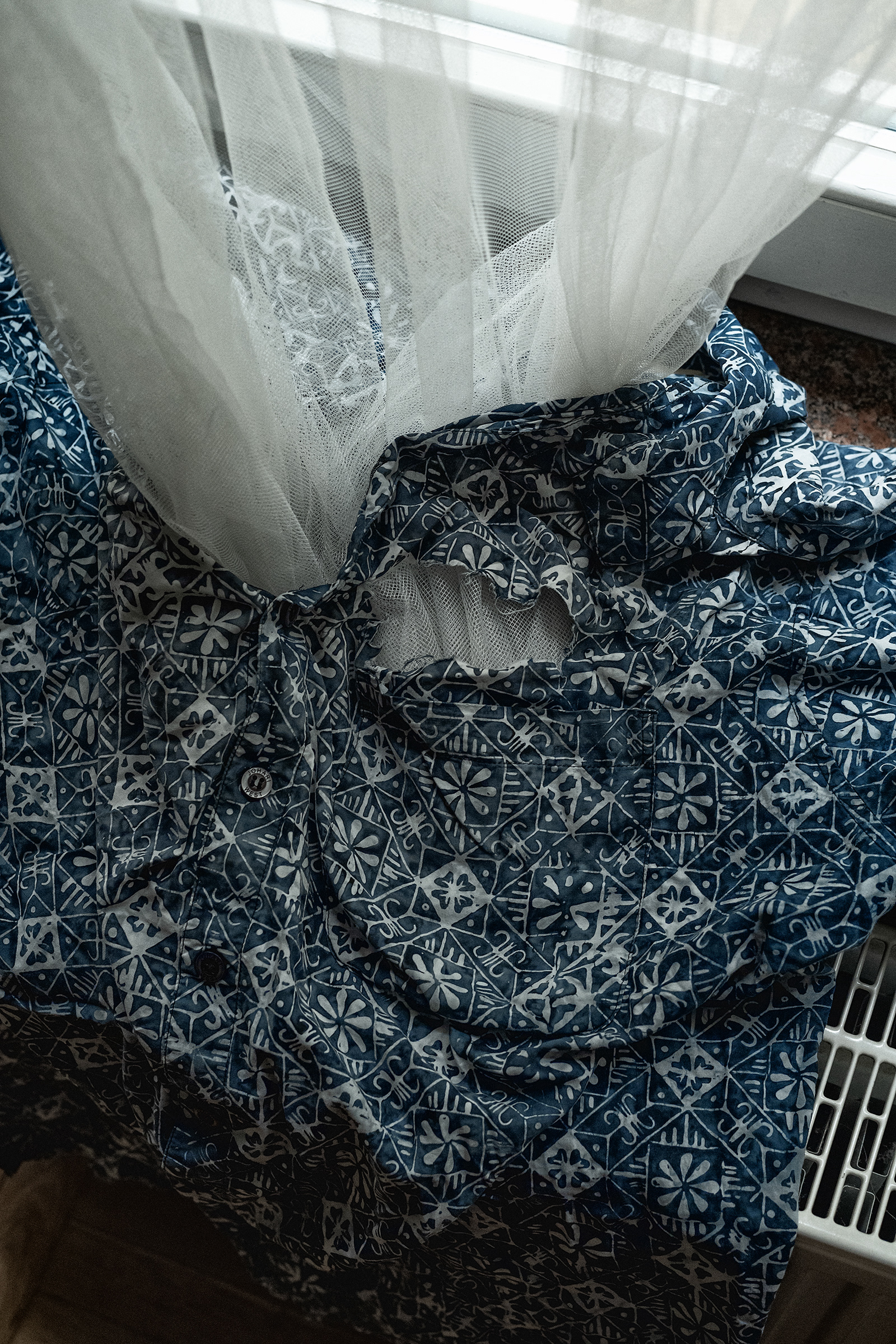
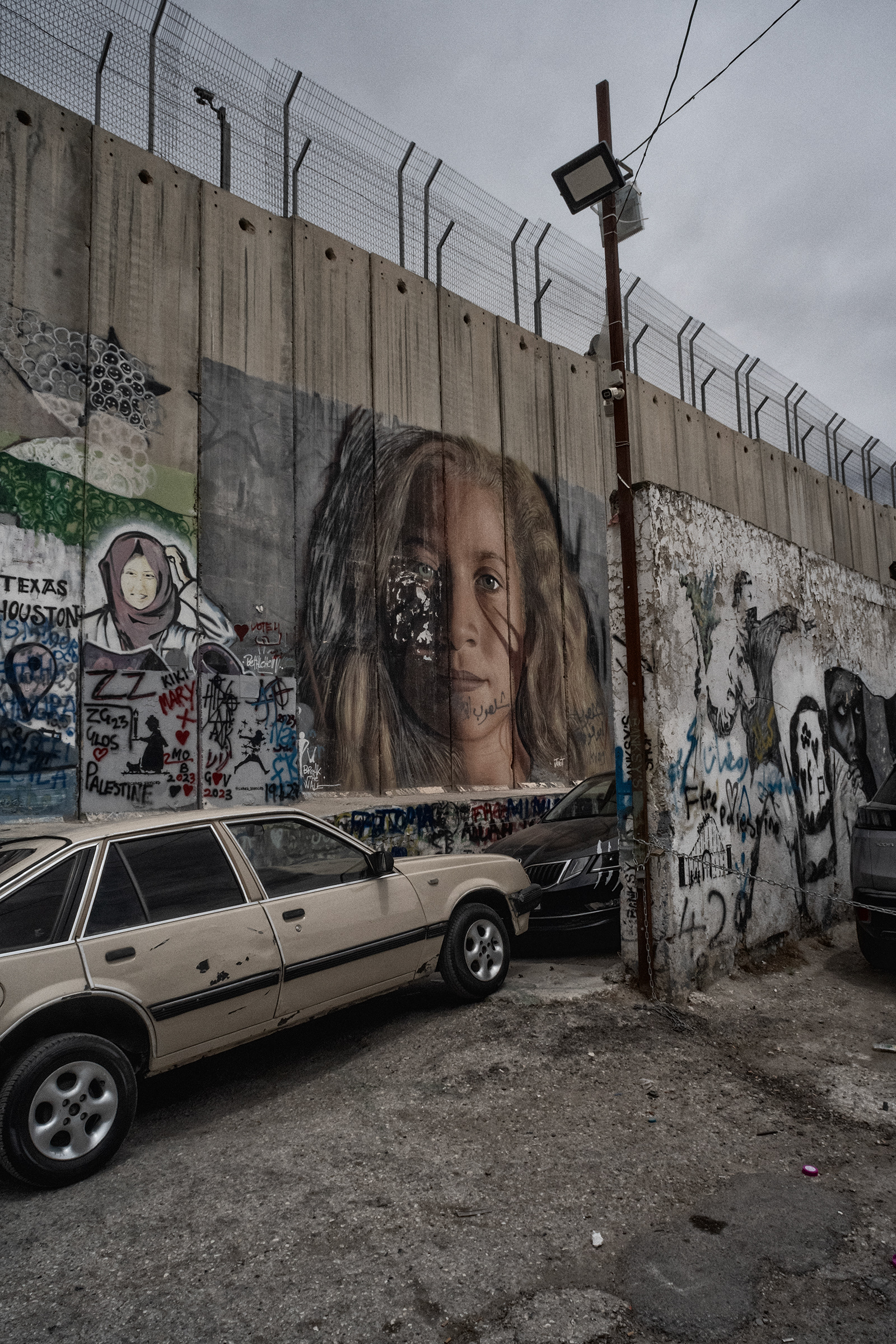
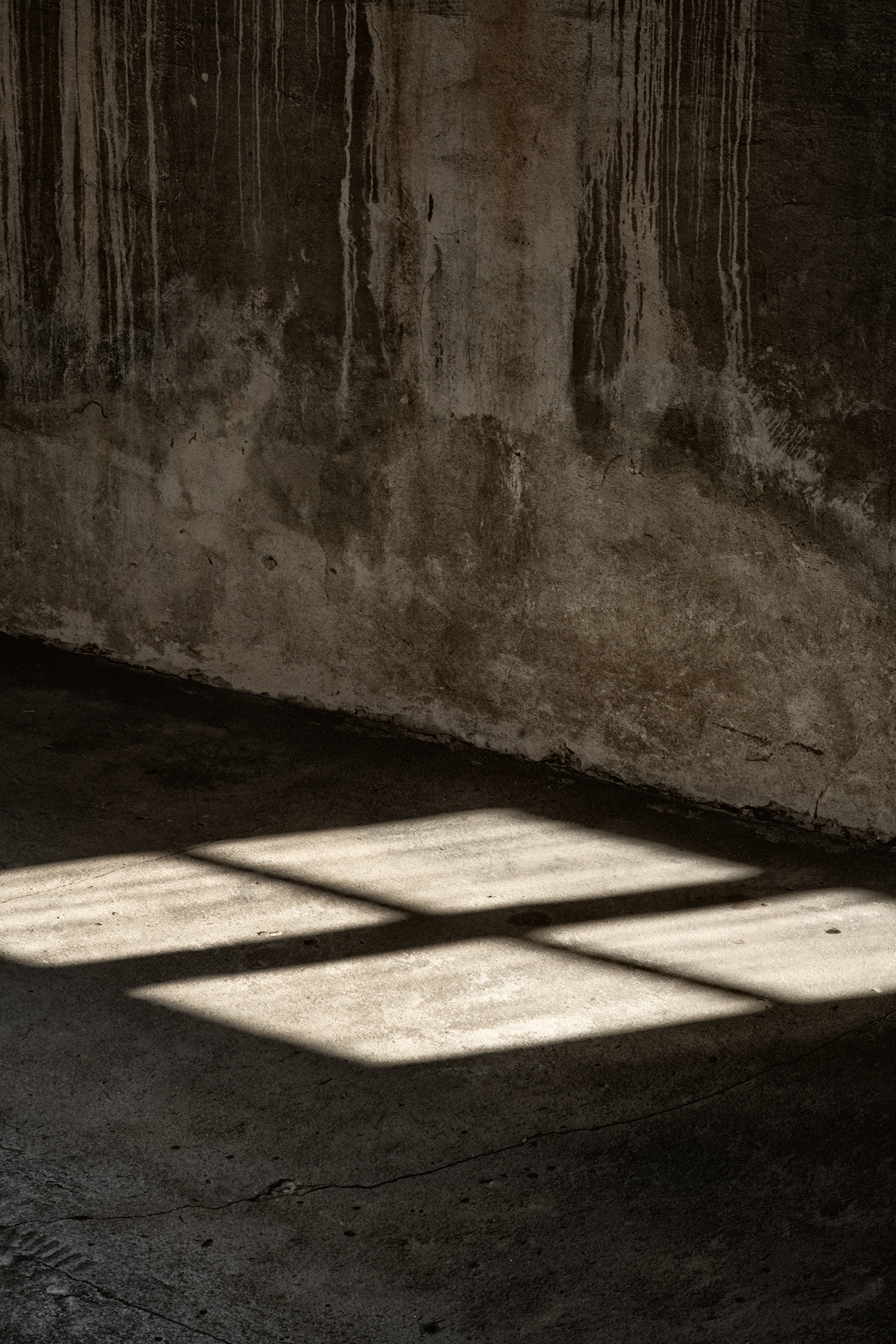
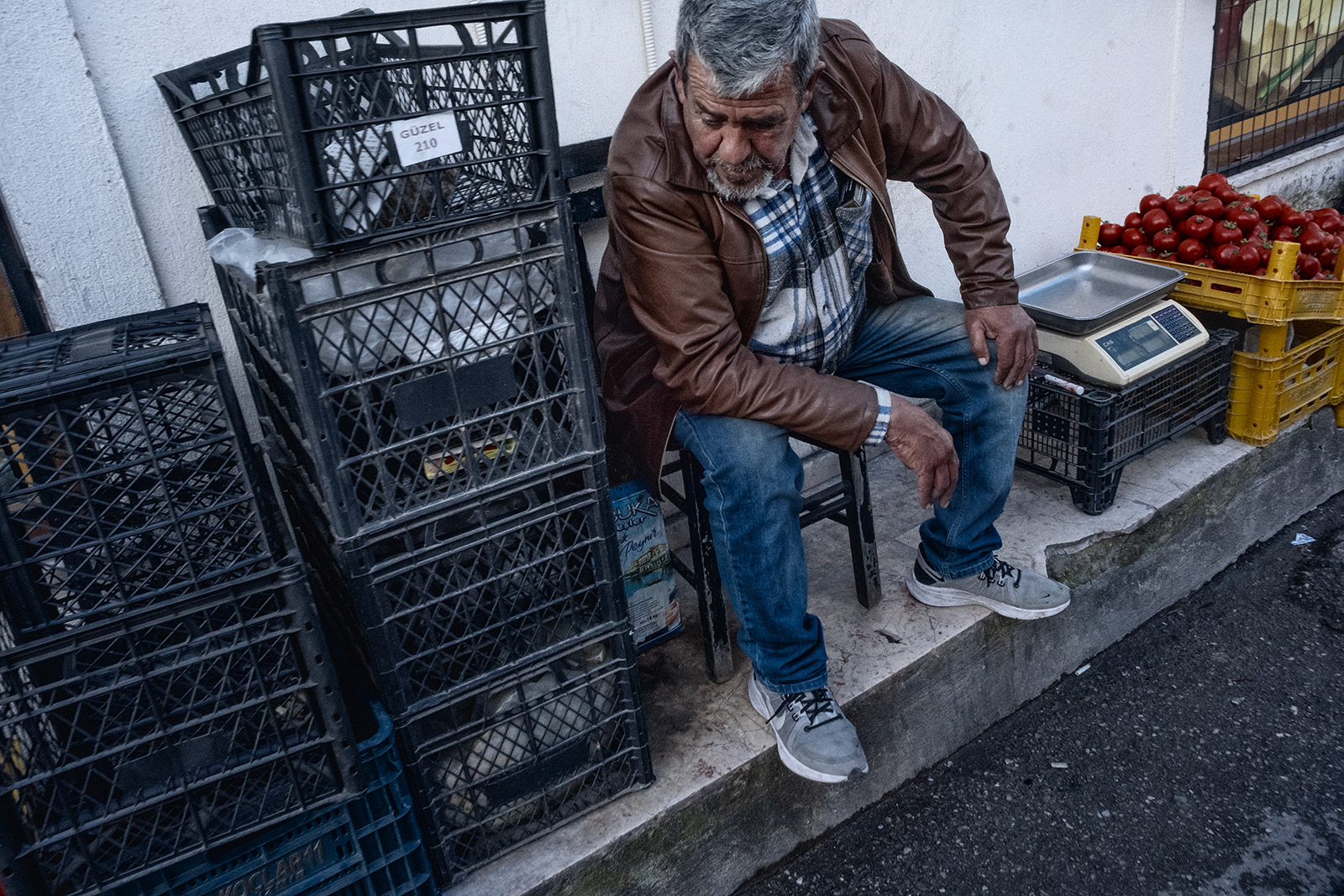
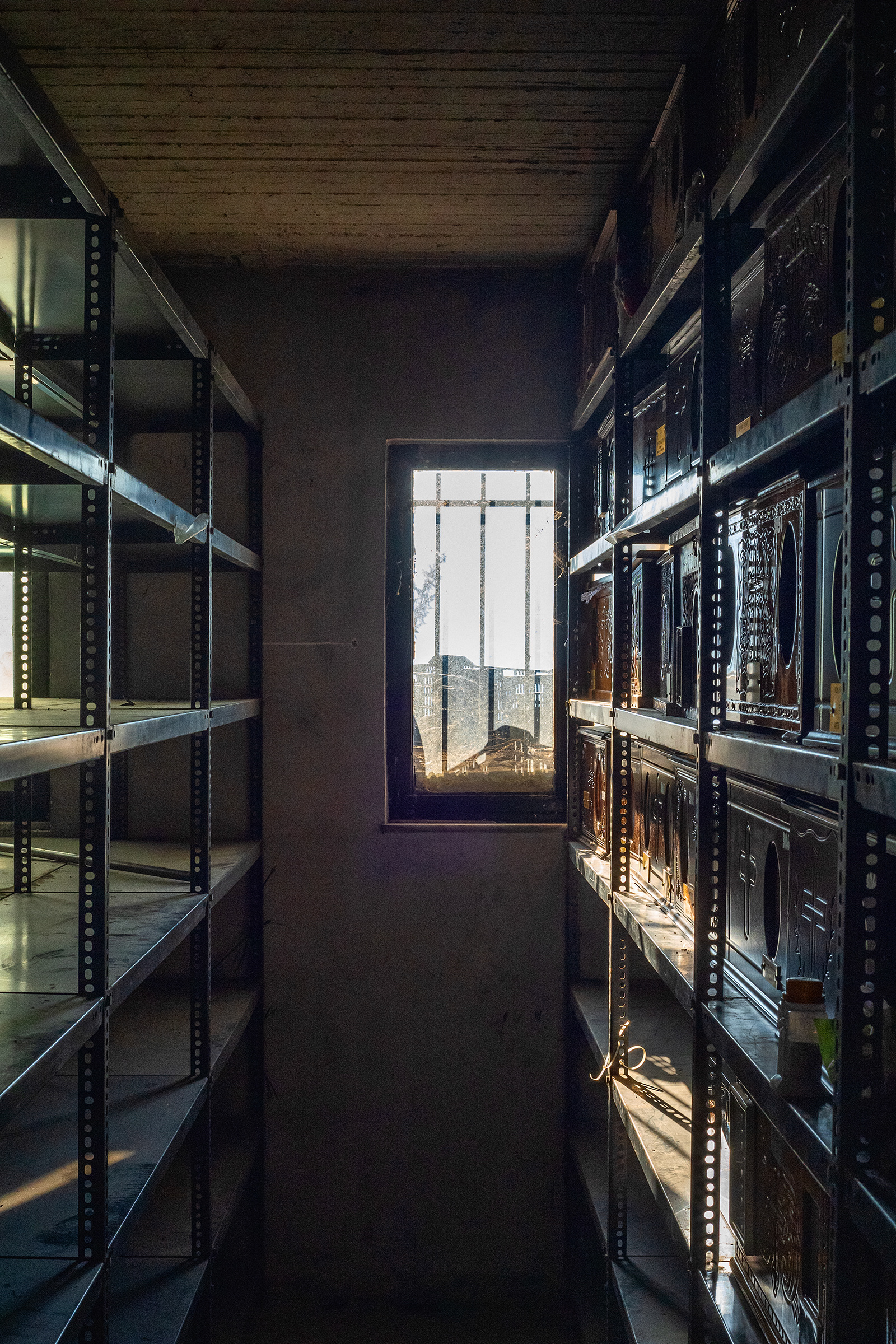
3.
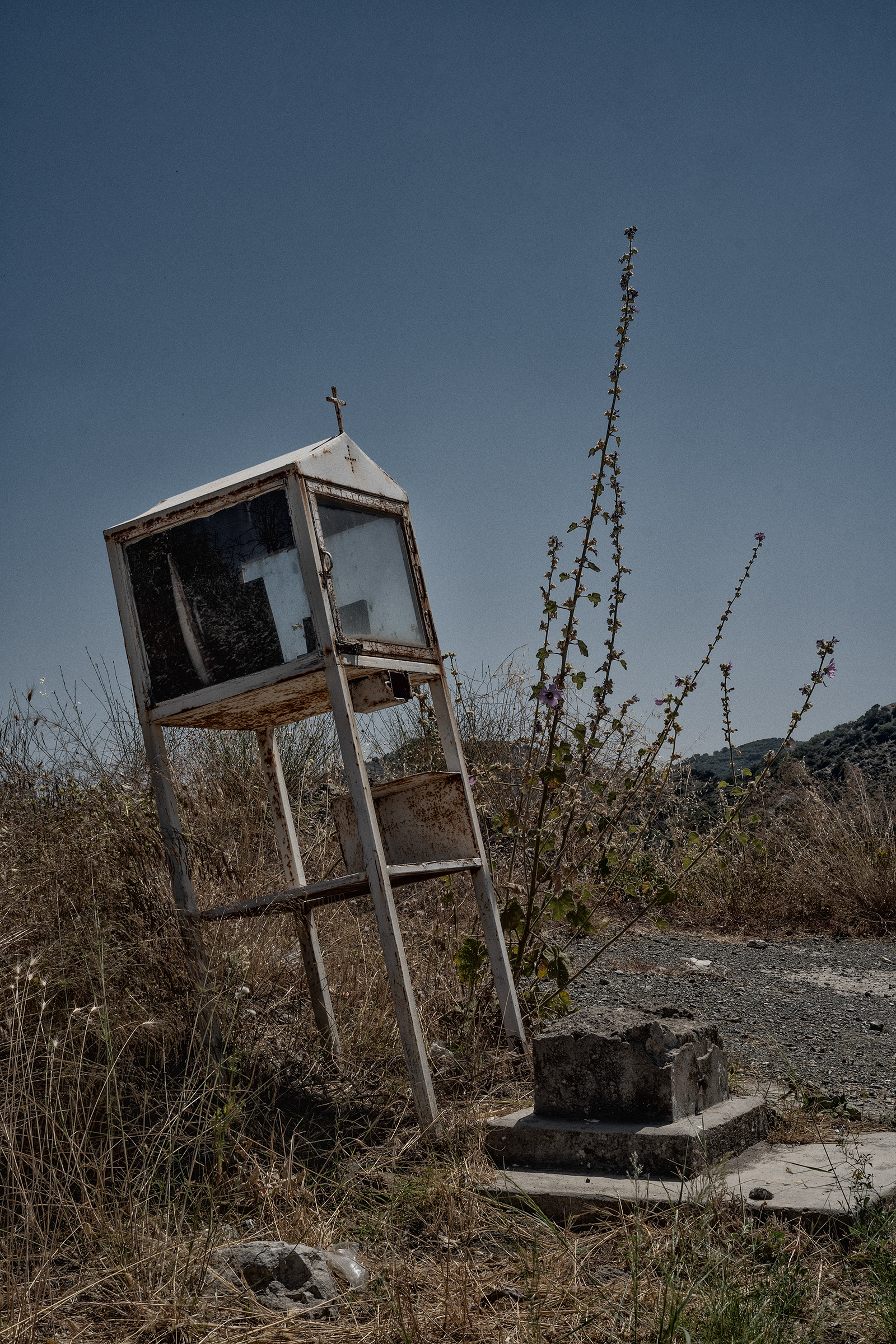
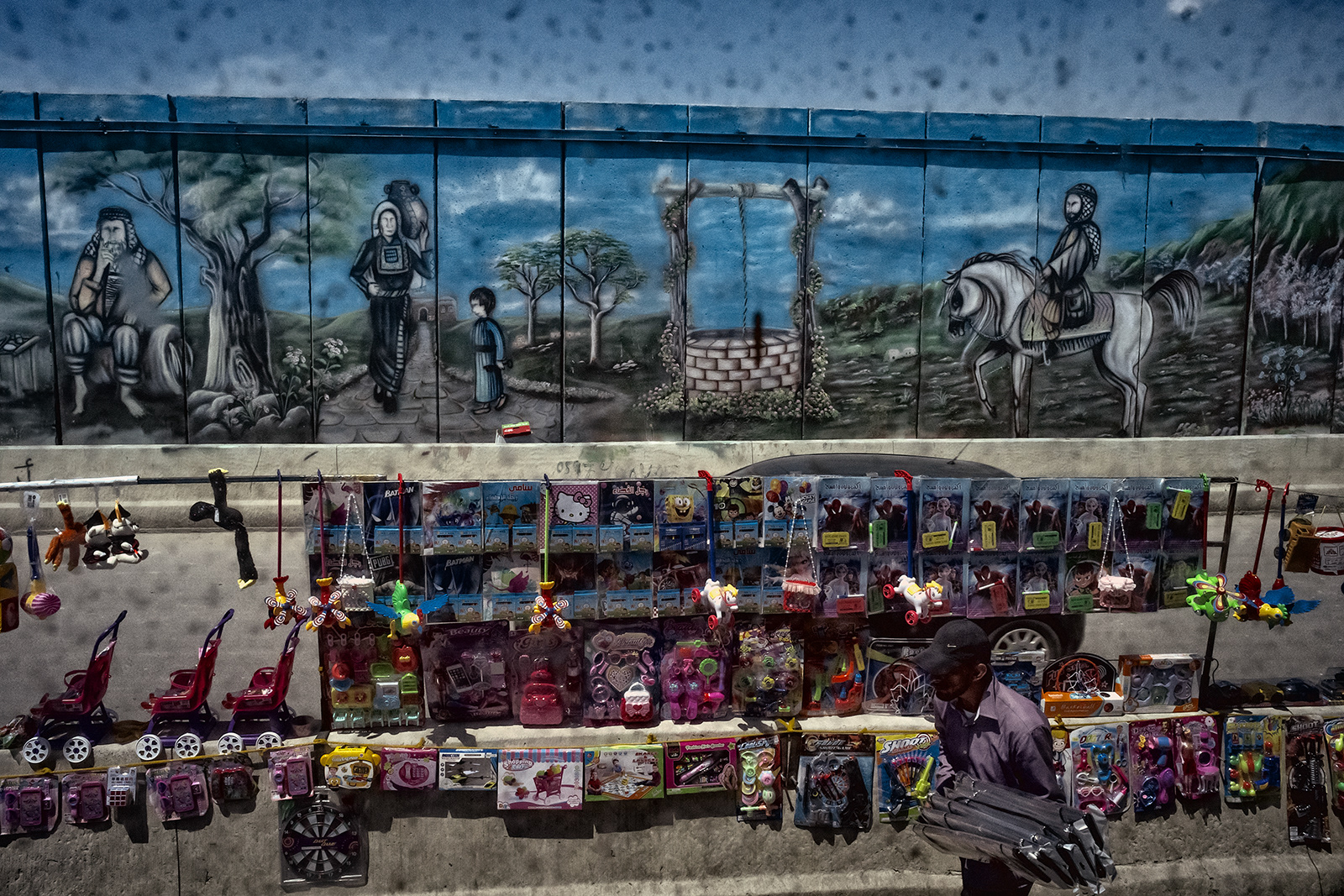
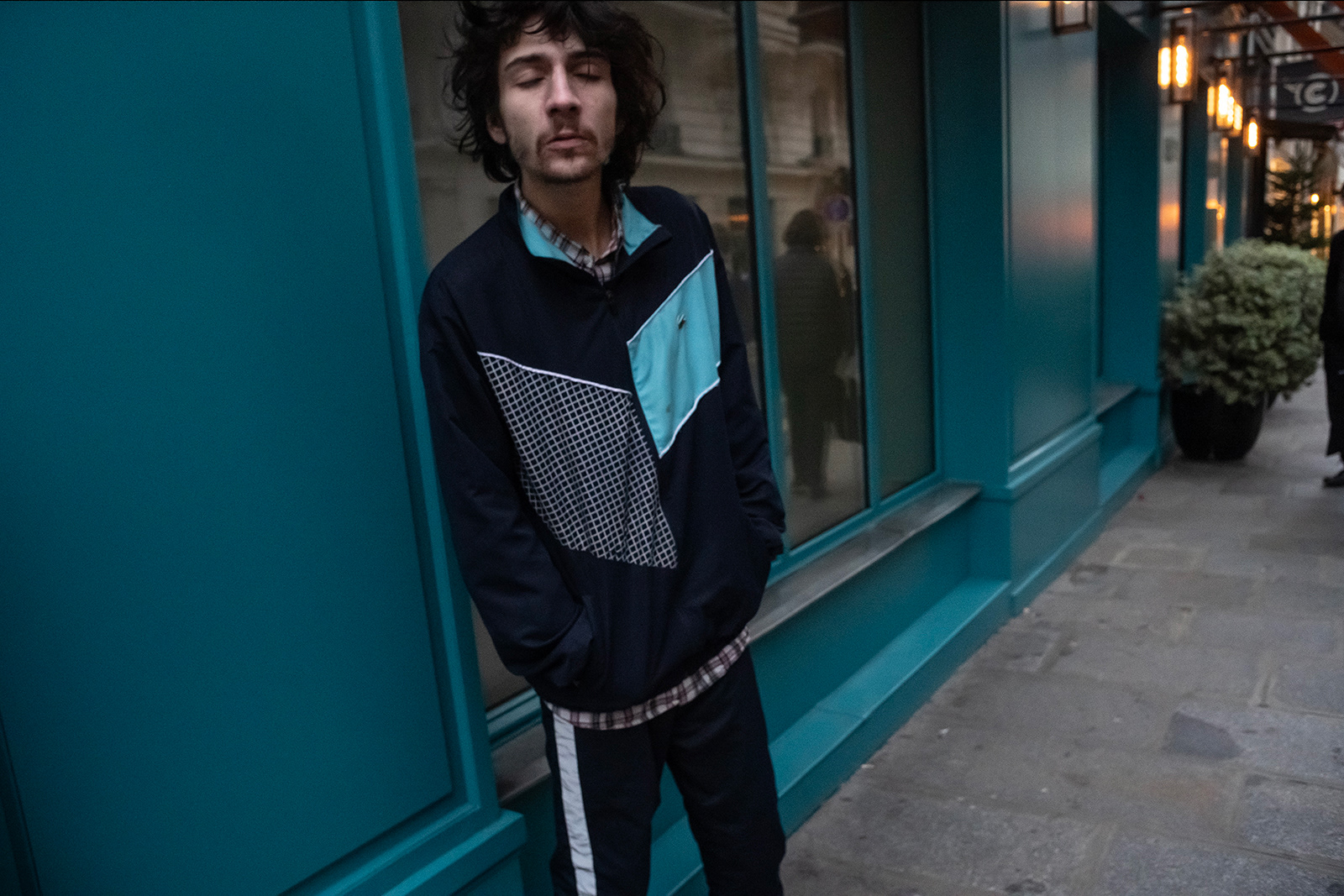
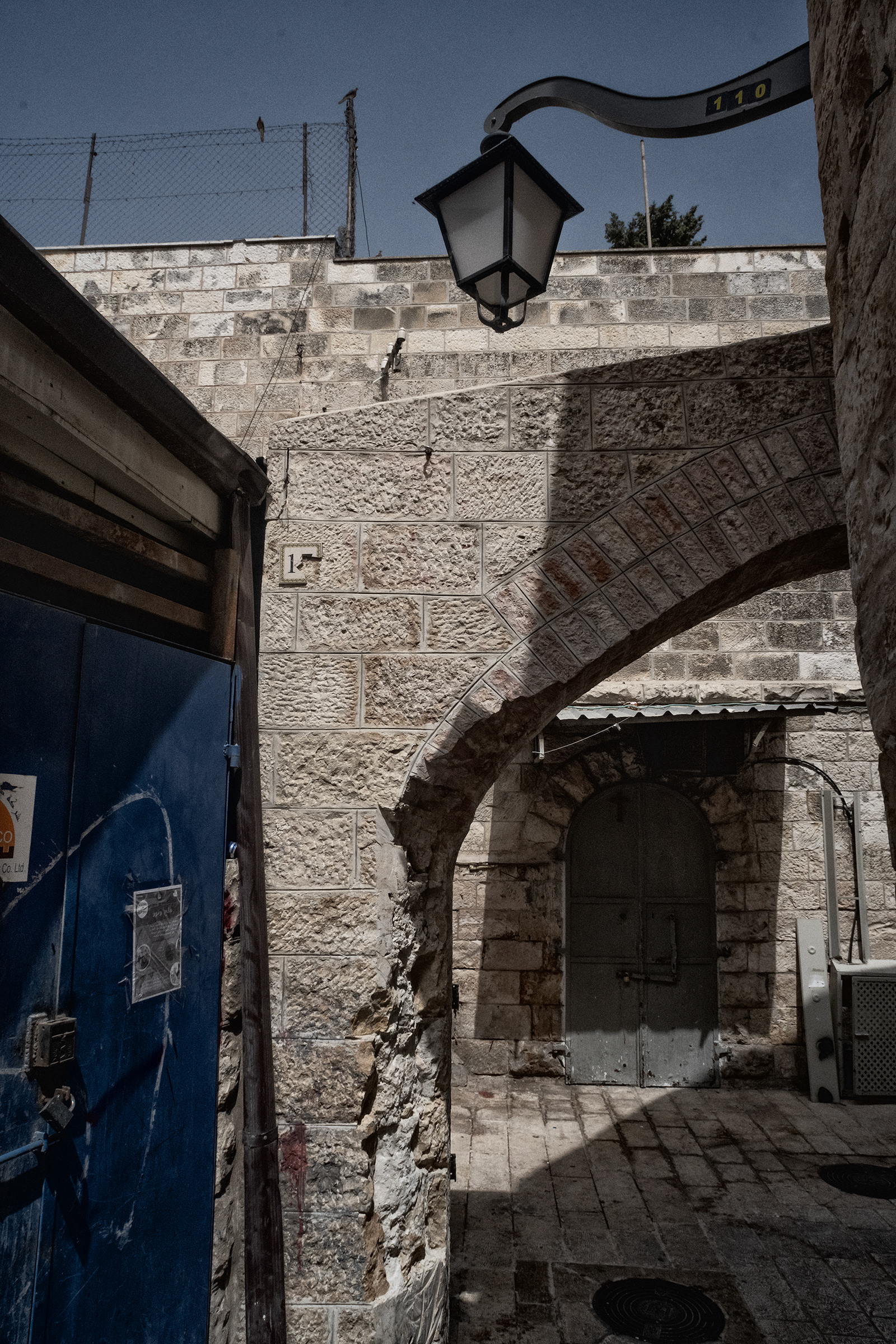
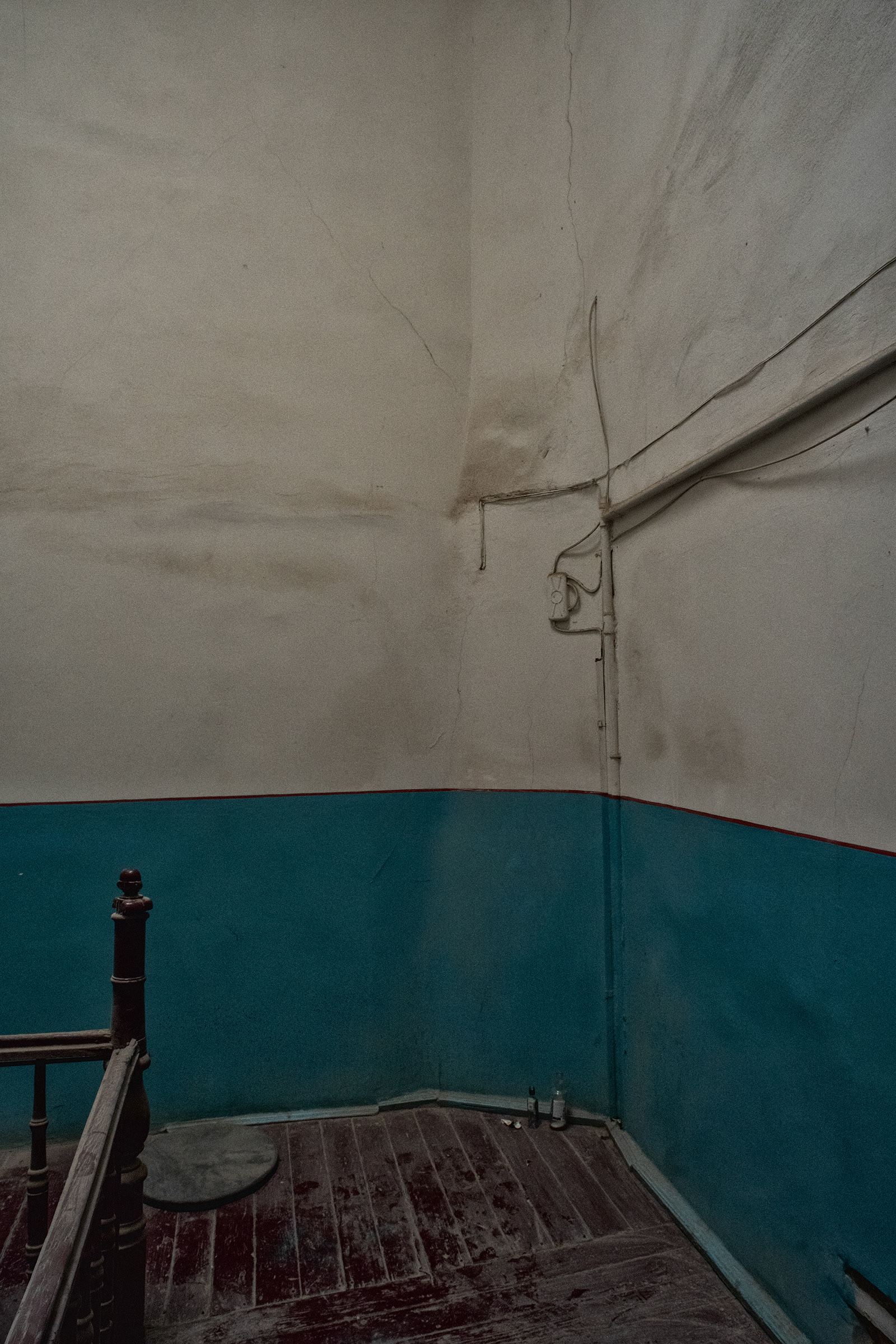
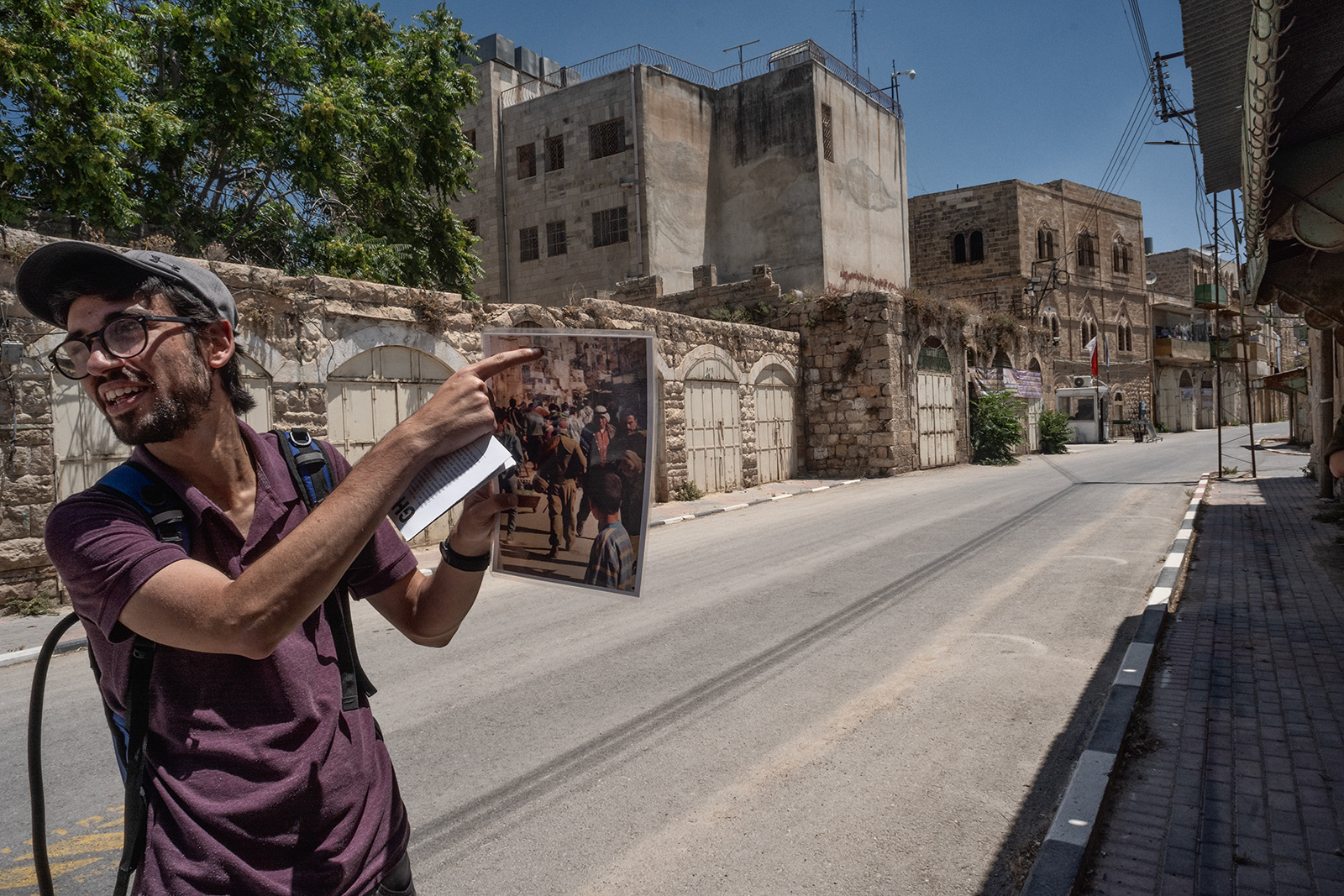
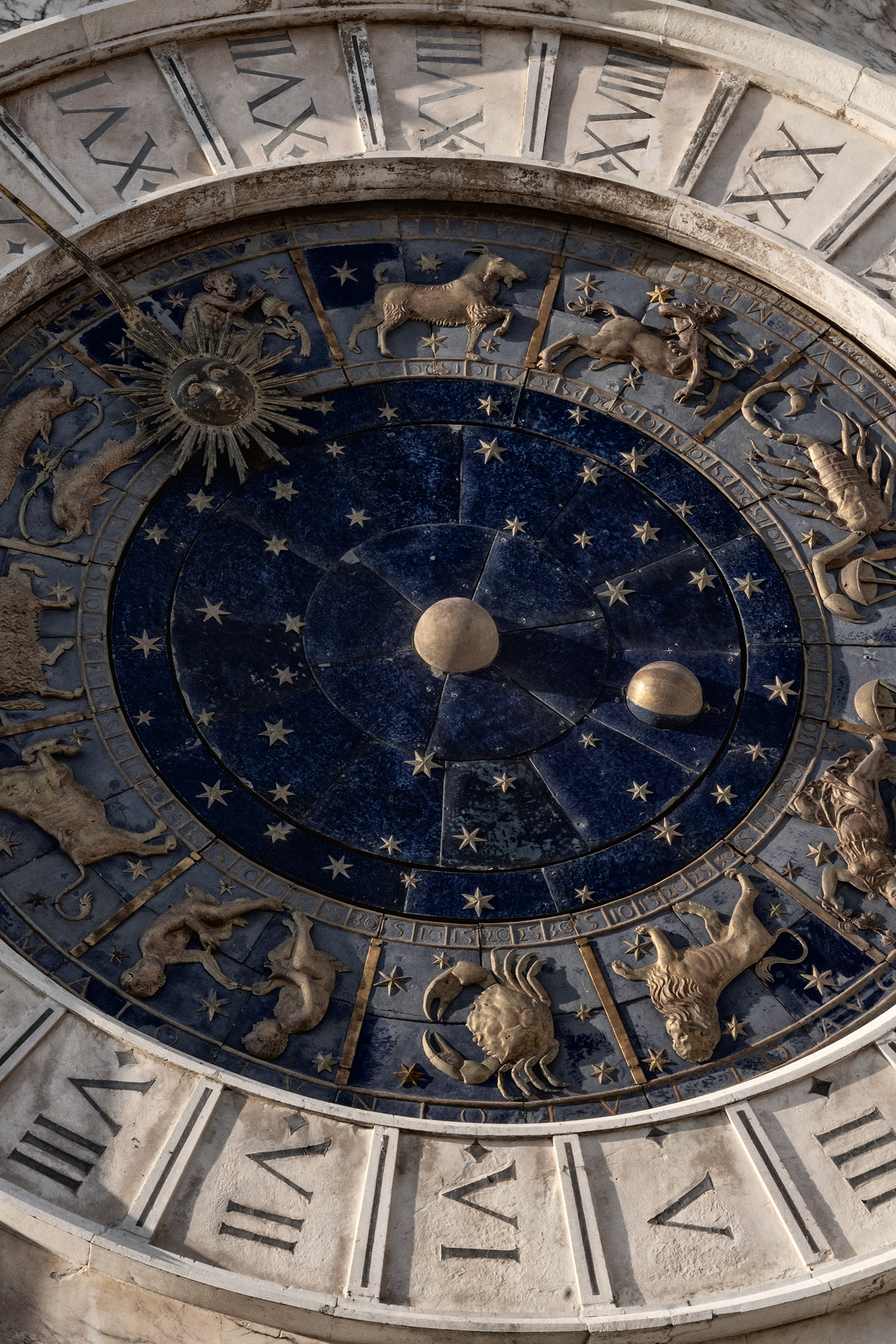
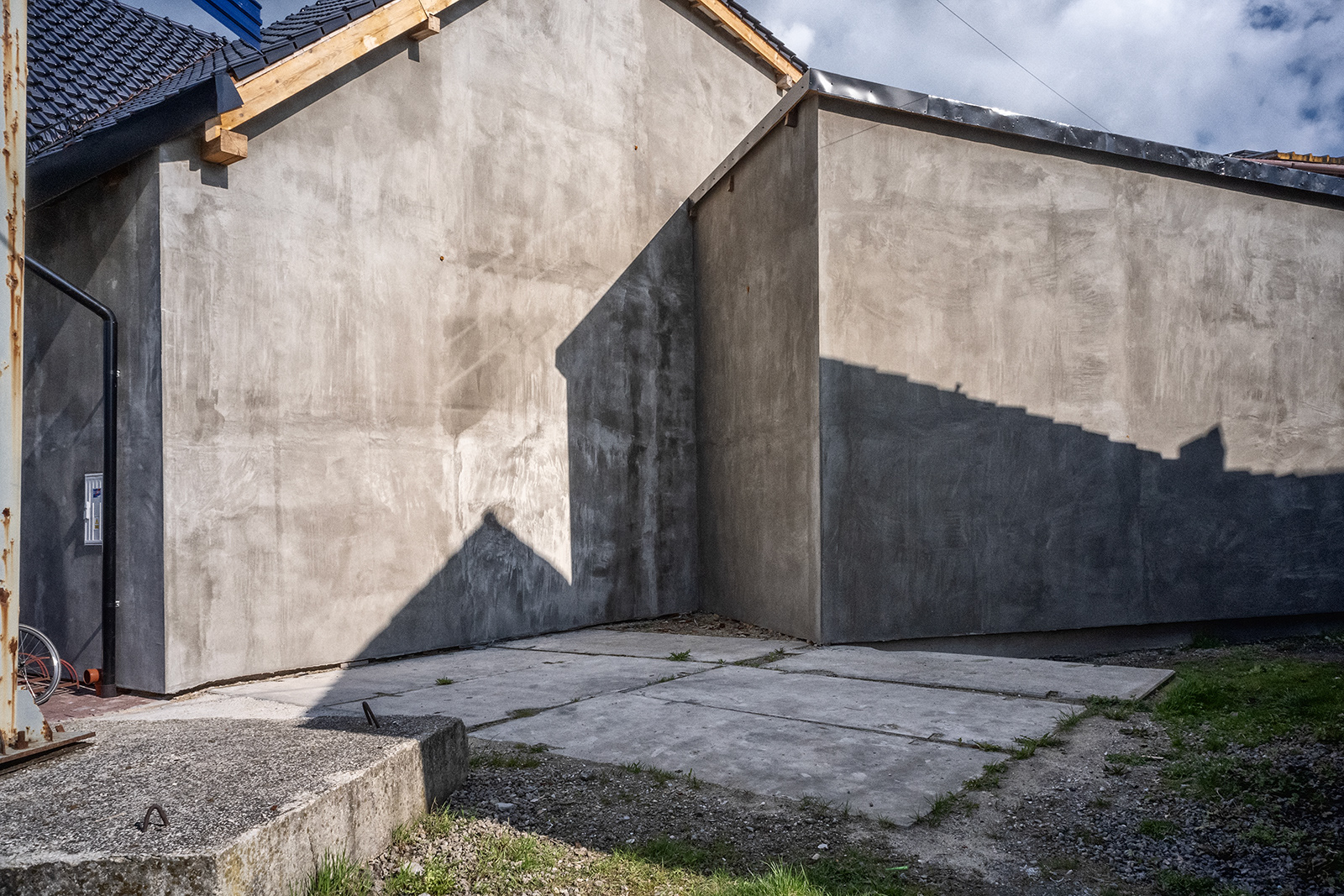
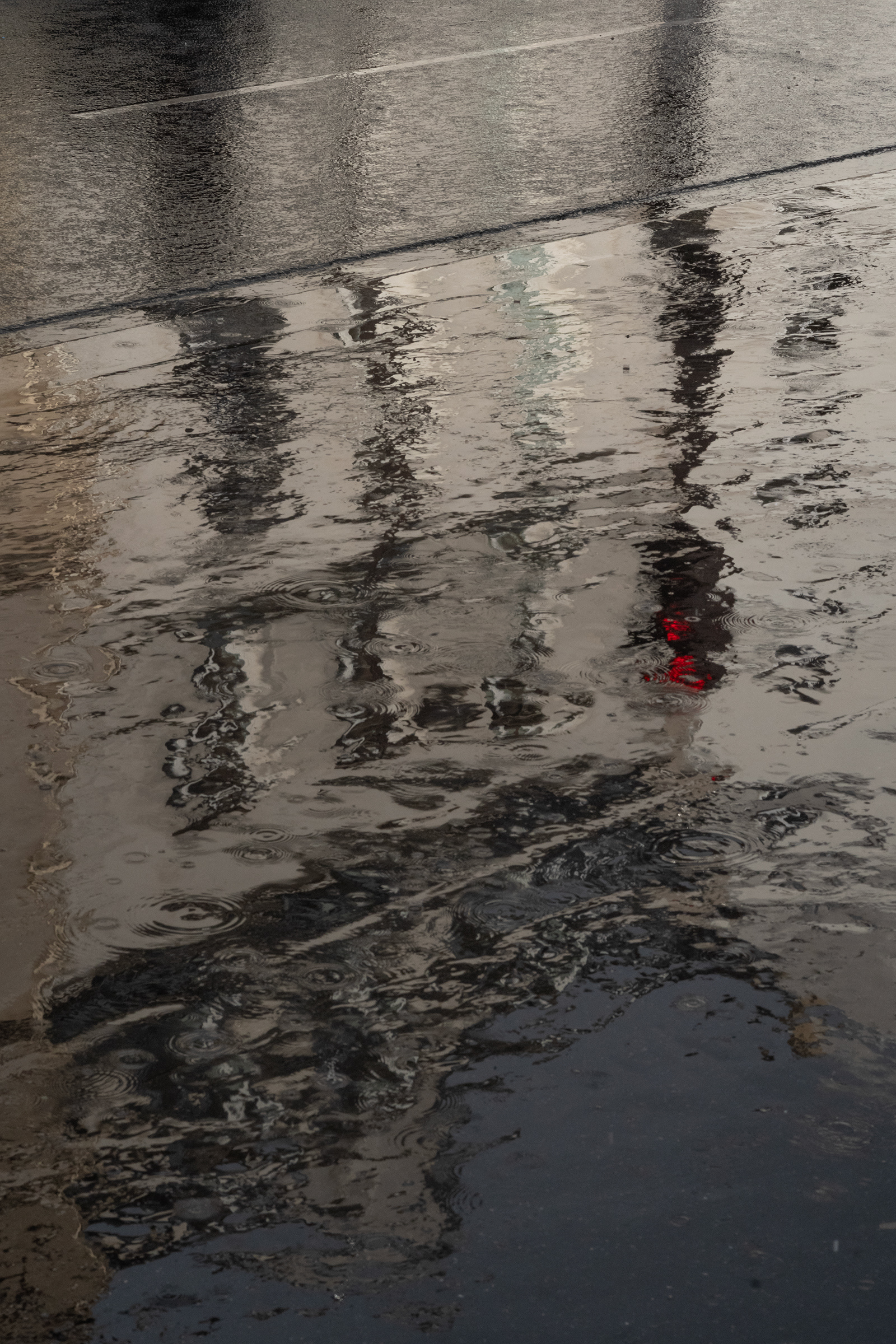
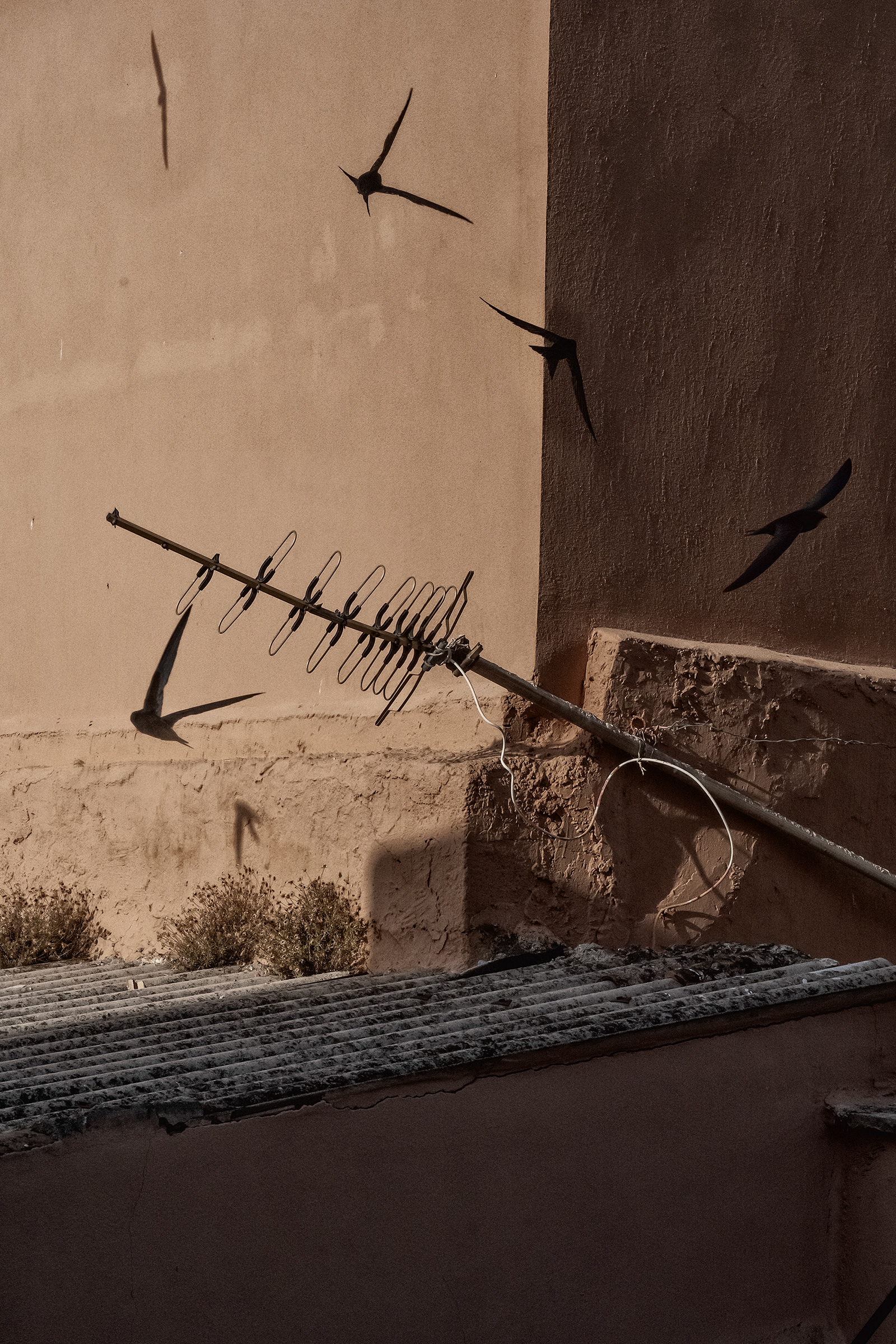
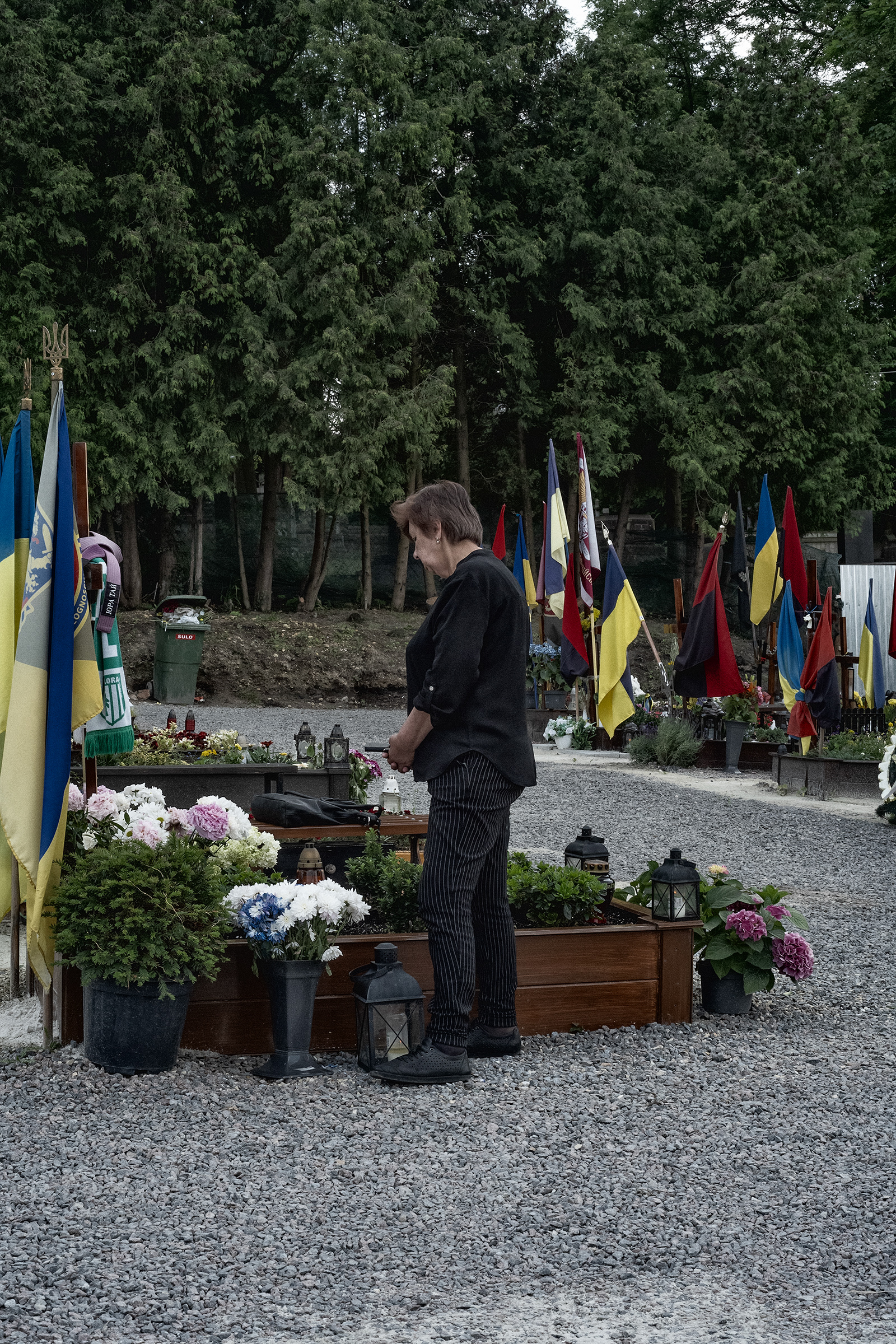
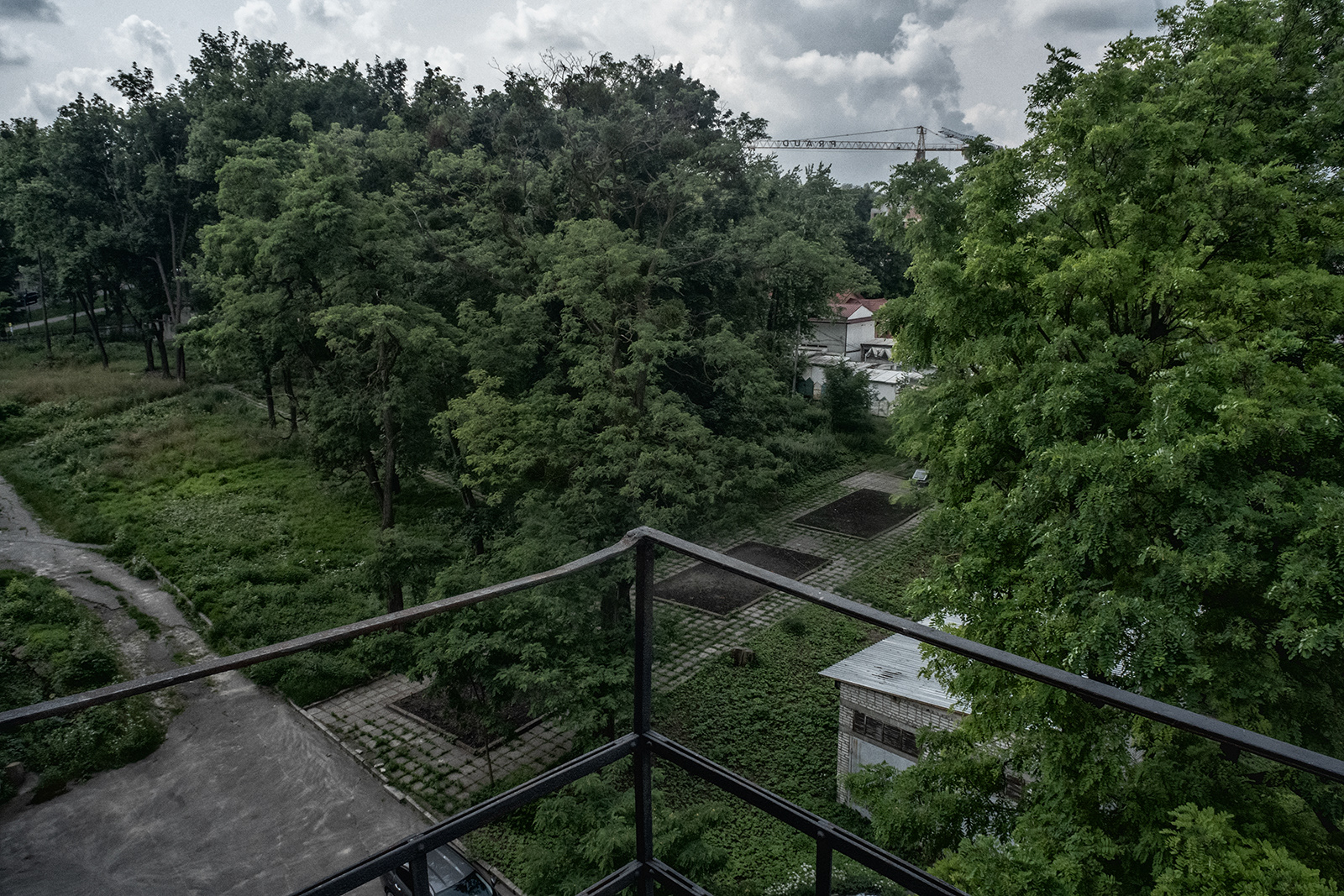
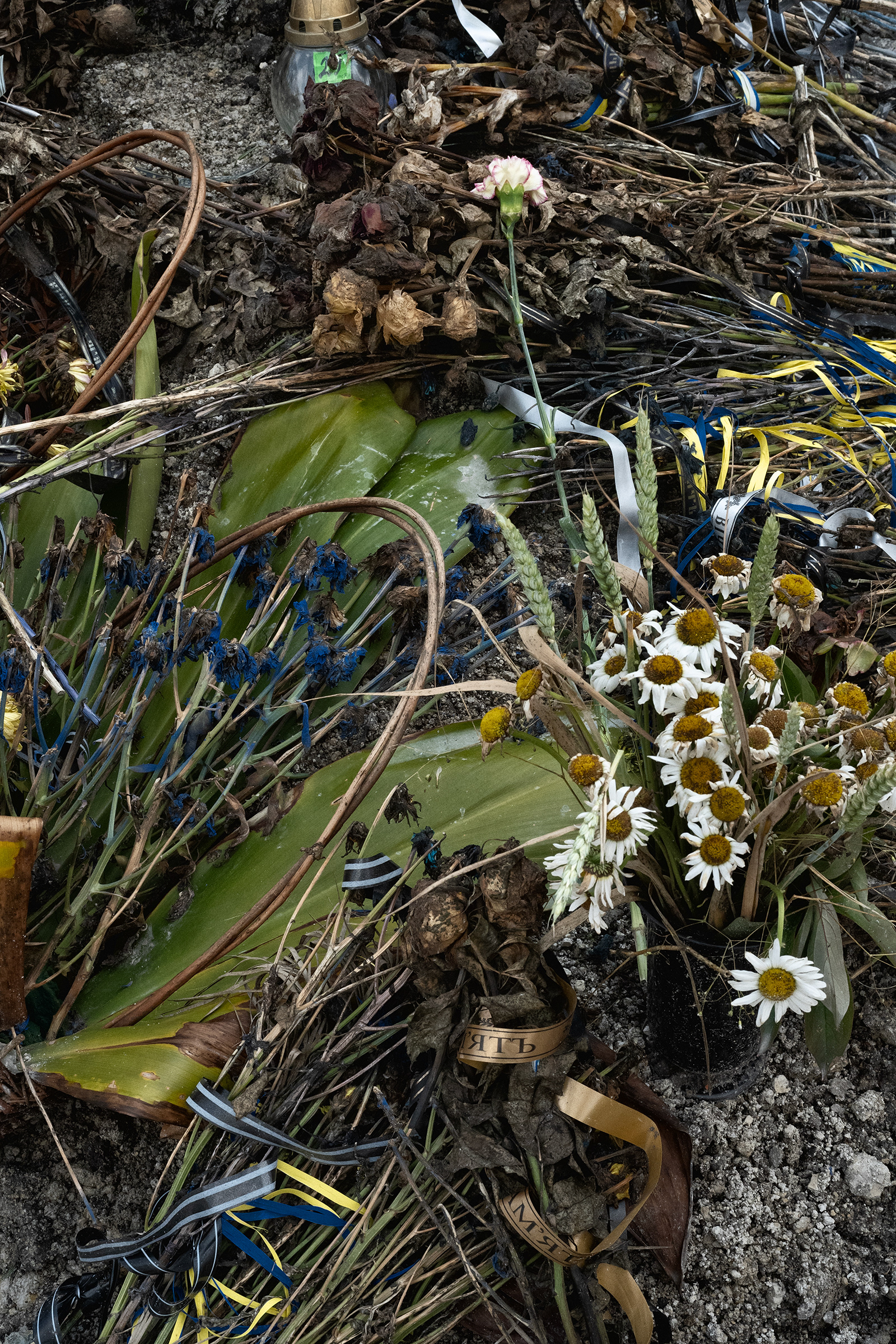
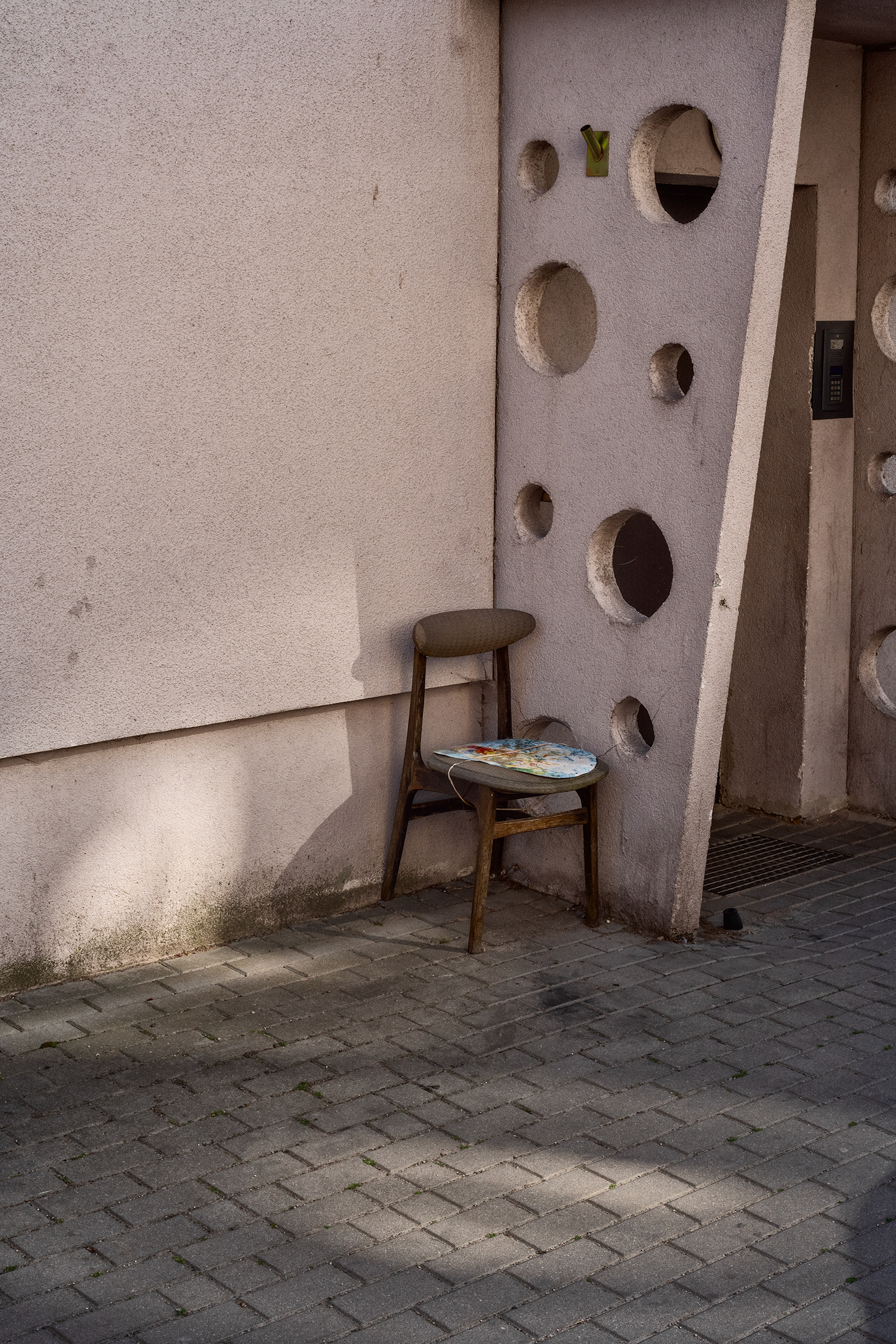
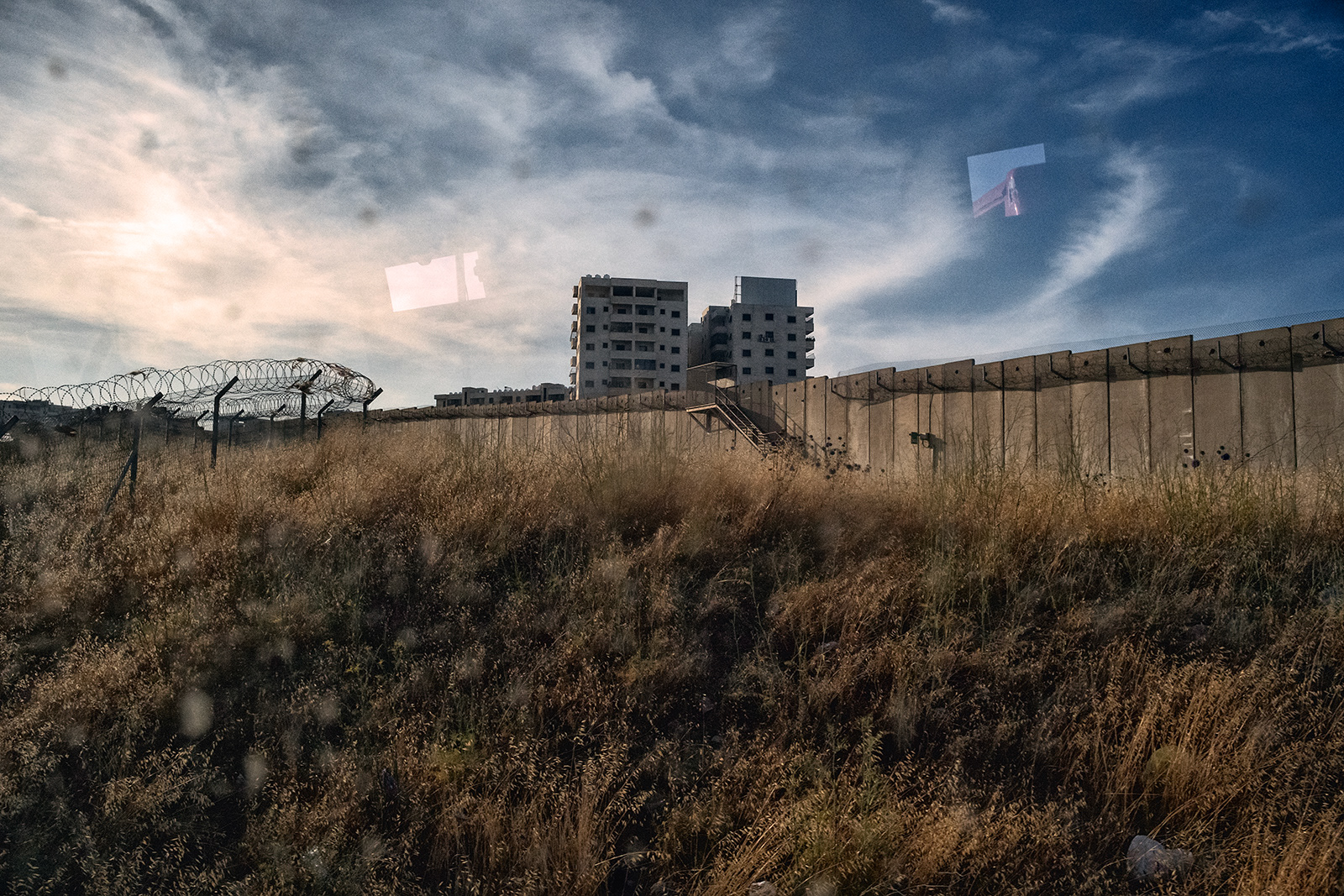
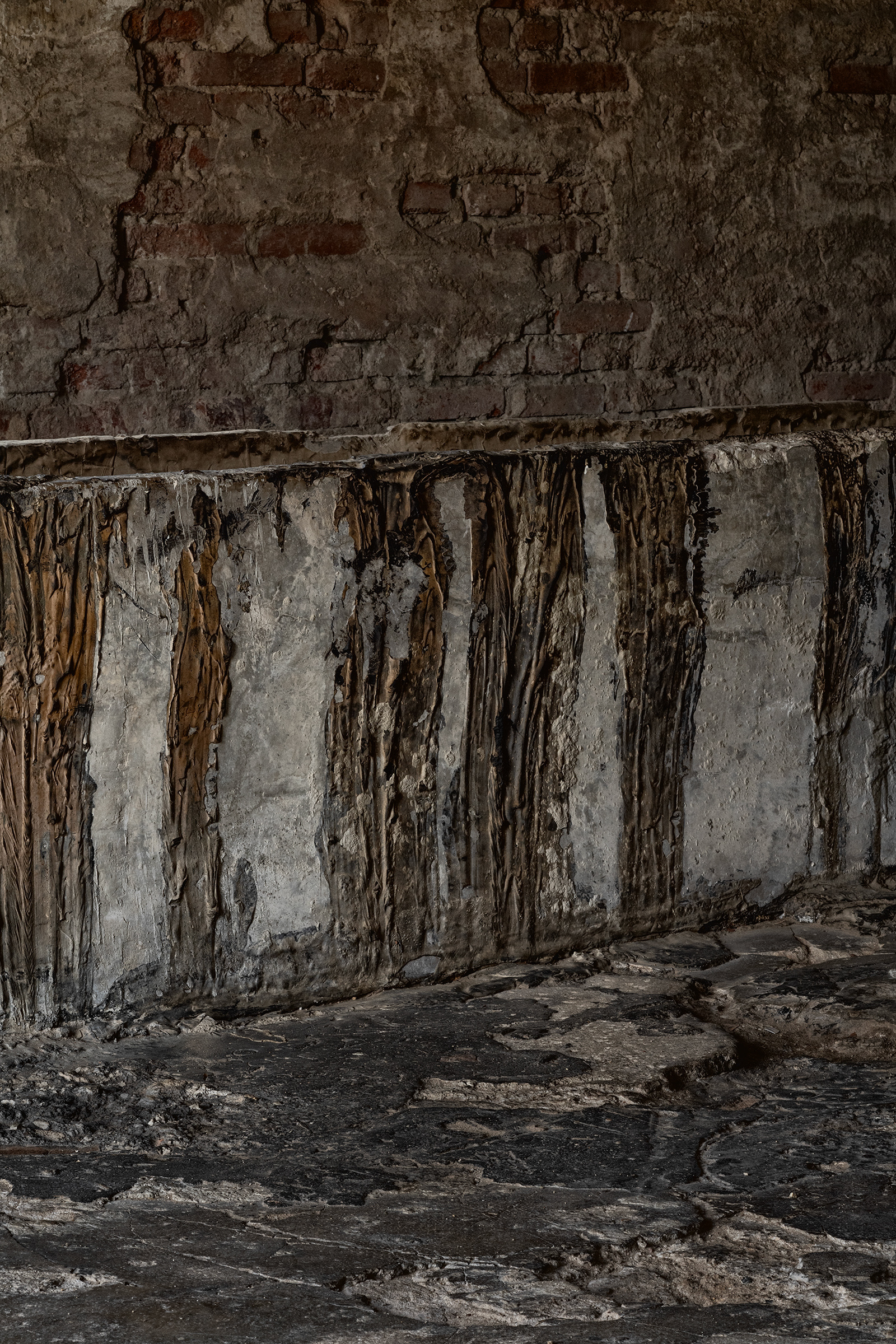
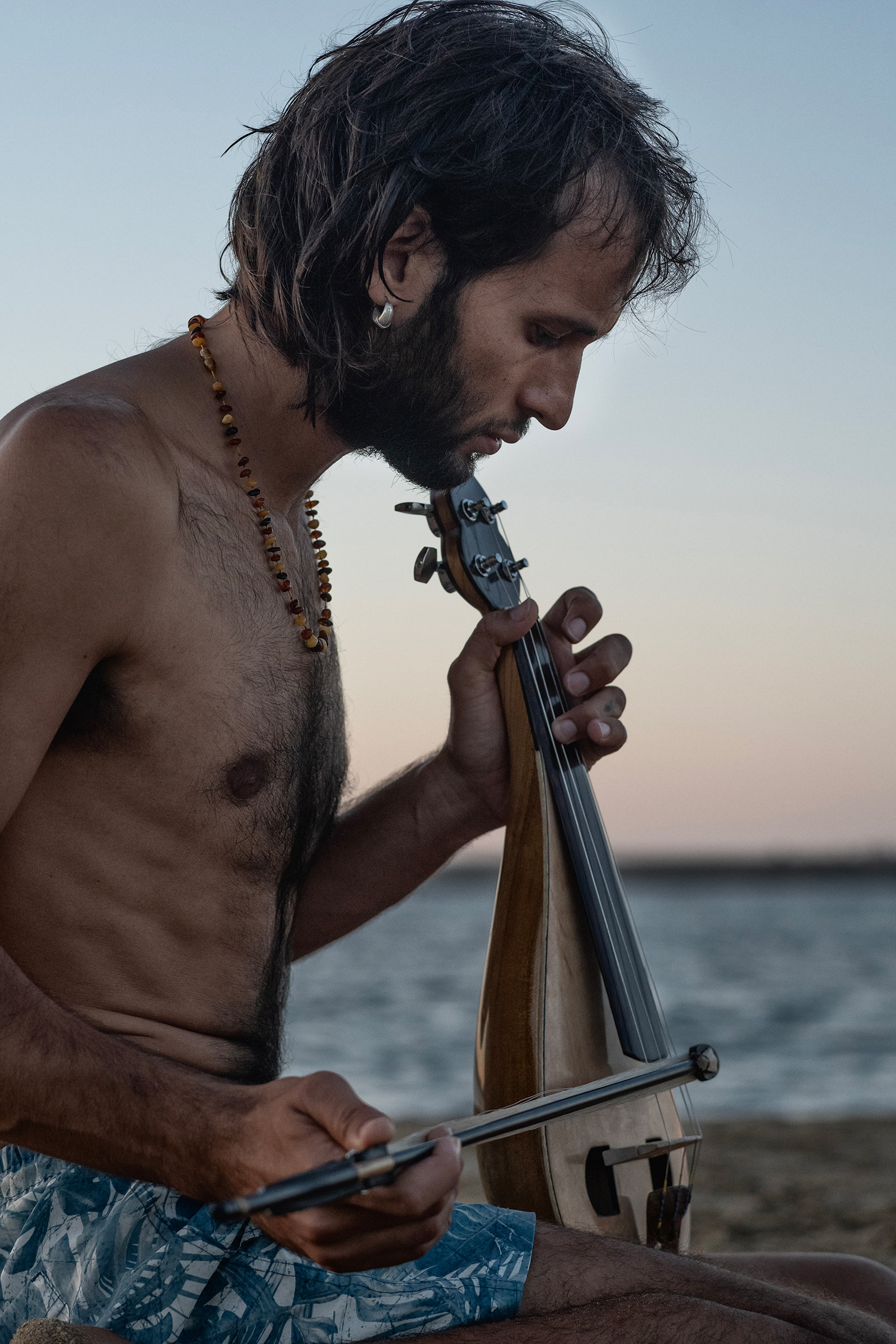
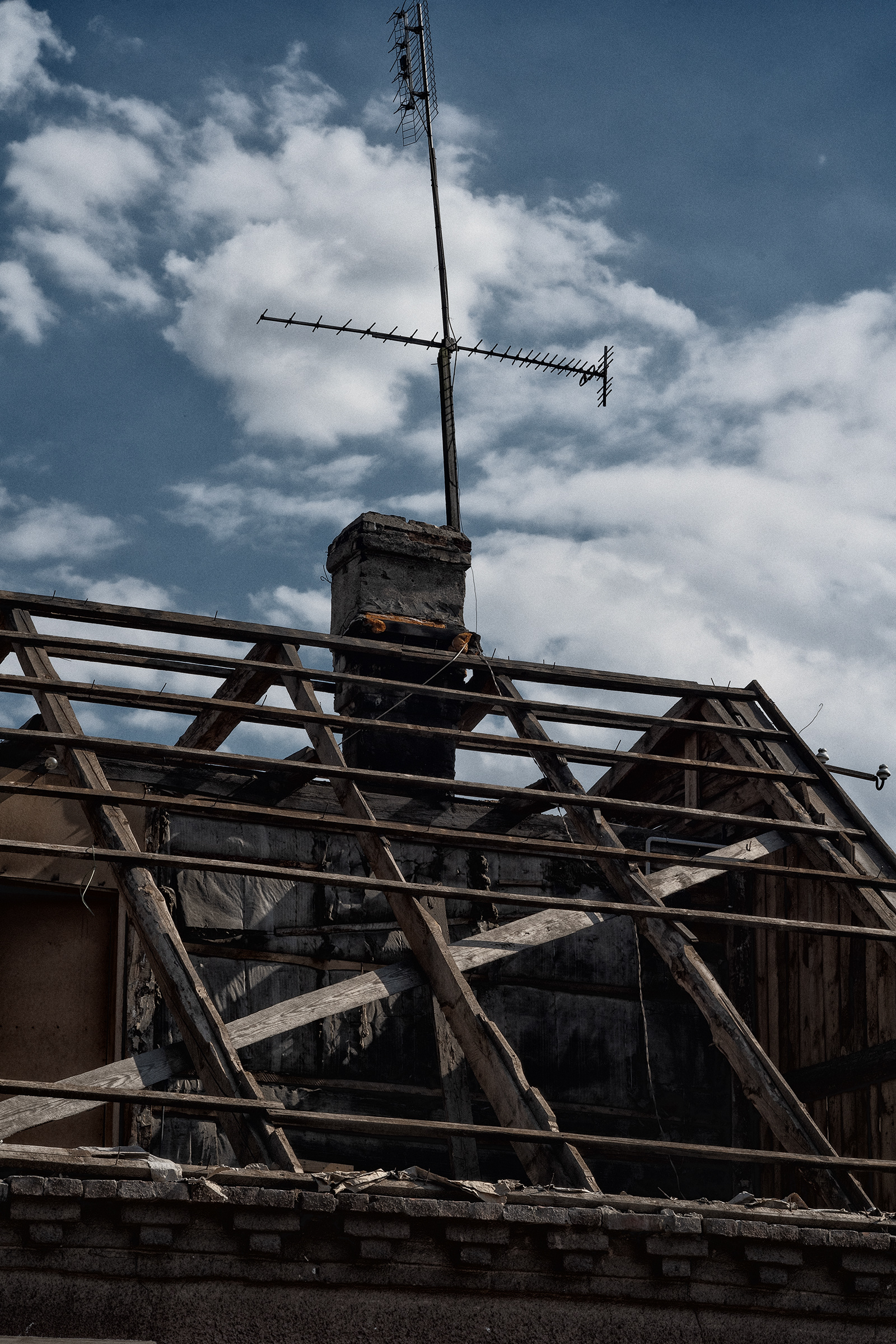
4.
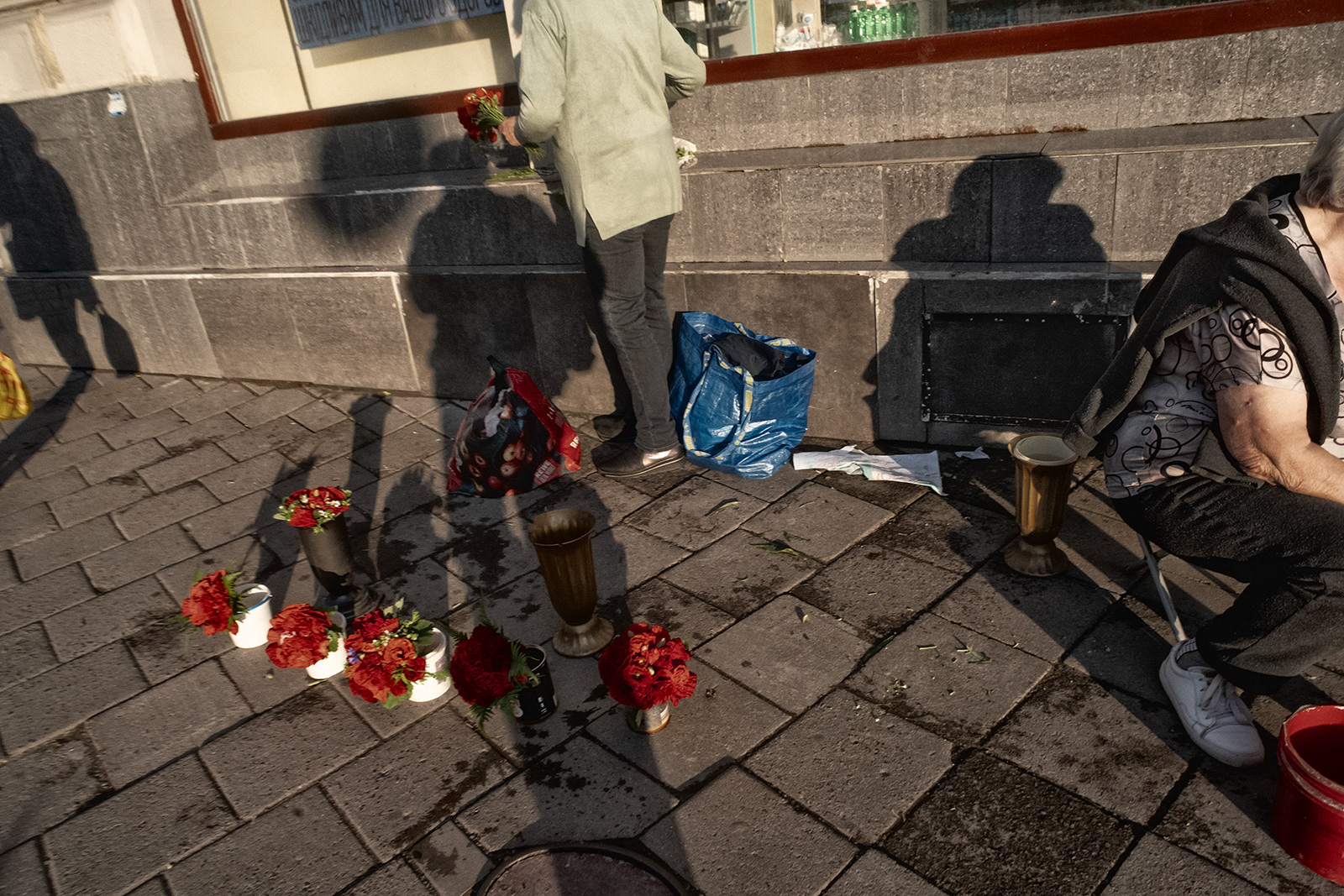
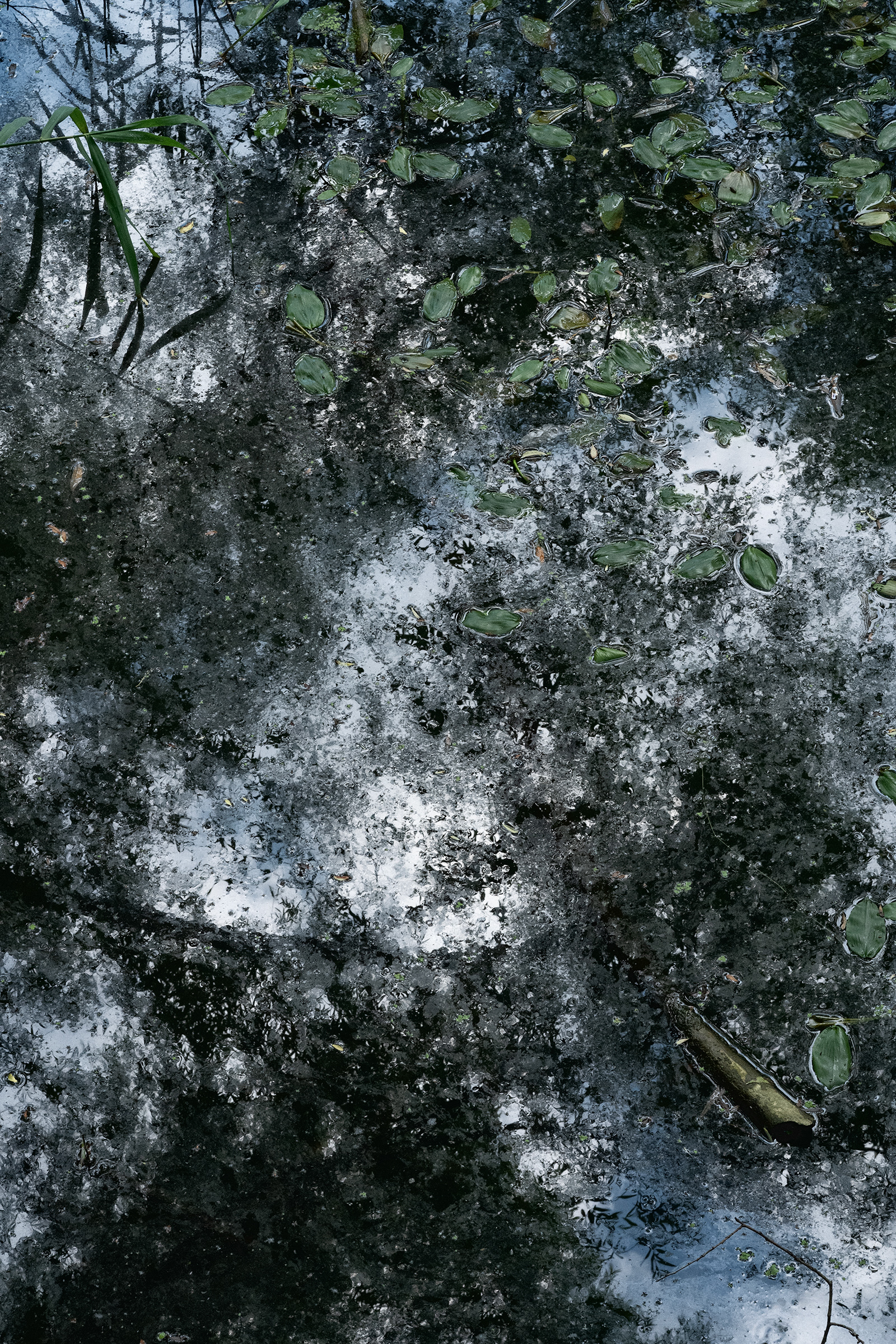
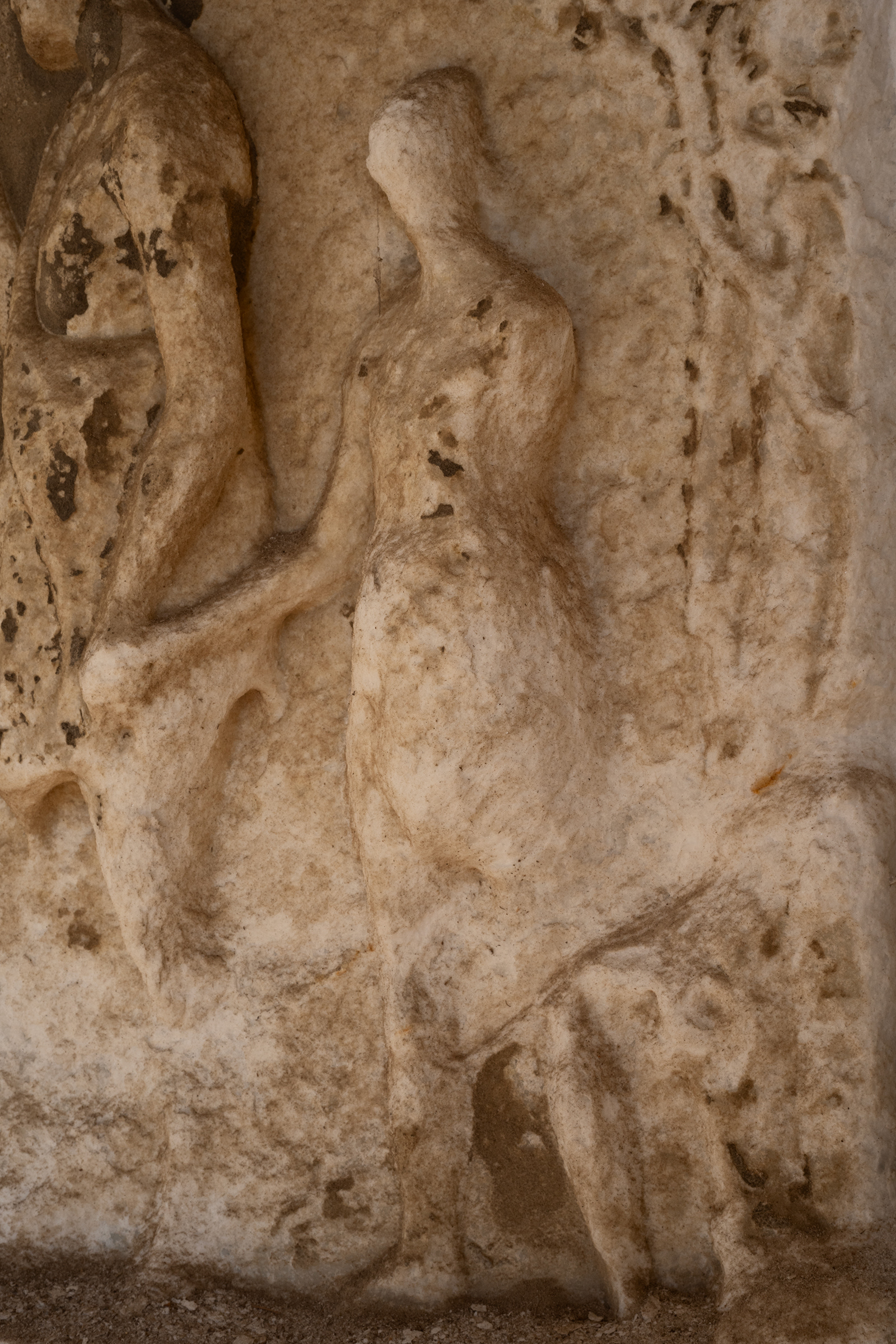
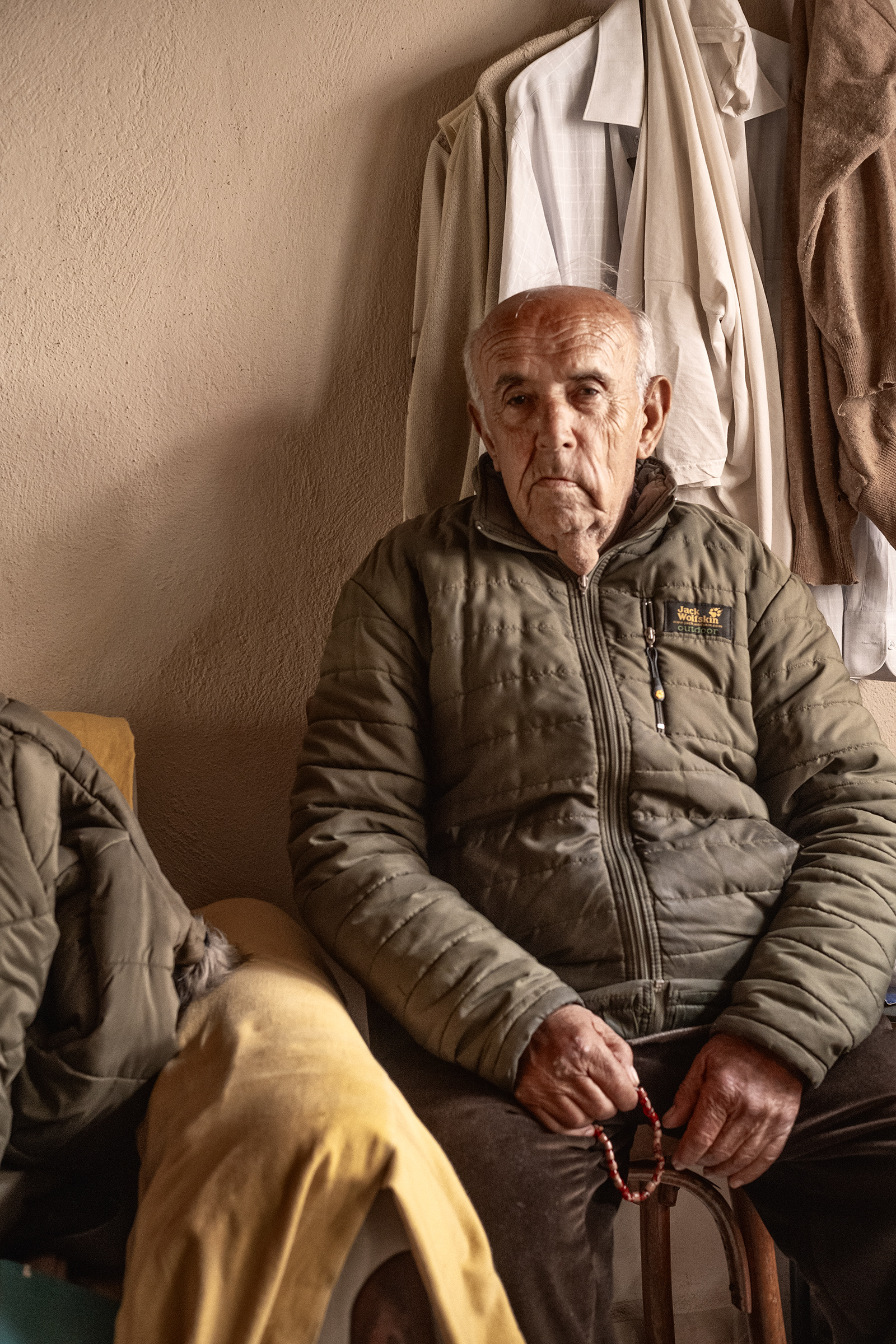
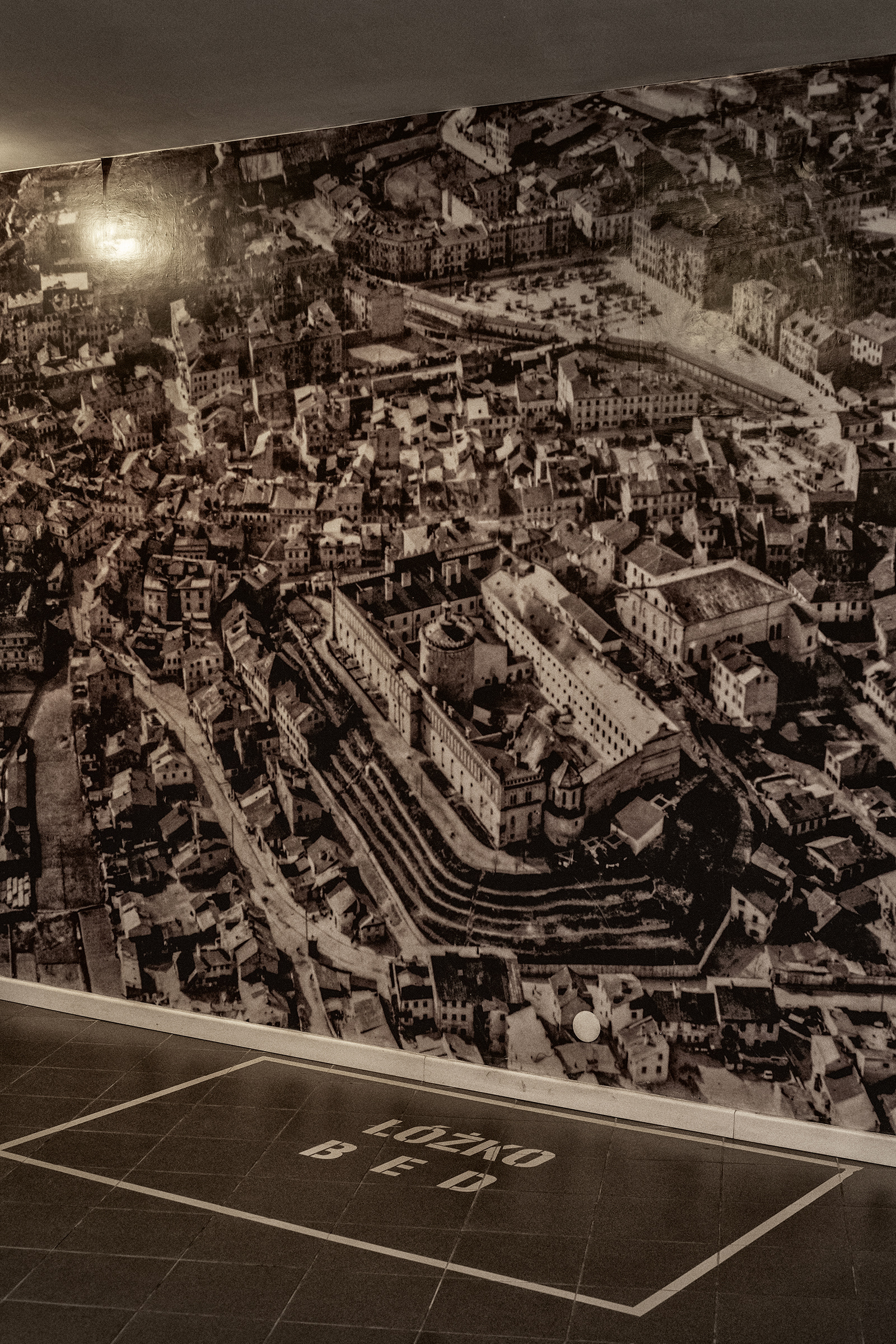
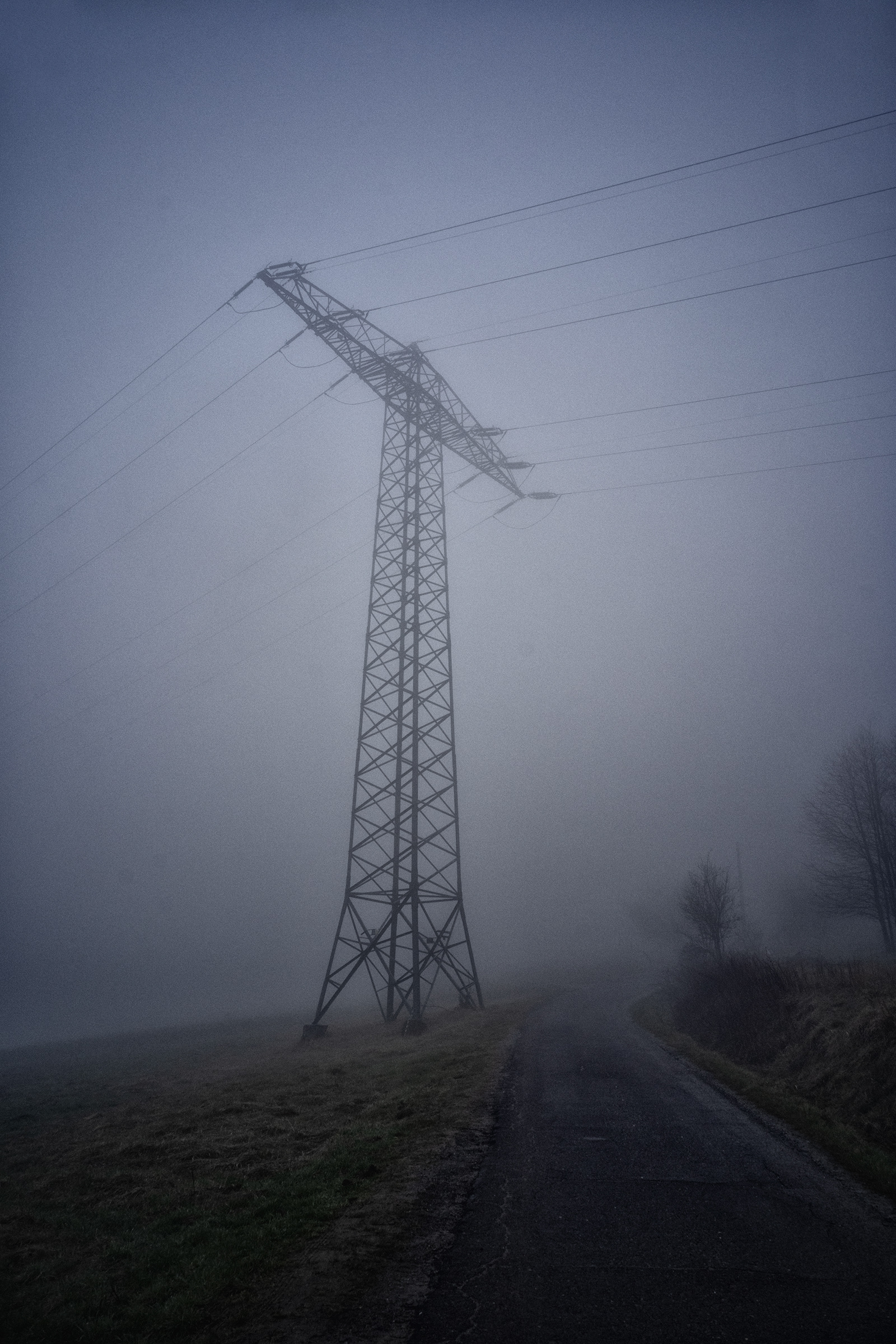
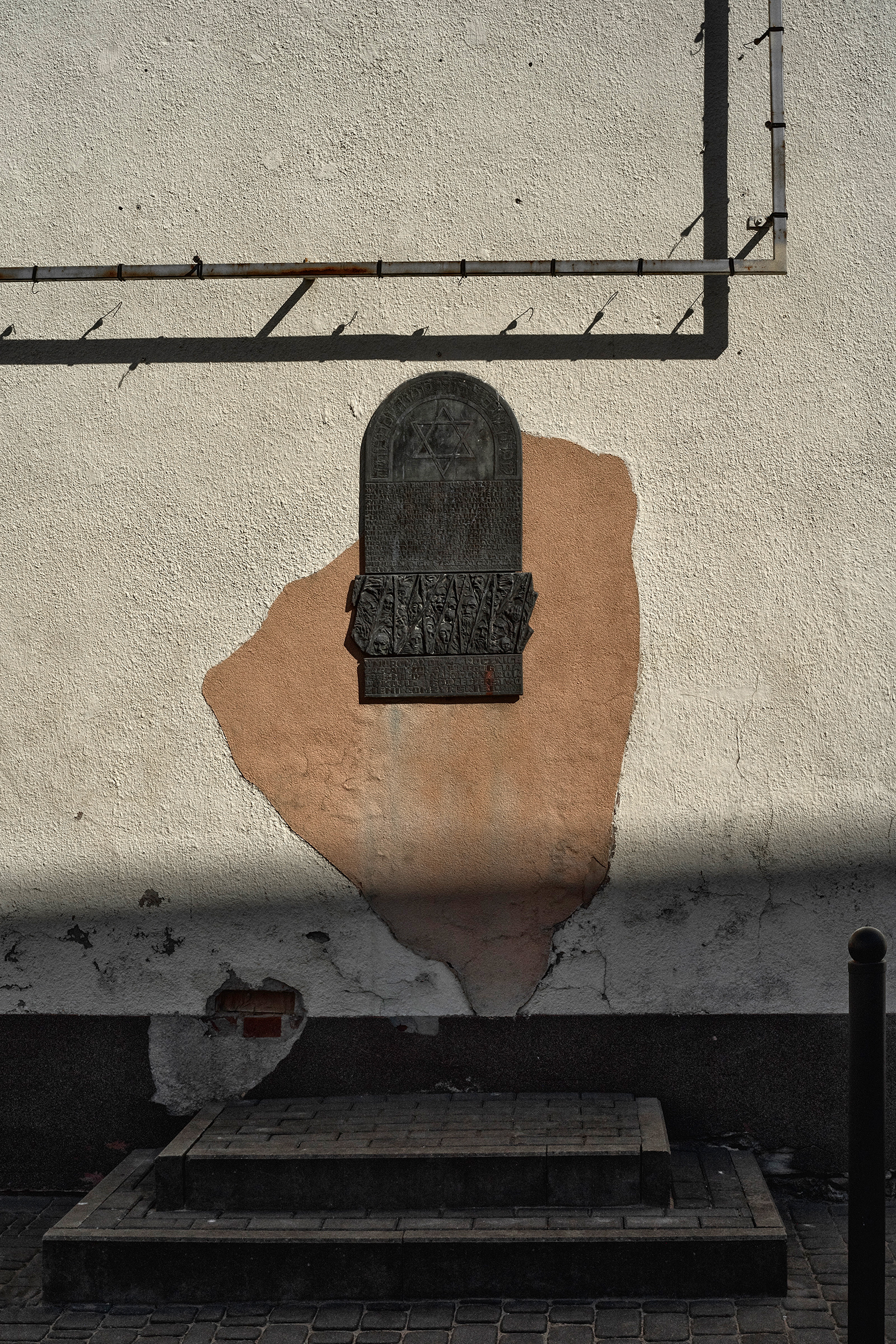
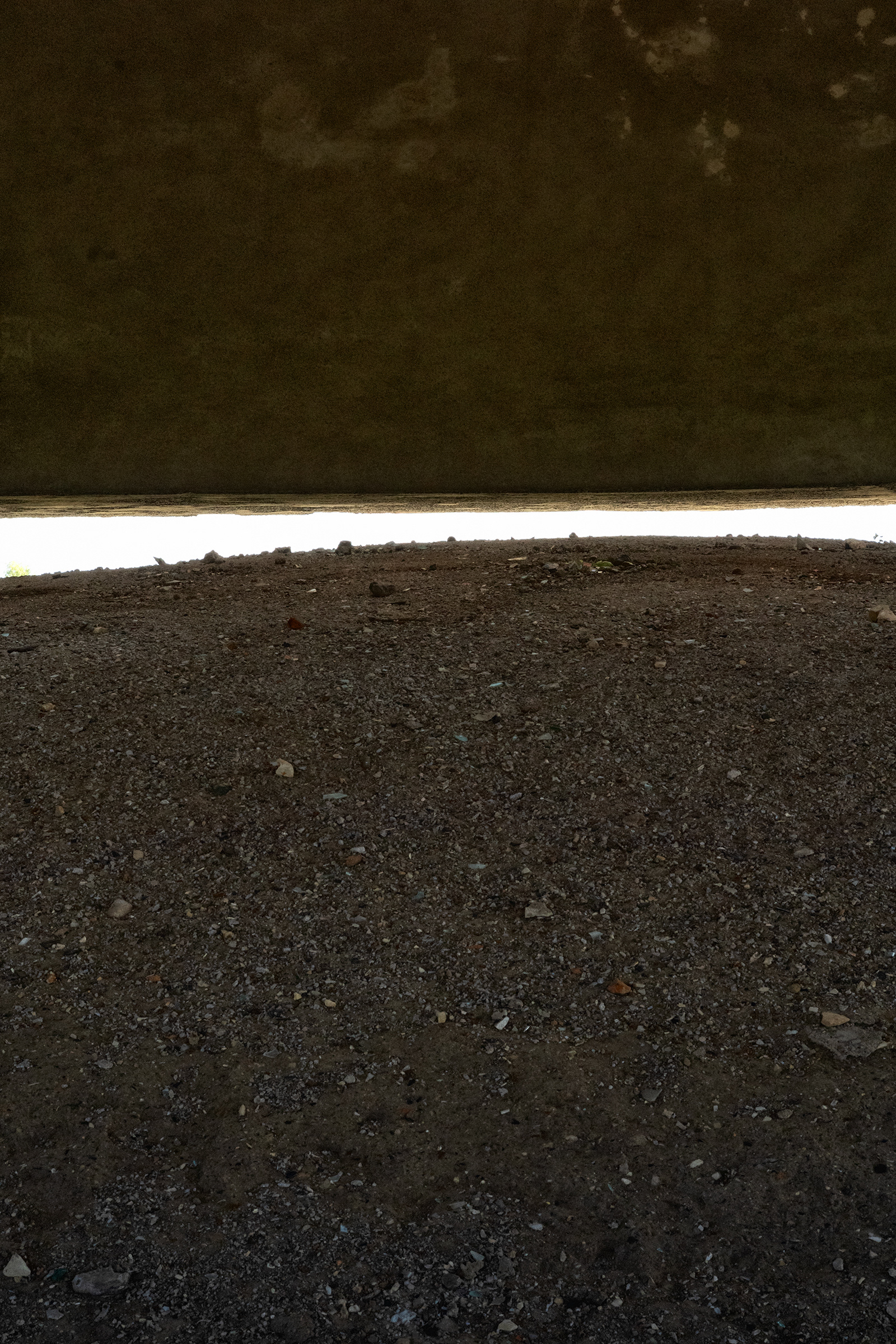
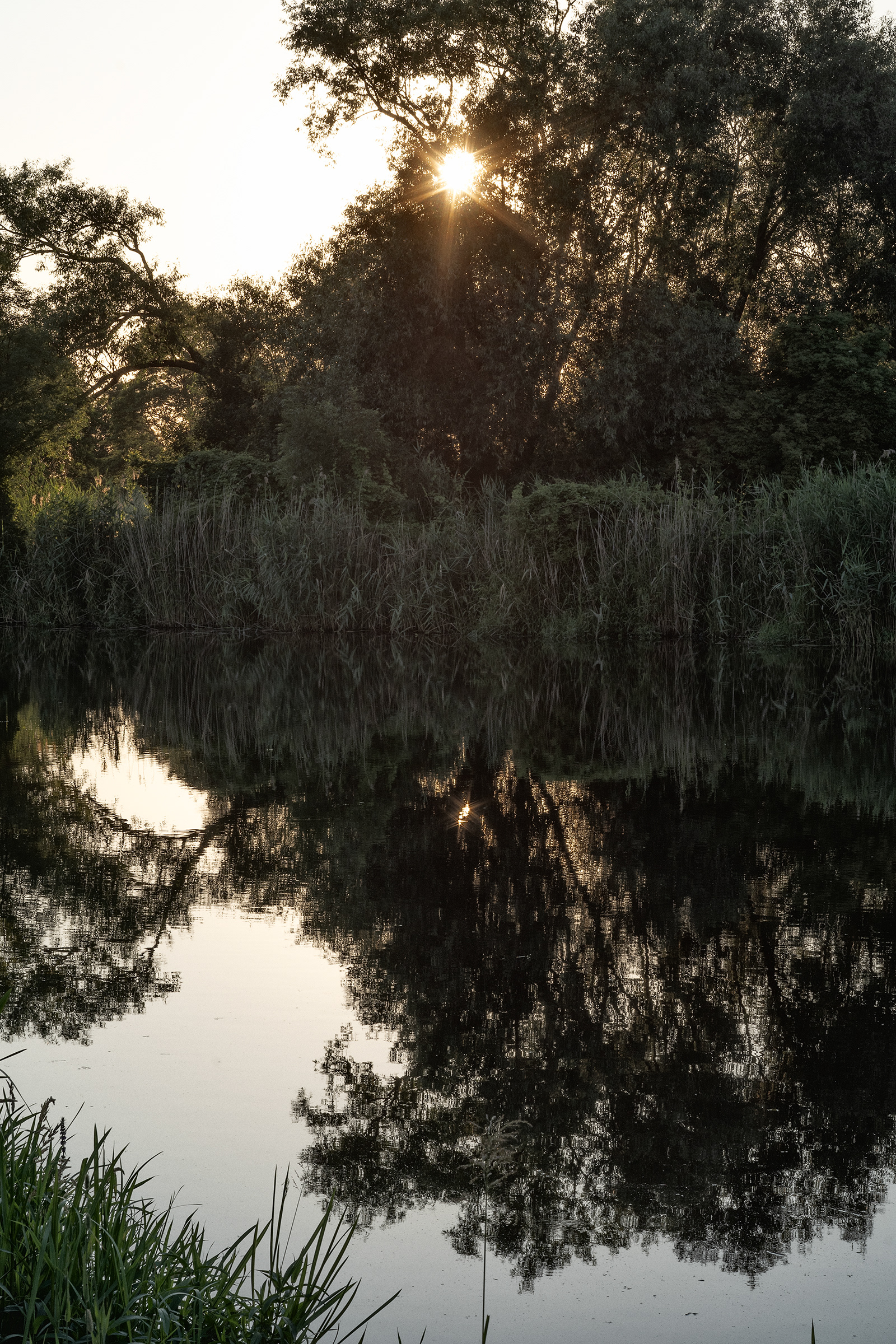
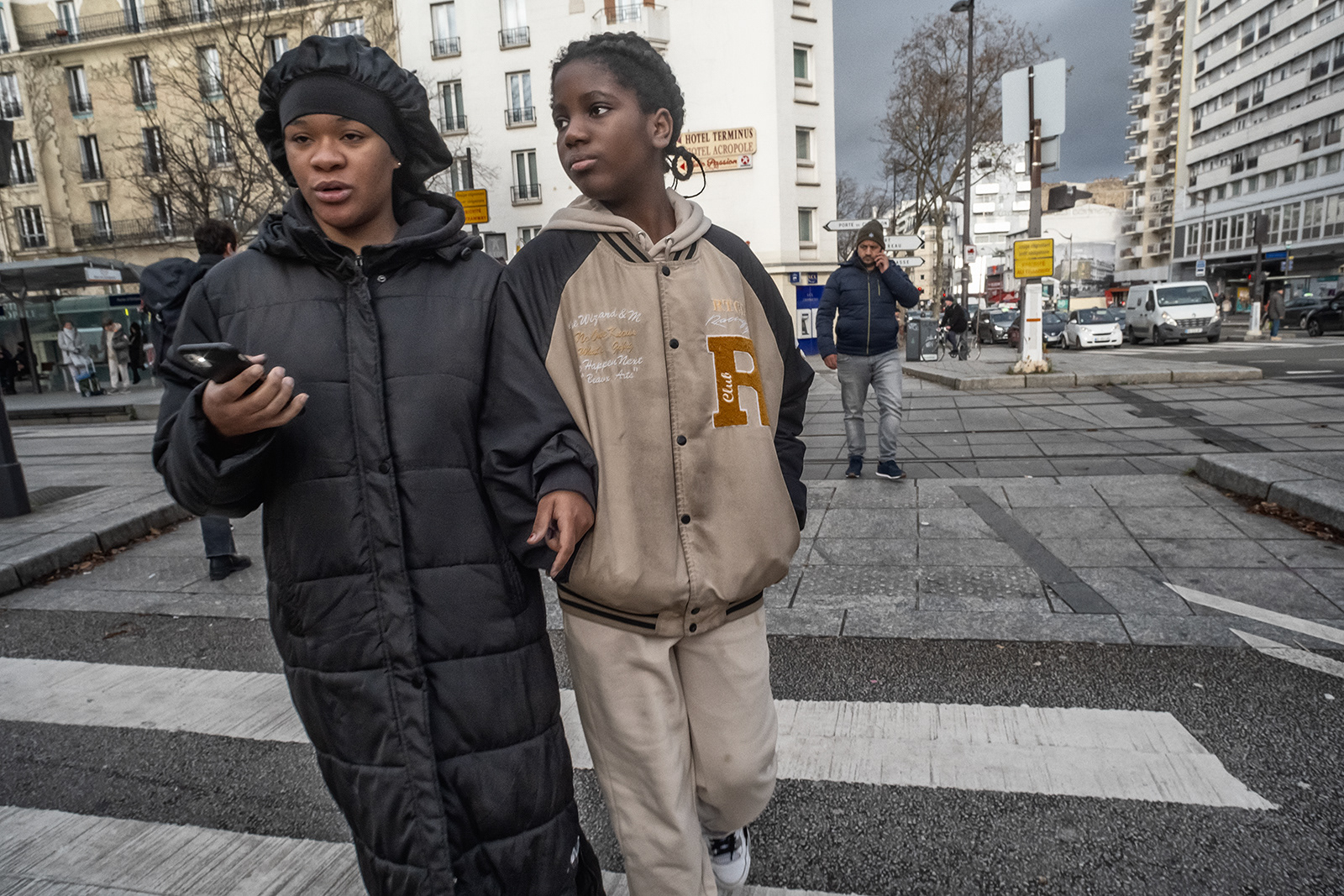
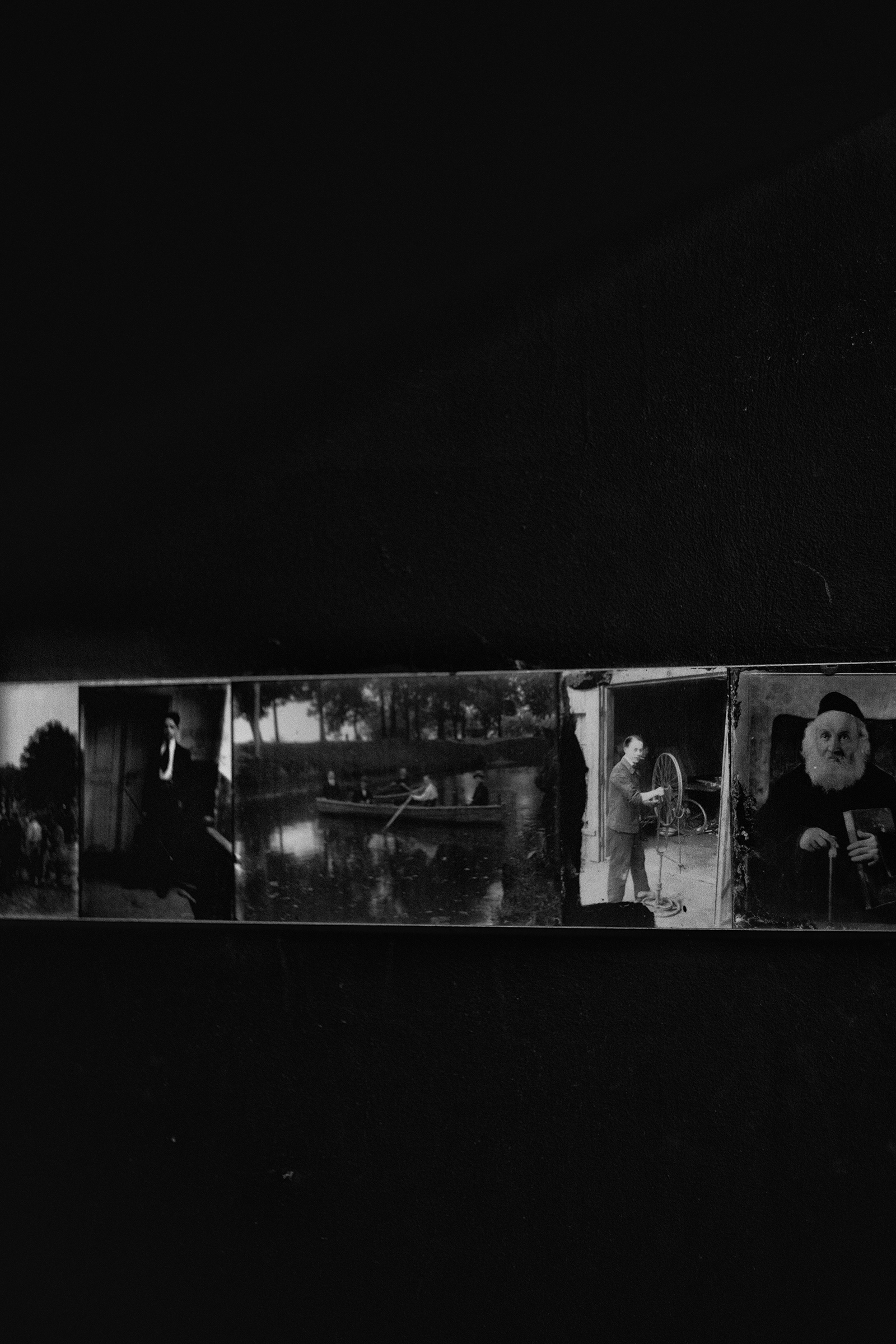
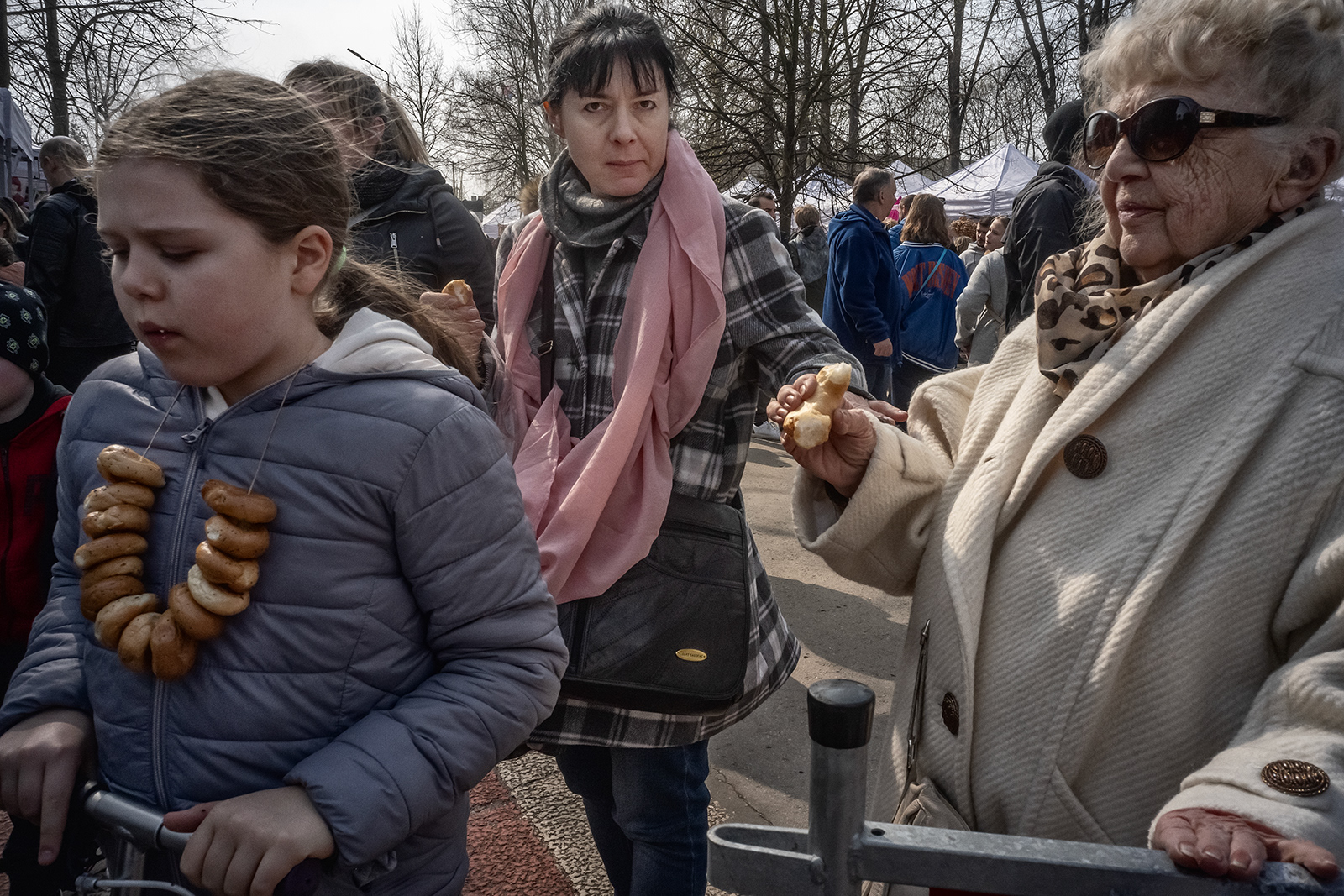
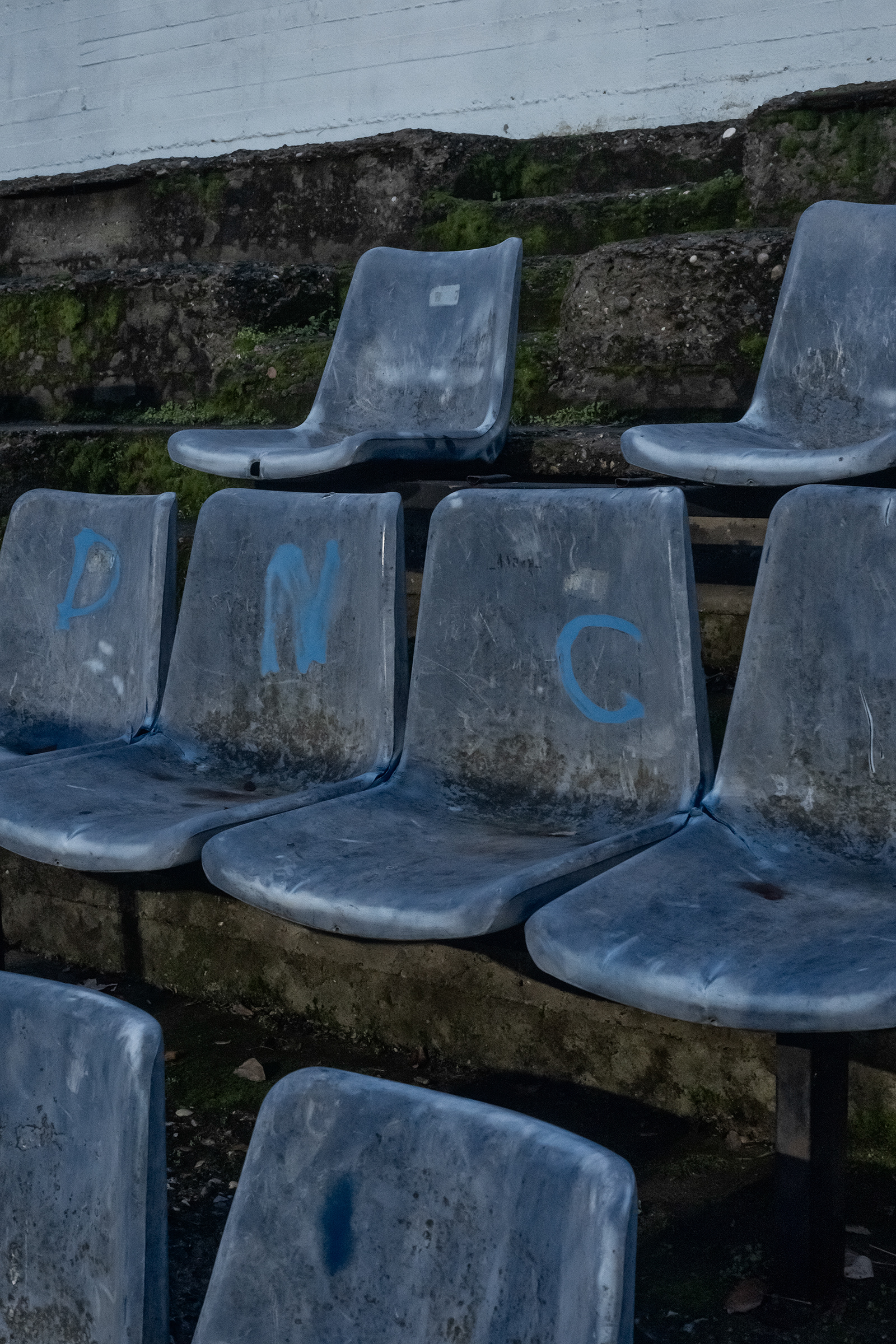
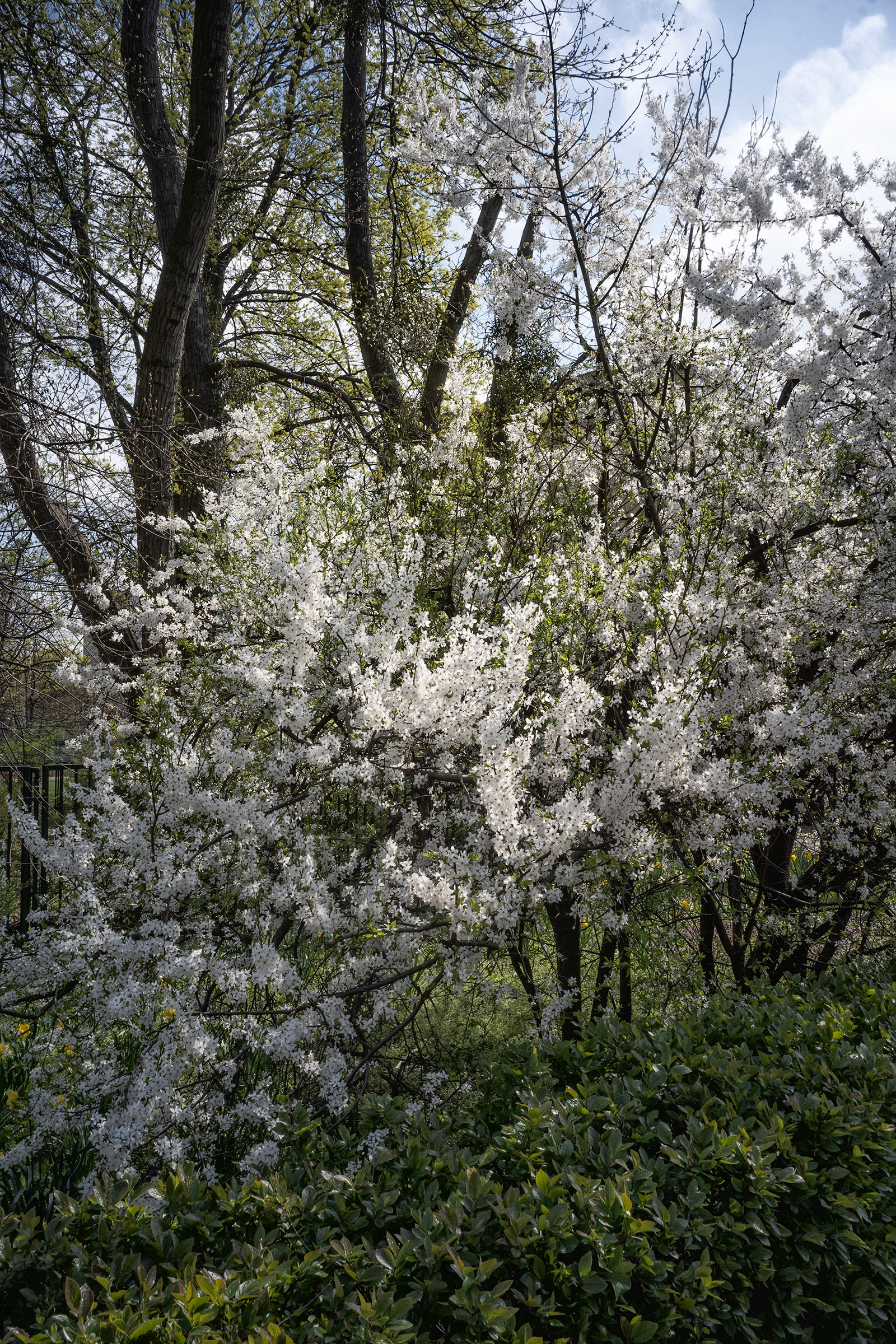
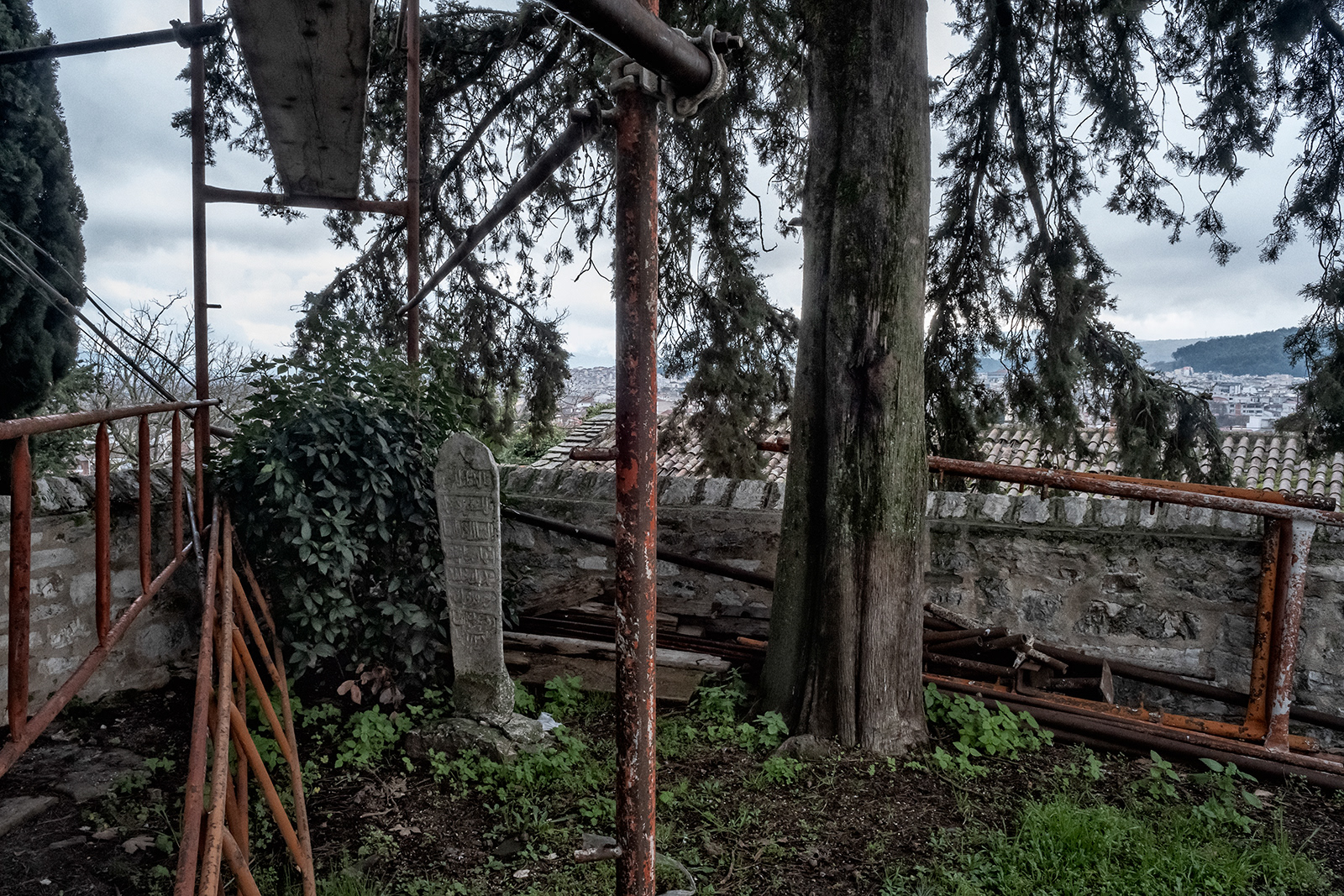
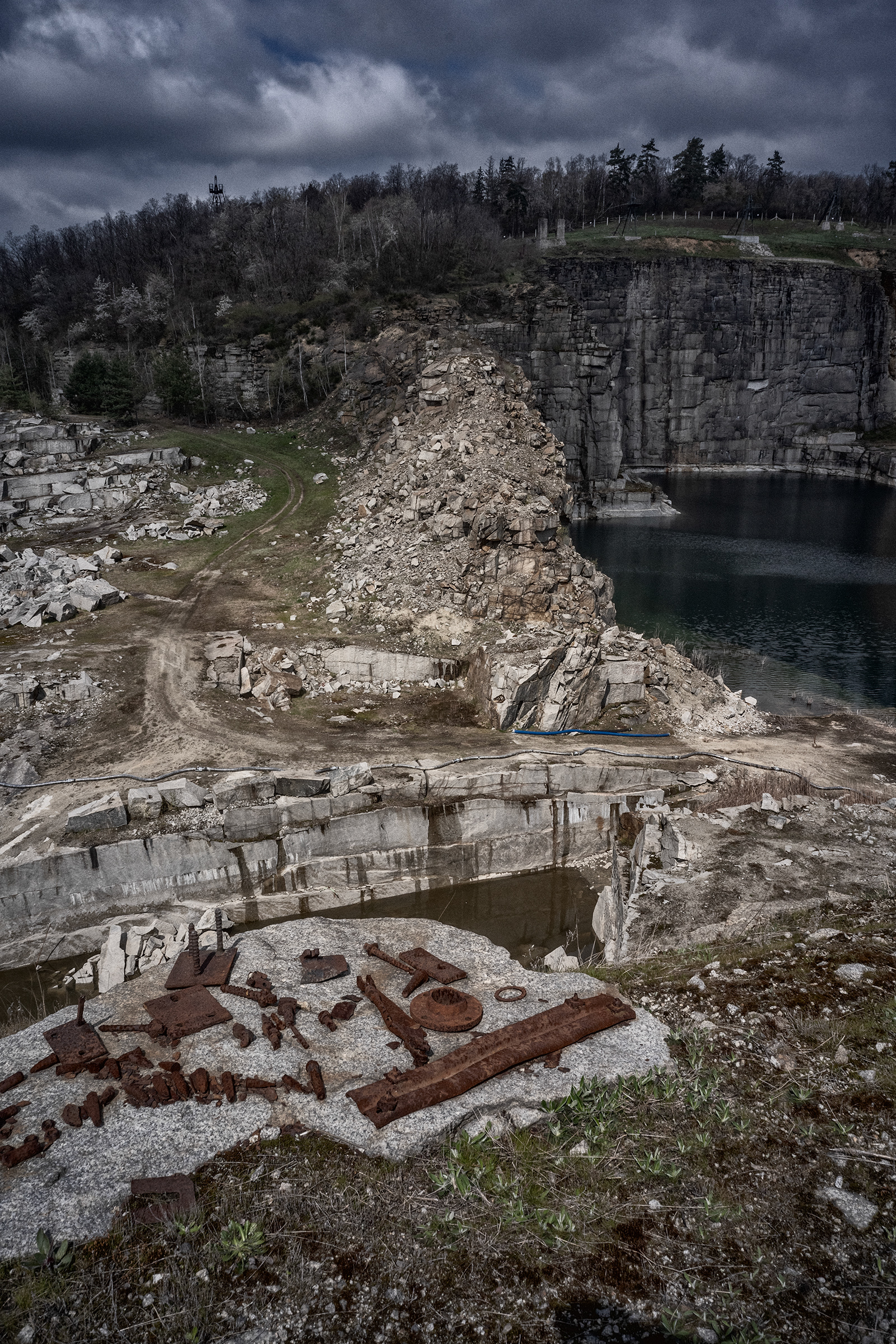
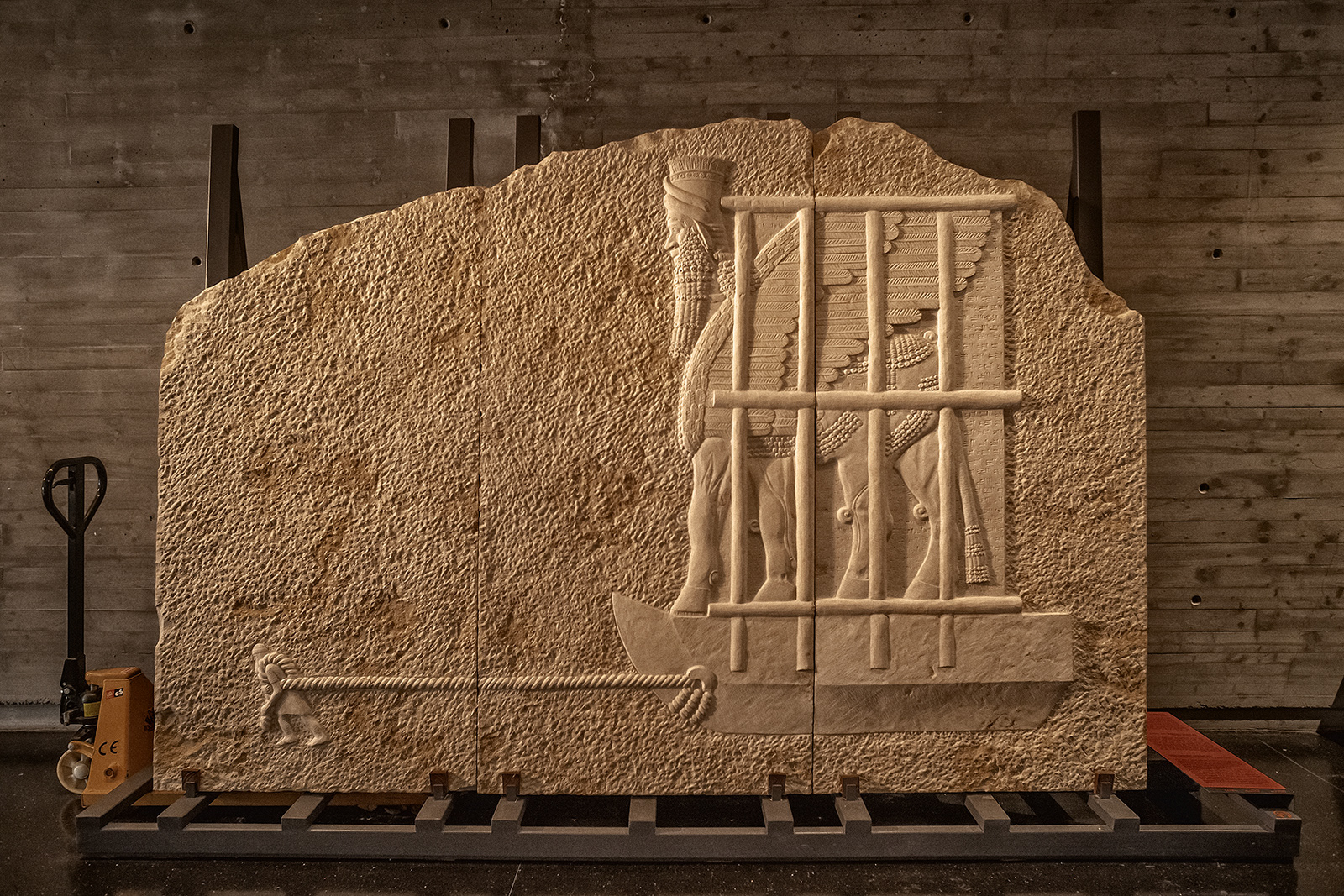
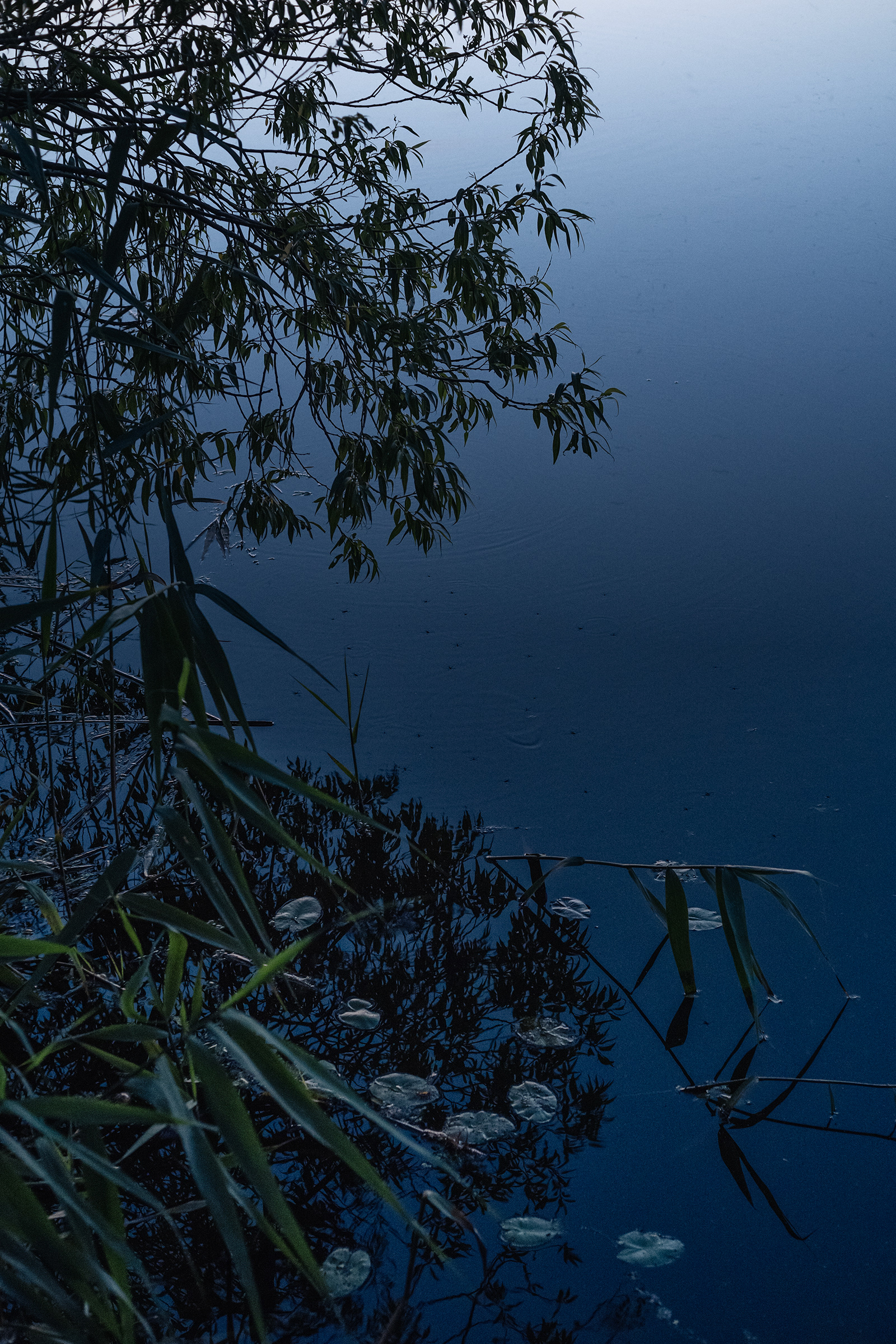
This work is inspired from several sides. In recent weeks, I have been listening to Johannes Brahms’ song cycle, “Vier ernste Gesänge” (“Four Serious Songs”), Op. 121. Also I am never far from the poems of Paul Celan—in masterful English renditions by Michael Hamburger, Pierre Joris, and John Felstiner. First and last, I have been pushed by my own preoccupations and discoveries during recent travels in Greece, Turkey, Italy, Israel/Palestine, Poland, Ukraine, France.
It goes without saying—but perhaps bears repeating—that an artist's animating forces, if they are live, will continue to present themselves differently. As I receive them now, it is like this: the four stanzas of Celan’s poem "YOUR BEING OVER there tonight" (“DEIN HINÜBERSEIN heute Nacht”) serve as thresholds for four poem cycles that link photographs not by place or chronology or specific topic, but by what I can only call aroma. The art of the visual sequence, after all, is mostly not about communicating information. It is also not about illustrating themes or ideas of interest—in my case, the patterns of resonance and interference that the everyday world and historic consciousness make, the ways deep sadness touches sensual aliveness in my own experience, the ways that Jewish memory finds its expression in the Jewish nothing. Rather it is the art of allowing images inferential gain, nuance and intimacy in juxtaposition that they would not have on their own.
I can say the sequences of photographs forming this work according to the places where I made them, like this:
Song 1
1/ Veria, Greece 2/ Chania, Crete 3/ Chania, Crete 4/ Near Osówka, Poland 5/ Near Lviv, Ukraine 6/ Ayvalik, Turkey 7/ Rethymno, Crete 8/ Kraków, Poland 9/ Paris, France 10/ Xanthi, Greece 11/ Lviv, Ukraine 12/ Xanthi, Greece 13/ Near Serres, Greece 14/ Xanthi, Greece 15/ Lviv, Ukraine 16/ Chania, Crete 17/ Paris, France 18/ Lublin, Poland
Song 2
1/ Veria, Greece 2/ Izmir, Turkey 3/ Nafpaktos, Greece 4/ Venice, Italy 5/ Ramallah, Palestine 6/ Lviv, Ukraine 7/ Xanthi, Greece 8/ Lviv, Ukraine 9/ Izbica, Poland 10/ Wrocław, Poland 11/ Lviv, Ukraine 12/ Krasnogruda, Poland 13/ Gross Rosen, Poland 14/ Kraków, Poland 15/ Bethlehem, Palestine 16/ Lublin, Poland 17/ Ayvalik, Turkey 18/ Ioannina, Greece
1/ Veria, Greece 2/ Izmir, Turkey 3/ Nafpaktos, Greece 4/ Venice, Italy 5/ Ramallah, Palestine 6/ Lviv, Ukraine 7/ Xanthi, Greece 8/ Lviv, Ukraine 9/ Izbica, Poland 10/ Wrocław, Poland 11/ Lviv, Ukraine 12/ Krasnogruda, Poland 13/ Gross Rosen, Poland 14/ Kraków, Poland 15/ Bethlehem, Palestine 16/ Lublin, Poland 17/ Ayvalik, Turkey 18/ Ioannina, Greece
Song 3
1/ Anogia, Crete 2/ Near Ramallah, Palestine 3/ Paris, France 4/ Jerusalem, Israel 5/ Lviv, Ukraine 6/ Hebron, Palestine 7/ Venice, Italy 8/ Near Wrocław, Poland 9/ Paris, France 10/ Chania, Crete 11/ Lviv, Ukraine 12/ Lviv, Ukraine 13/ Lviv, Ukraine 14/ Łomża, Poland 15/ Near Ramallah, Palestine 16/ Gross Rosen, Poland 17/ Rethymno, Crete 18/ Tykocin, Poland
1/ Anogia, Crete 2/ Near Ramallah, Palestine 3/ Paris, France 4/ Jerusalem, Israel 5/ Lviv, Ukraine 6/ Hebron, Palestine 7/ Venice, Italy 8/ Near Wrocław, Poland 9/ Paris, France 10/ Chania, Crete 11/ Lviv, Ukraine 12/ Lviv, Ukraine 13/ Lviv, Ukraine 14/ Łomża, Poland 15/ Near Ramallah, Palestine 16/ Gross Rosen, Poland 17/ Rethymno, Crete 18/ Tykocin, Poland
Song 4
1/ Lviv, Ukraine 2/ Lviv, Ukraine 3/ Venice, Italy 4/ Ayvalik, Turkey 5/ Lublin, Poland 6/ Near Osówka, Poland 7/ Łomża, Poland 8/ Lublin, Poland 9/ Tykocin, Poland 10/ Paris, France 11/ Lublin, Poland 12/ Kraków, Poland 13/ Veria, Greece 14/ Warsaw, Poland 15/ Ioannina, Greece 16/ Gross Rosen, Poland 17/ Jerusalem, Israel 18/ Tykocin, Poland
1/ Lviv, Ukraine 2/ Lviv, Ukraine 3/ Venice, Italy 4/ Ayvalik, Turkey 5/ Lublin, Poland 6/ Near Osówka, Poland 7/ Łomża, Poland 8/ Lublin, Poland 9/ Tykocin, Poland 10/ Paris, France 11/ Lublin, Poland 12/ Kraków, Poland 13/ Veria, Greece 14/ Warsaw, Poland 15/ Ioannina, Greece 16/ Gross Rosen, Poland 17/ Jerusalem, Israel 18/ Tykocin, Poland
All the photographs here were made in 2023.
By way of a coda: in early January 2024, I summoned the will to go to the Mirabeau bridge in Paris, where Celan dropped into the Seine to end his life in 1970. Though I have spent many years wrestling with the aftermath of the Holocaust—many of the locations in this book are sites in the geography of genocide—somehow I had not been able to bring myself to go to the place of Celan's suicide. I walked there from the perimeter of the city, and a storm was blowing by the time I reached the bridge. The current was running fast—to the west—and the rainy wind was blowing hard from the west. Somehow it was meaningful that these two forces should be moving in opposite directions. I found a place on the bridge that for some reason struck me as near the point of his drop. I concentrated on what he has meant to me for so many decades—the example that he gave me in his need to shatter language and write from the space in between the pieces. I thought about his poem, "YOUR BEING OVER there tonight." The weather got worse. After some time a kaddish pushed itself out of my mouth—I did not expect that—and I put the camera on the railing and began to make photographs. The exposures lasted a couple of minutes each. I let the rain collect on the lens. Somehow I managed the necessary stillness, even with freezing hands. When the cold and the moment became too much, I felt what I could only call a pulse. I cannot say—precisely cannot—whether it belonged to a meridian, as Celan calls it, the one leading toward the needed unreachable.
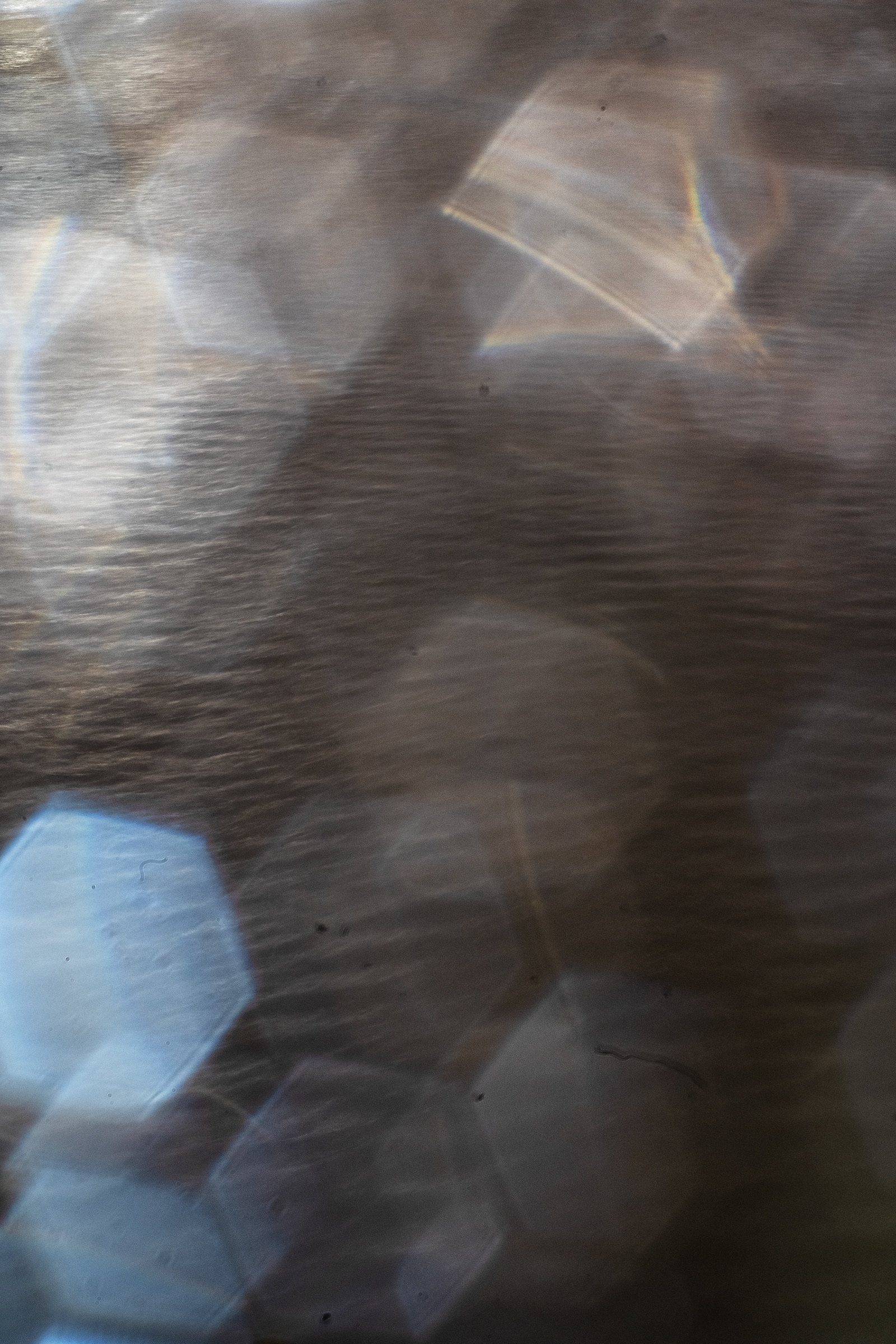
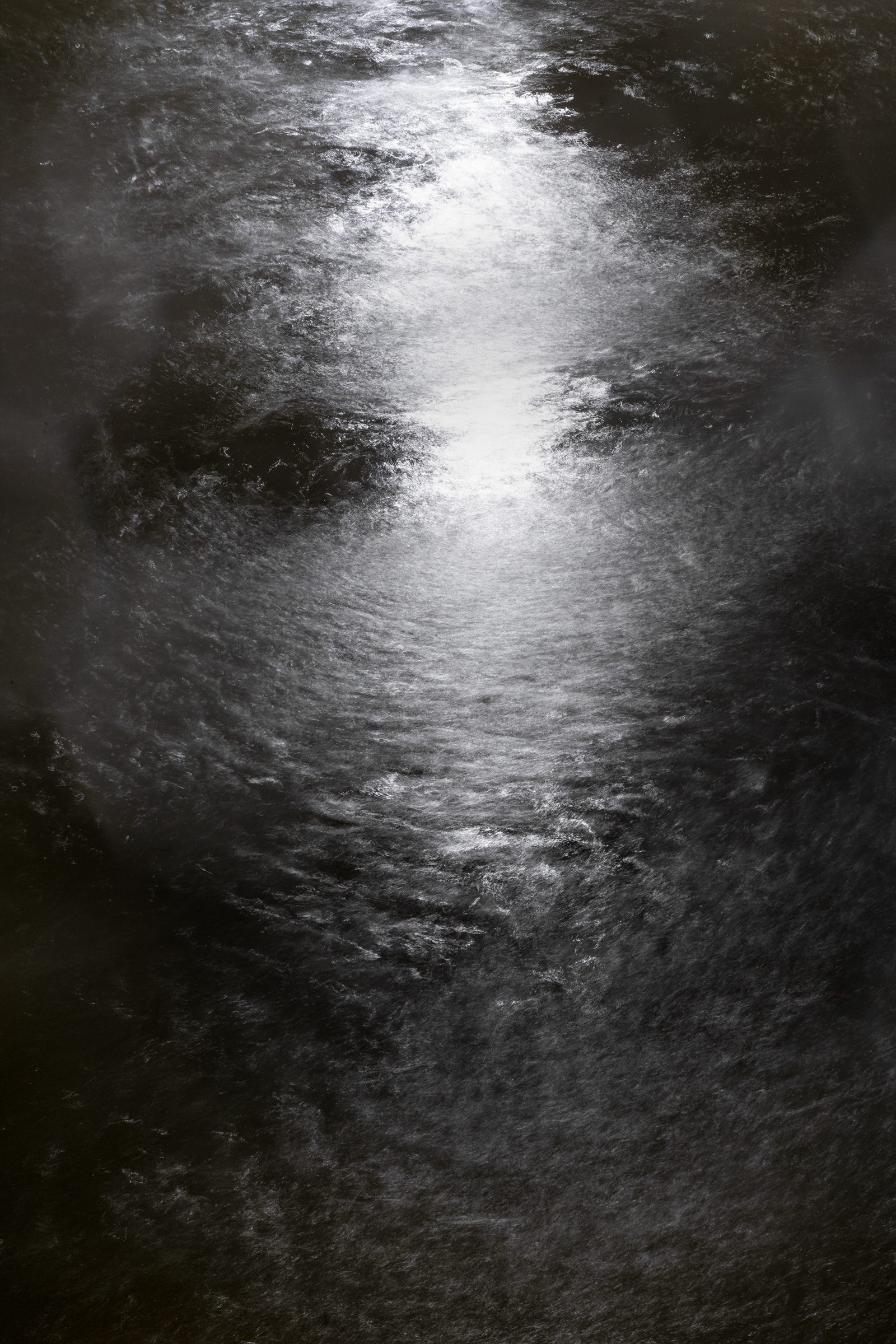
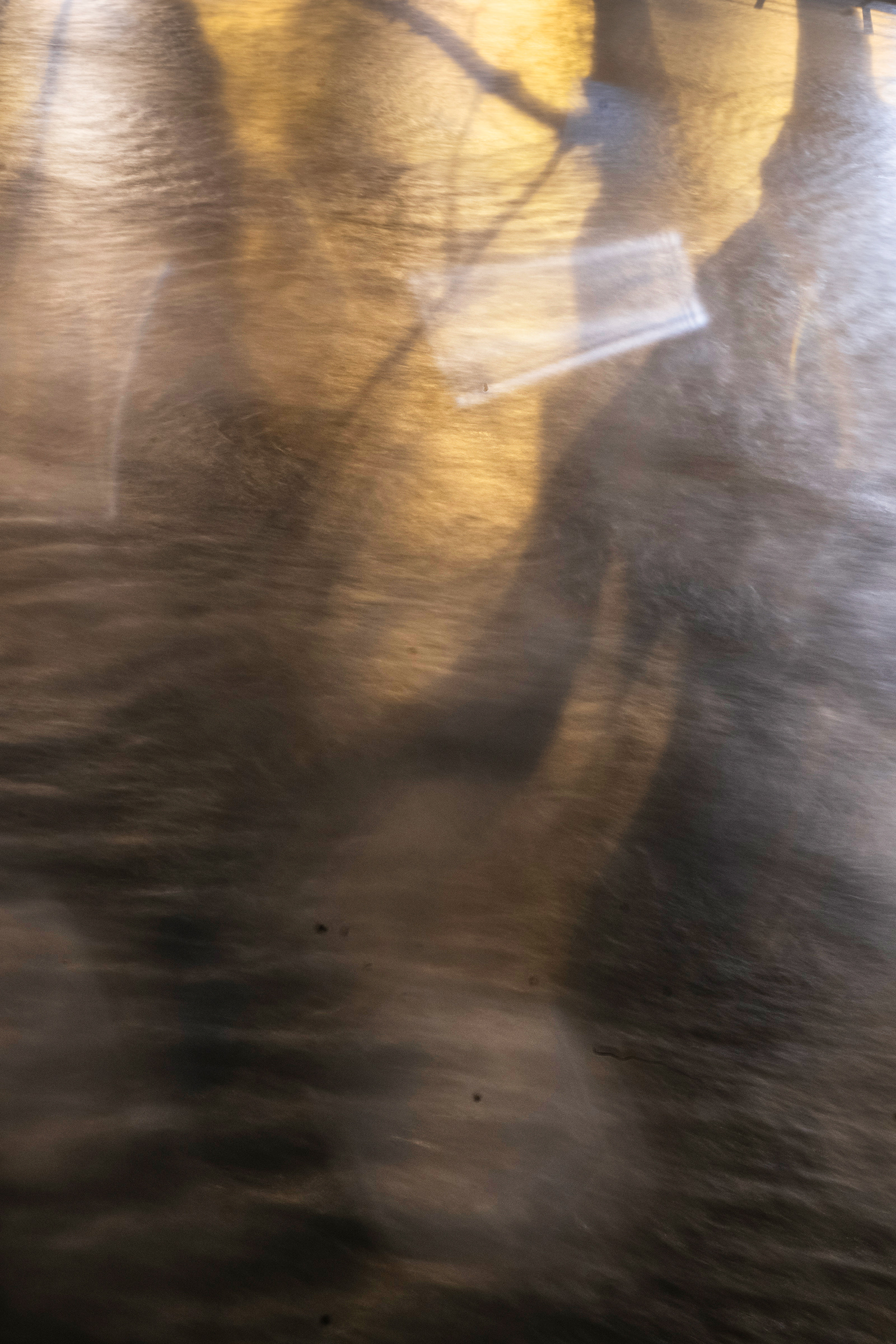
Jason Francisco / February 2024